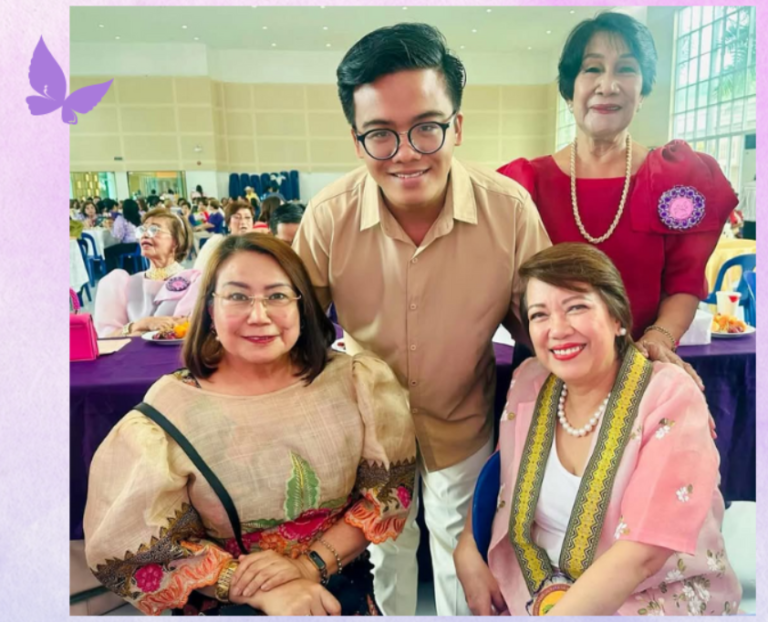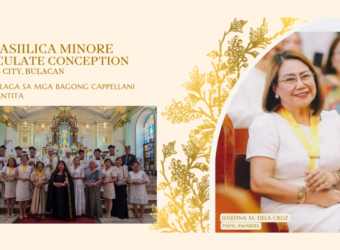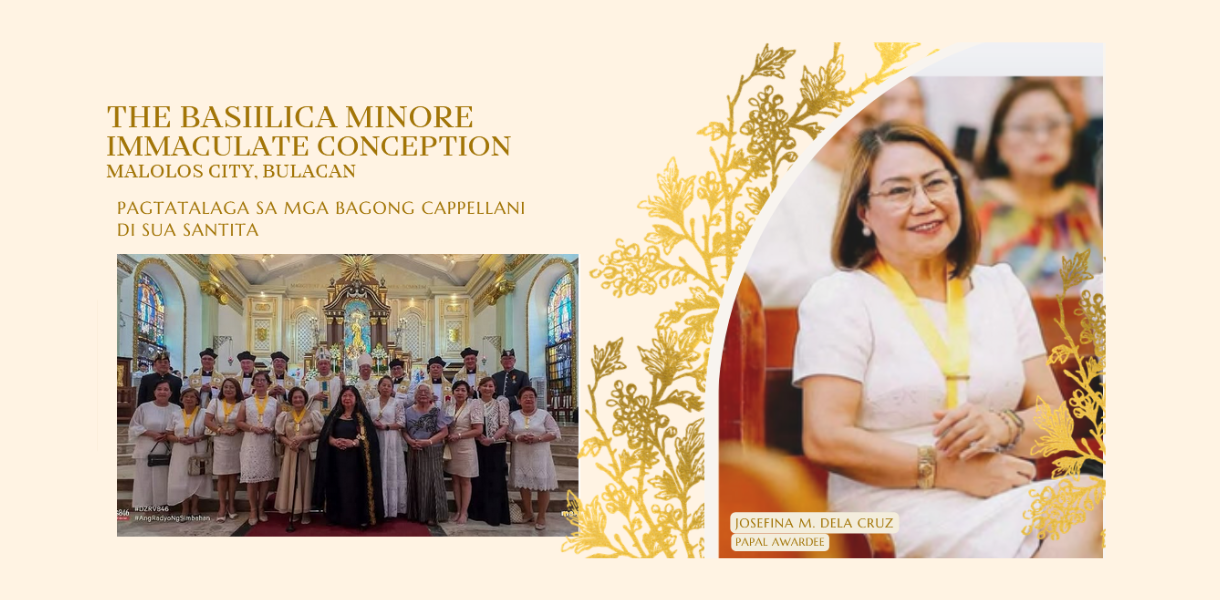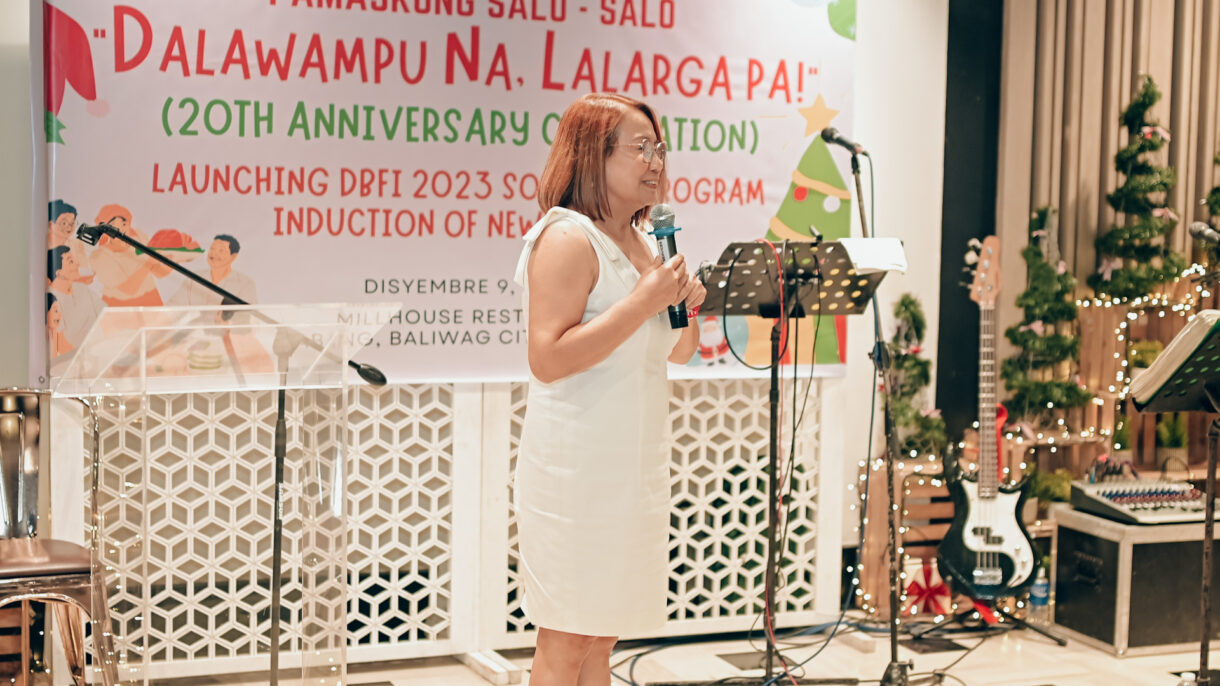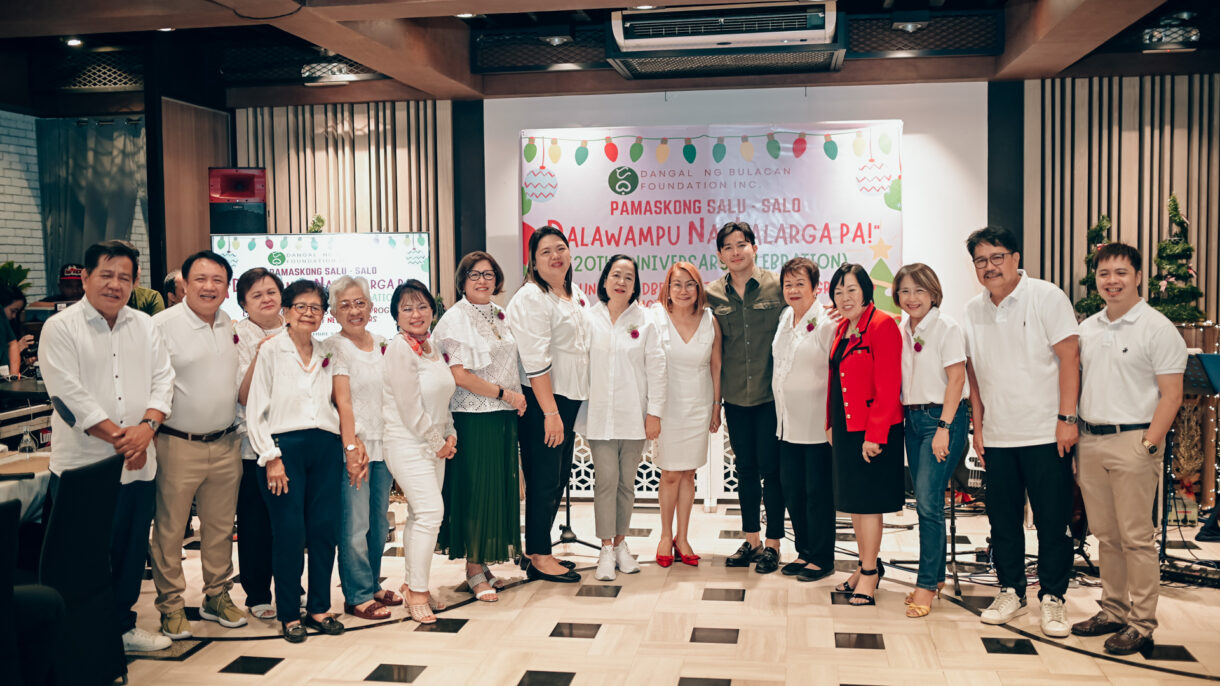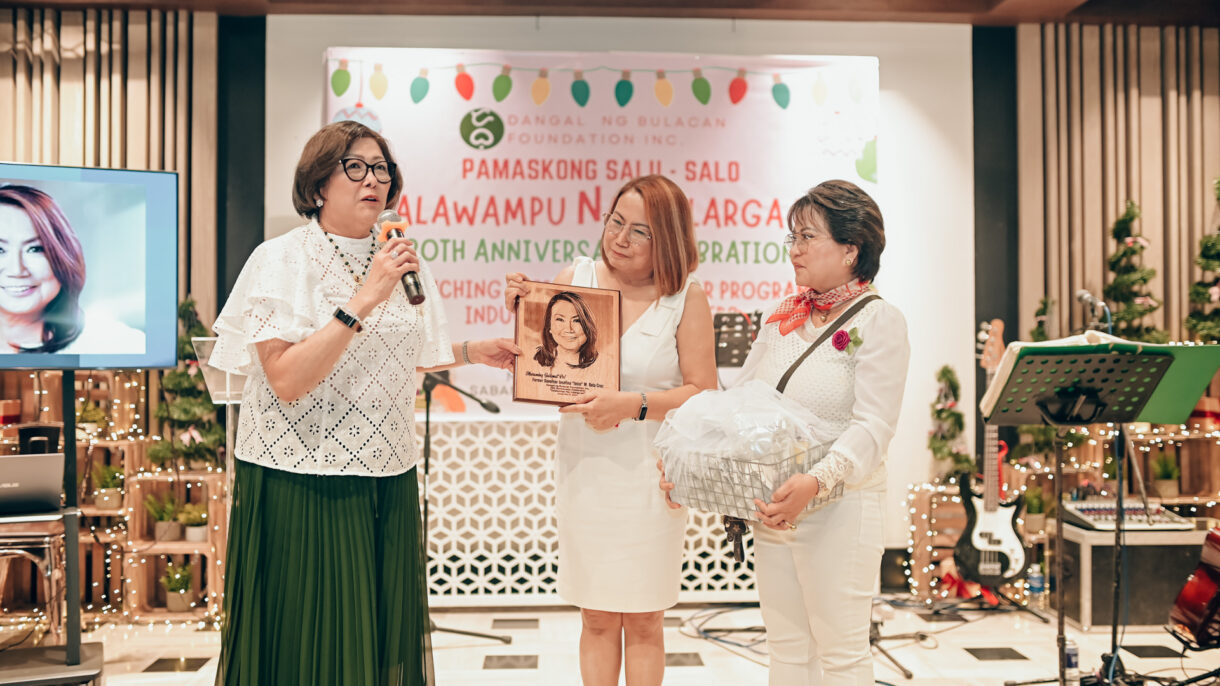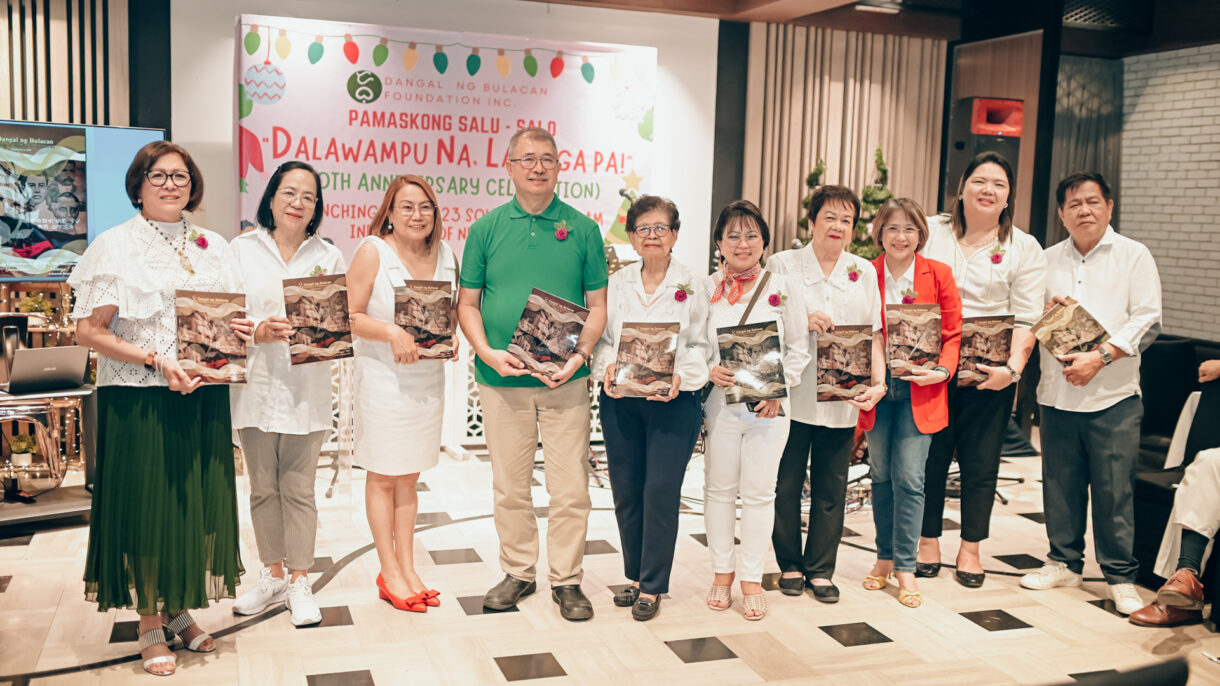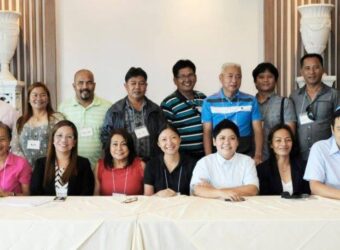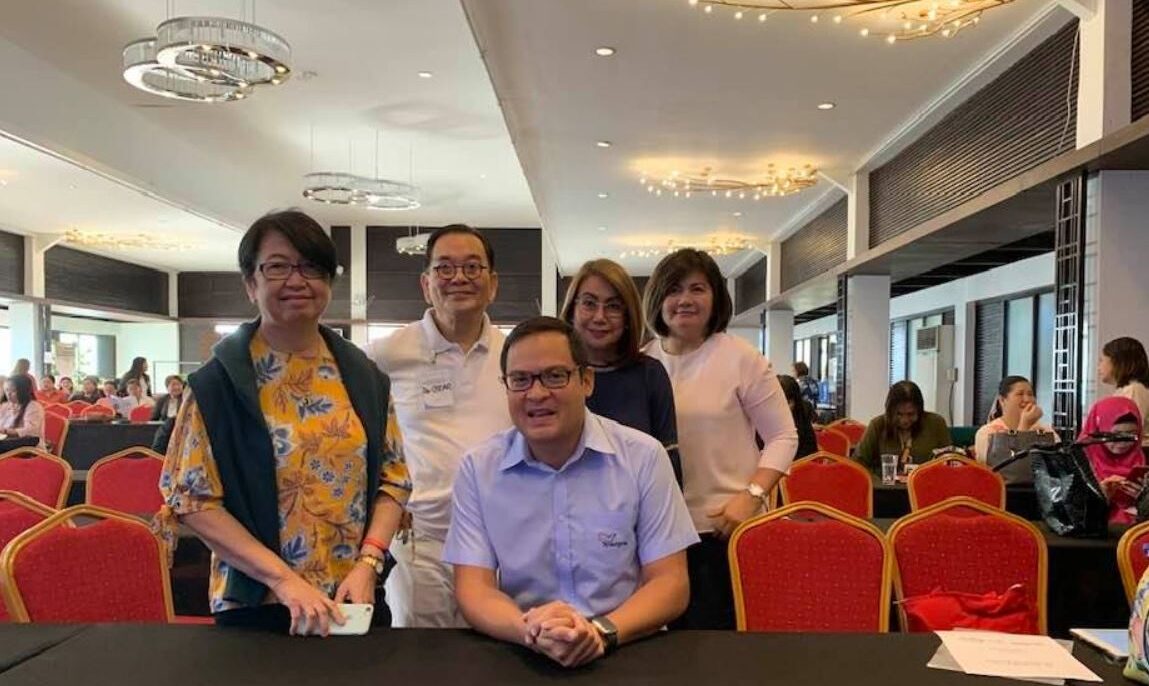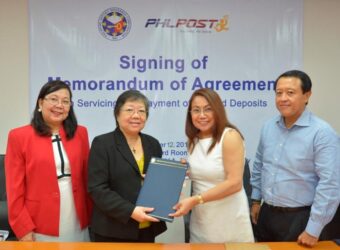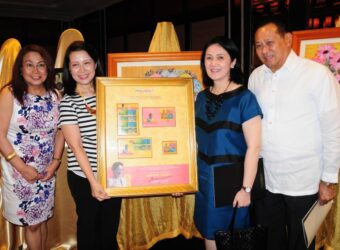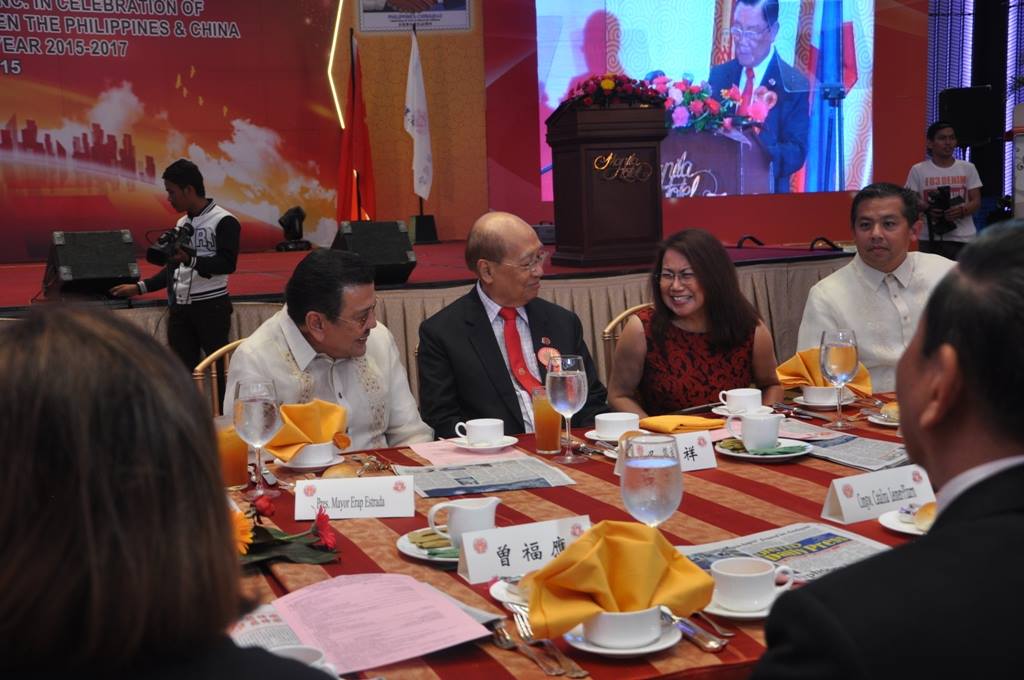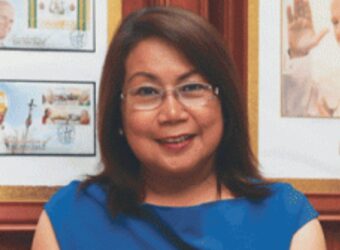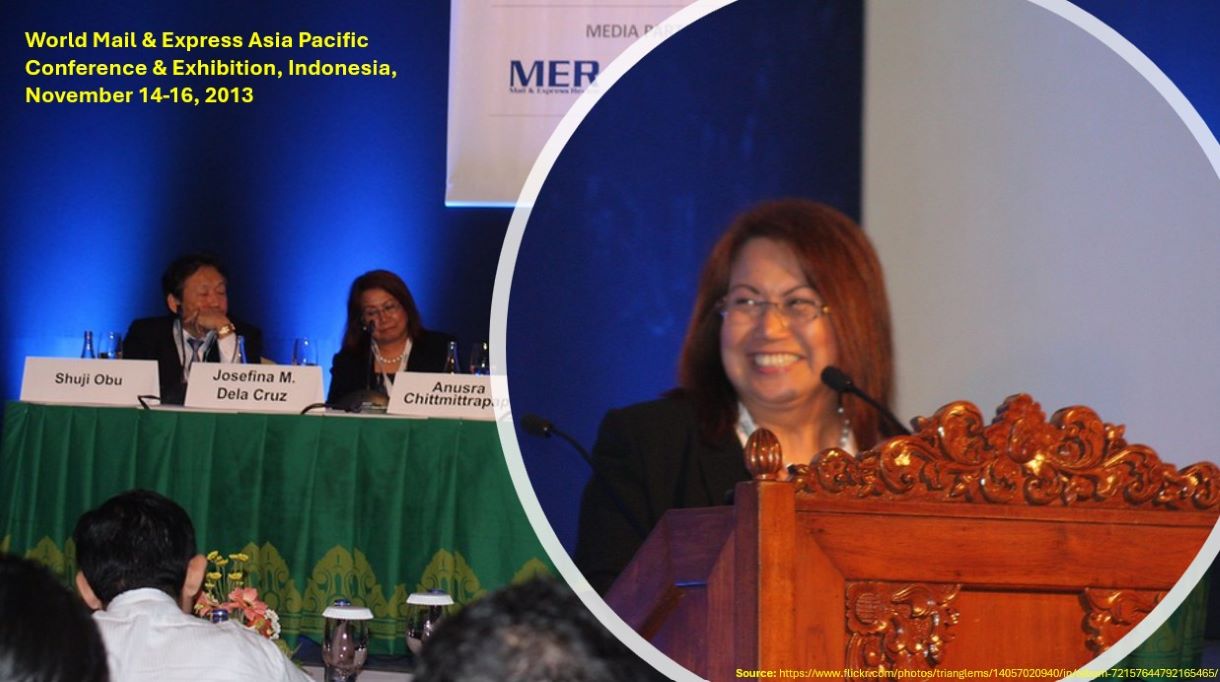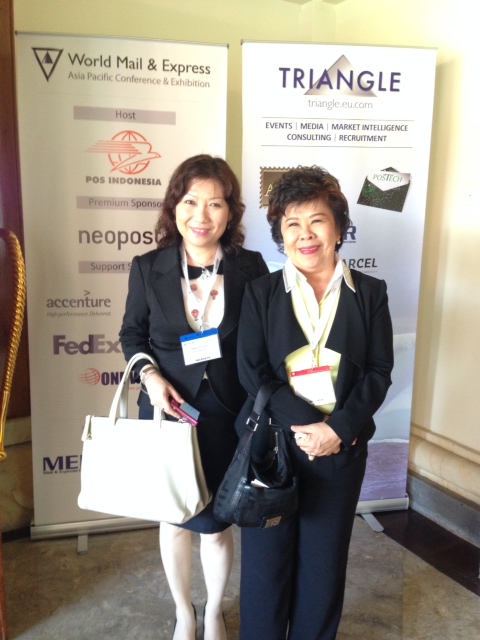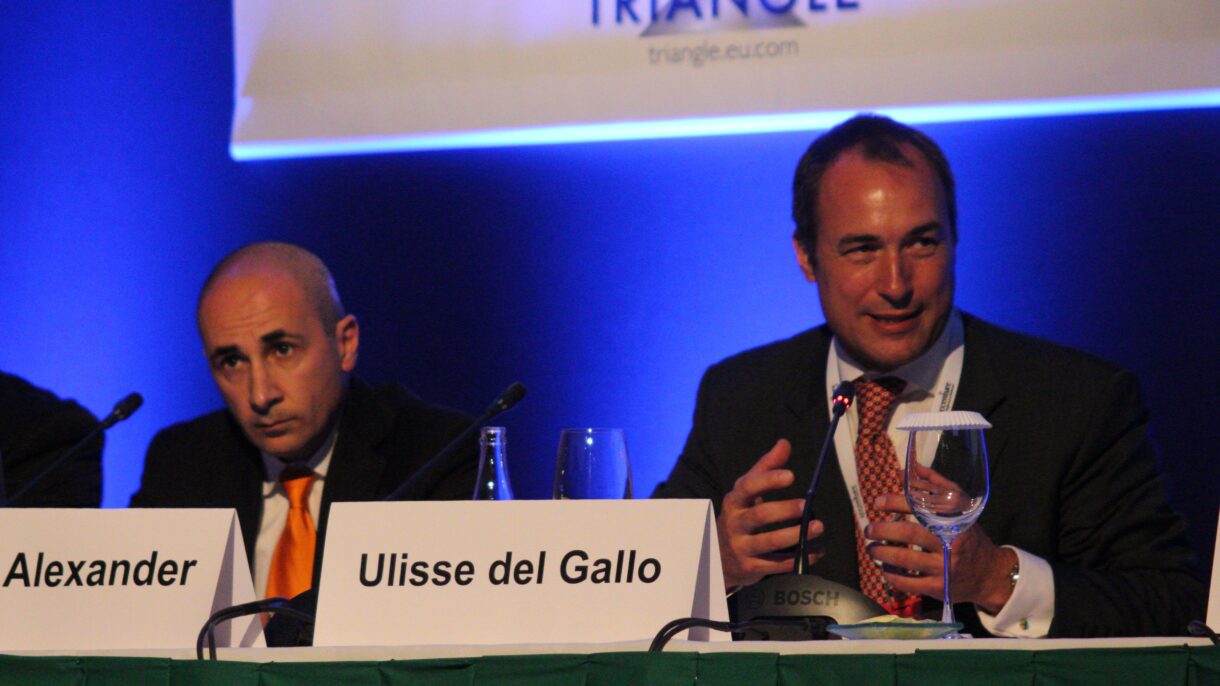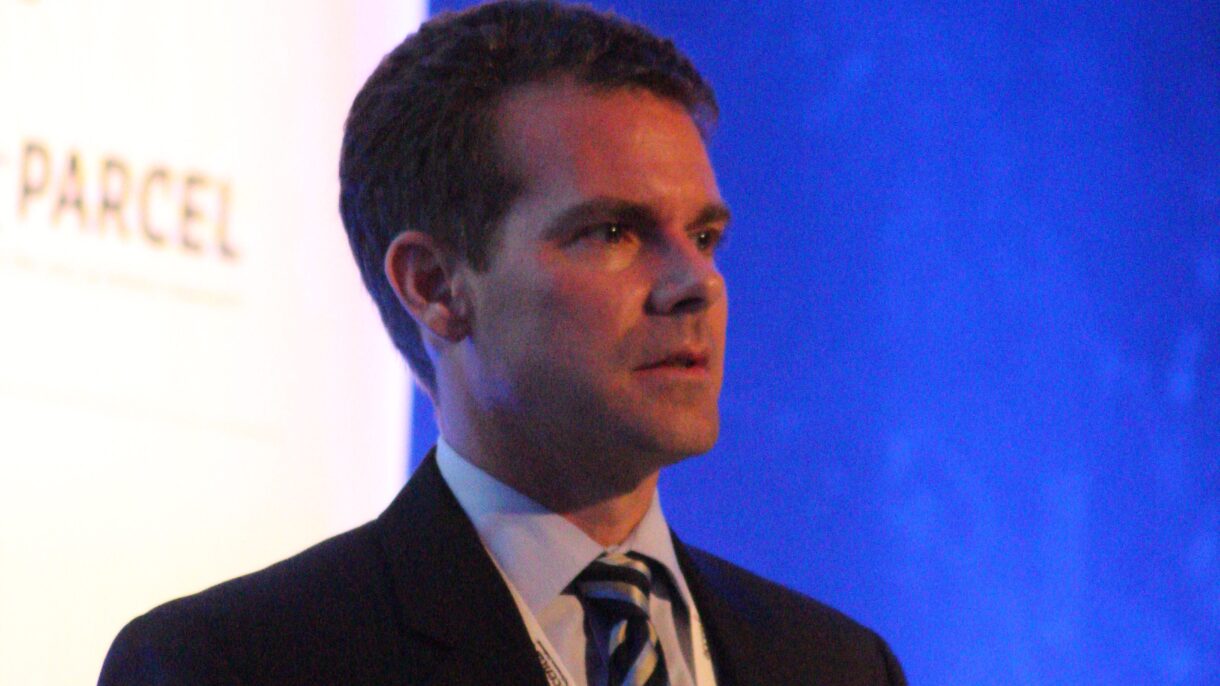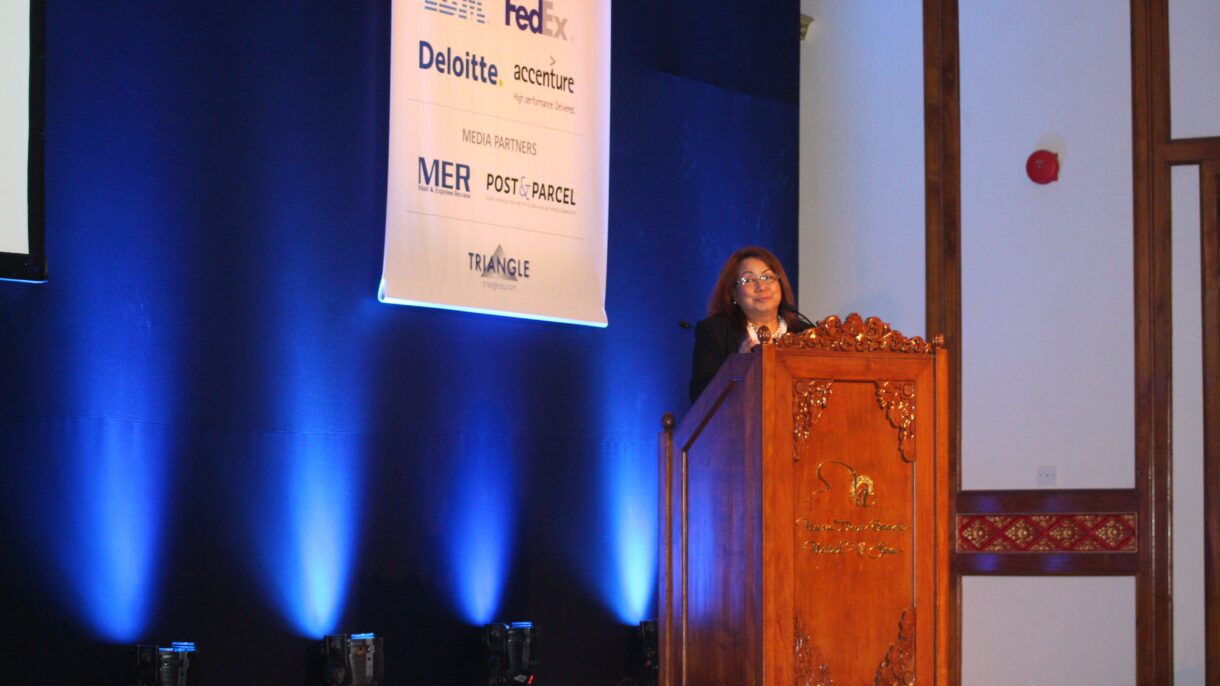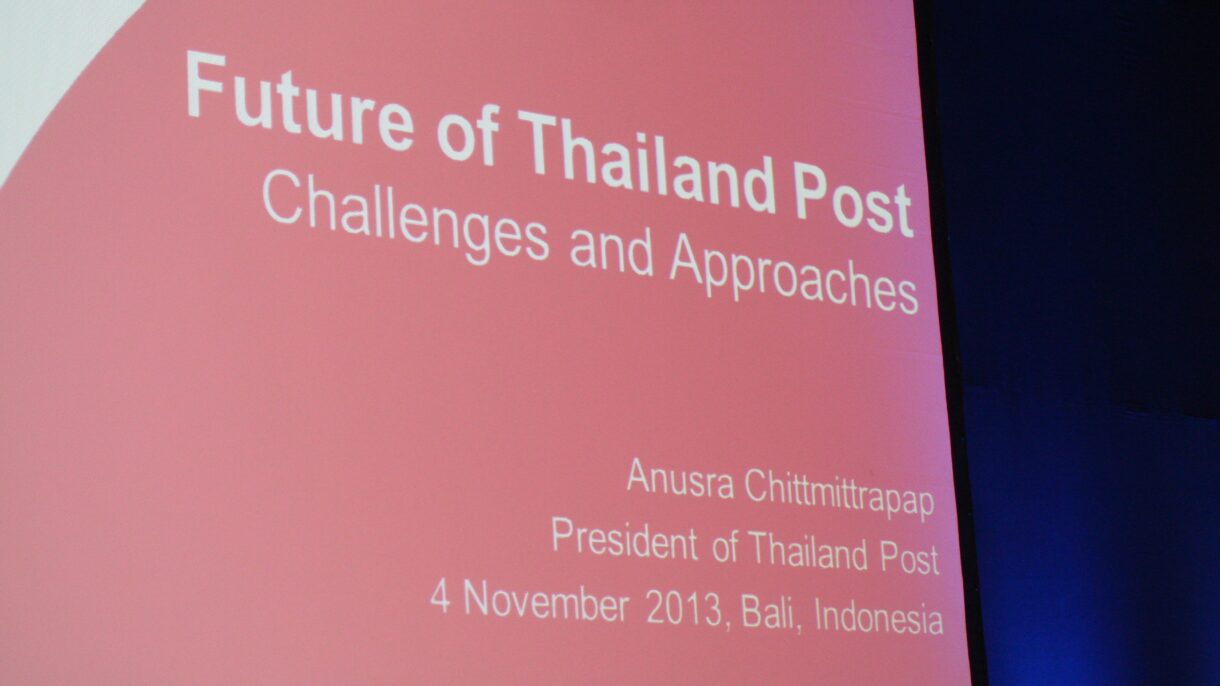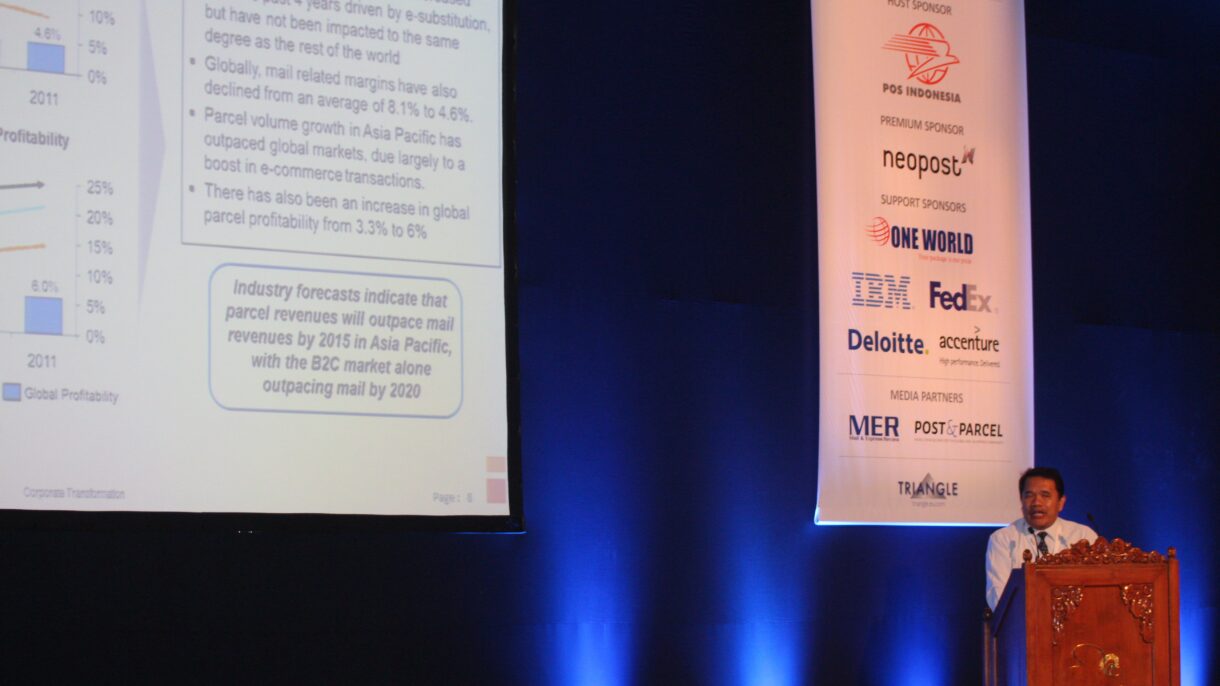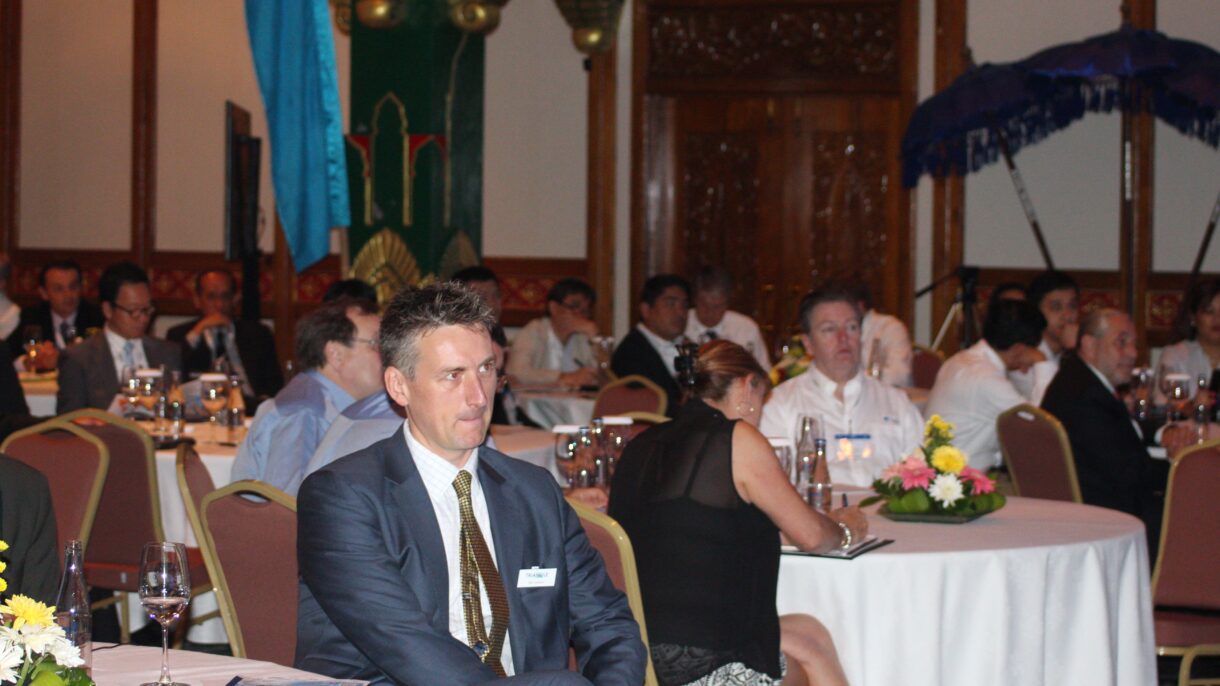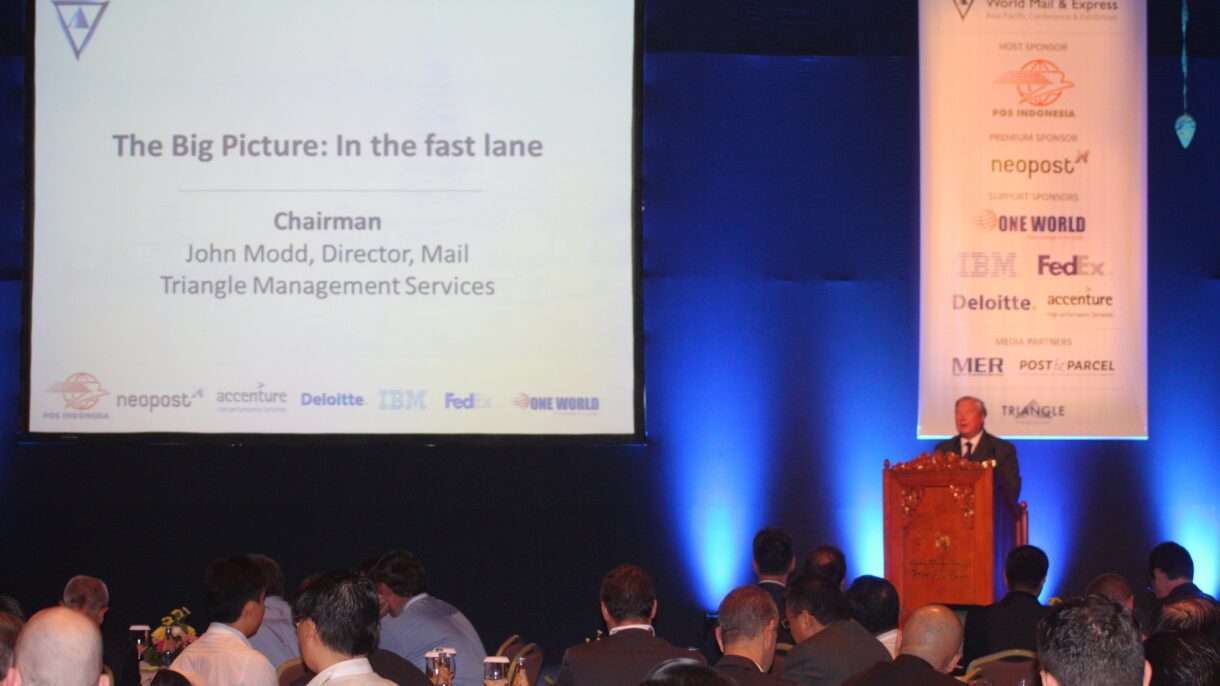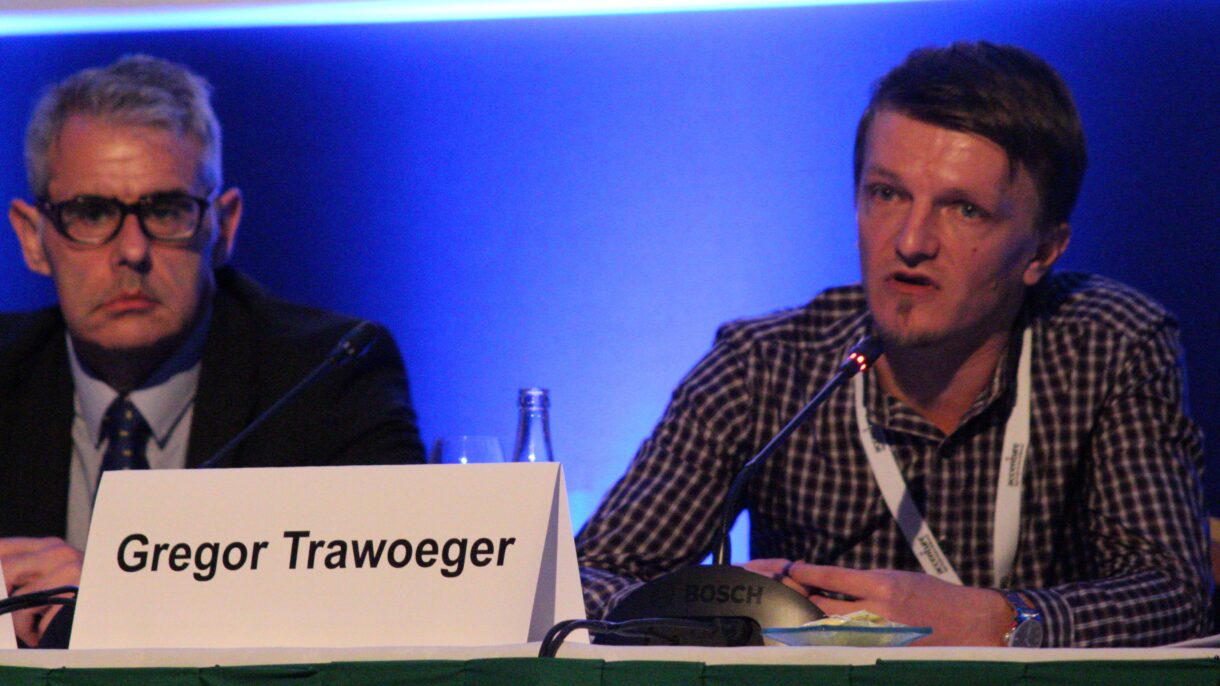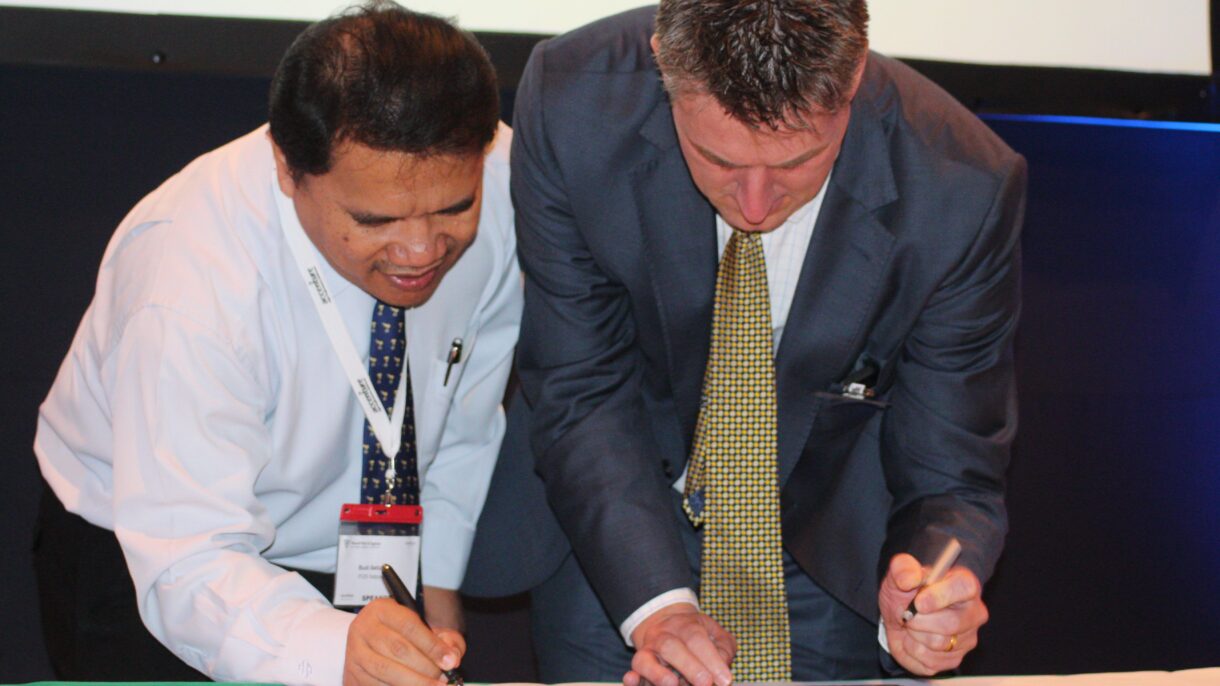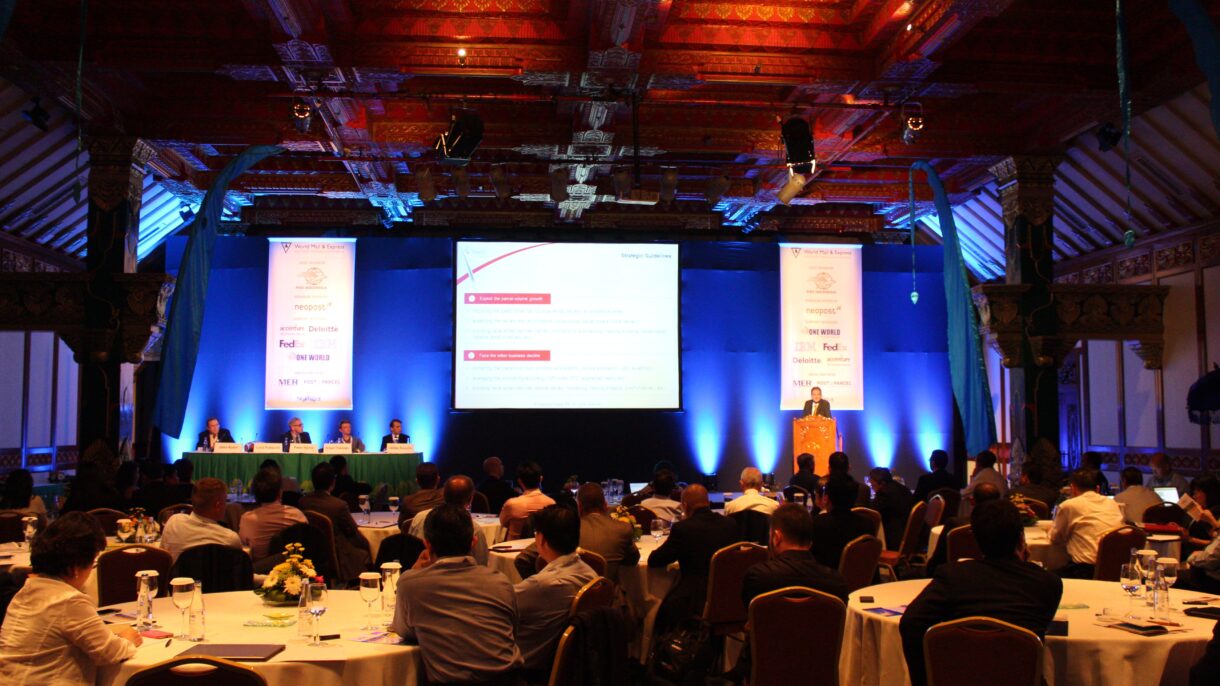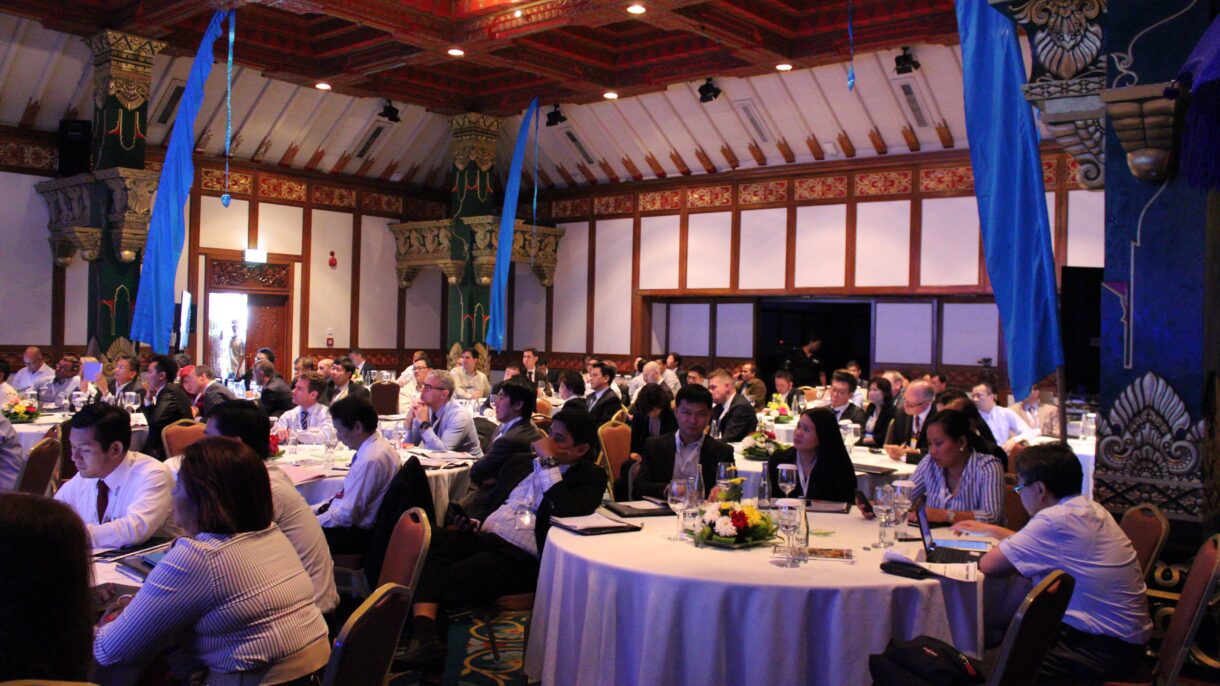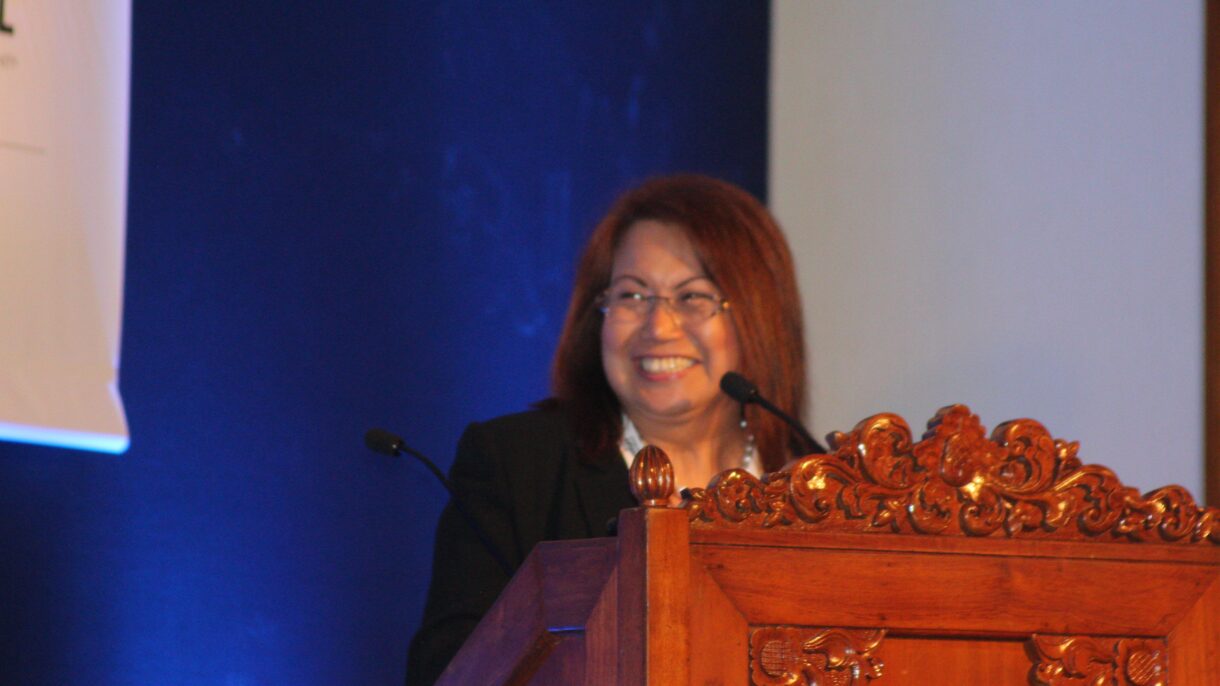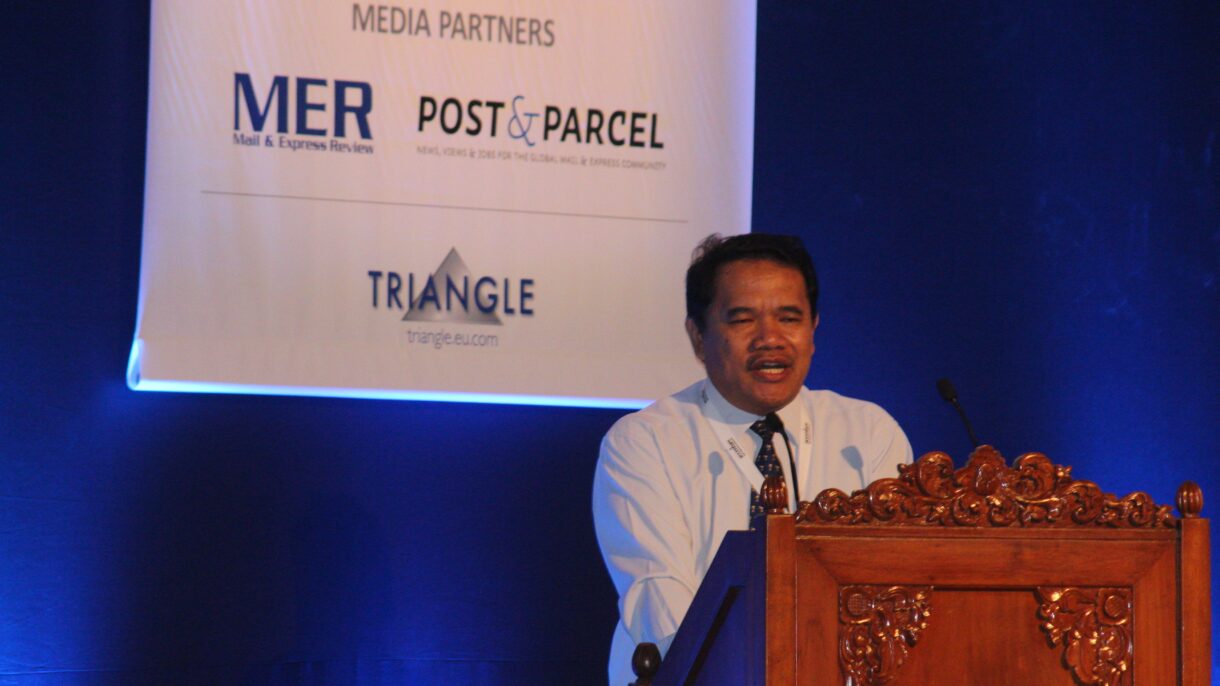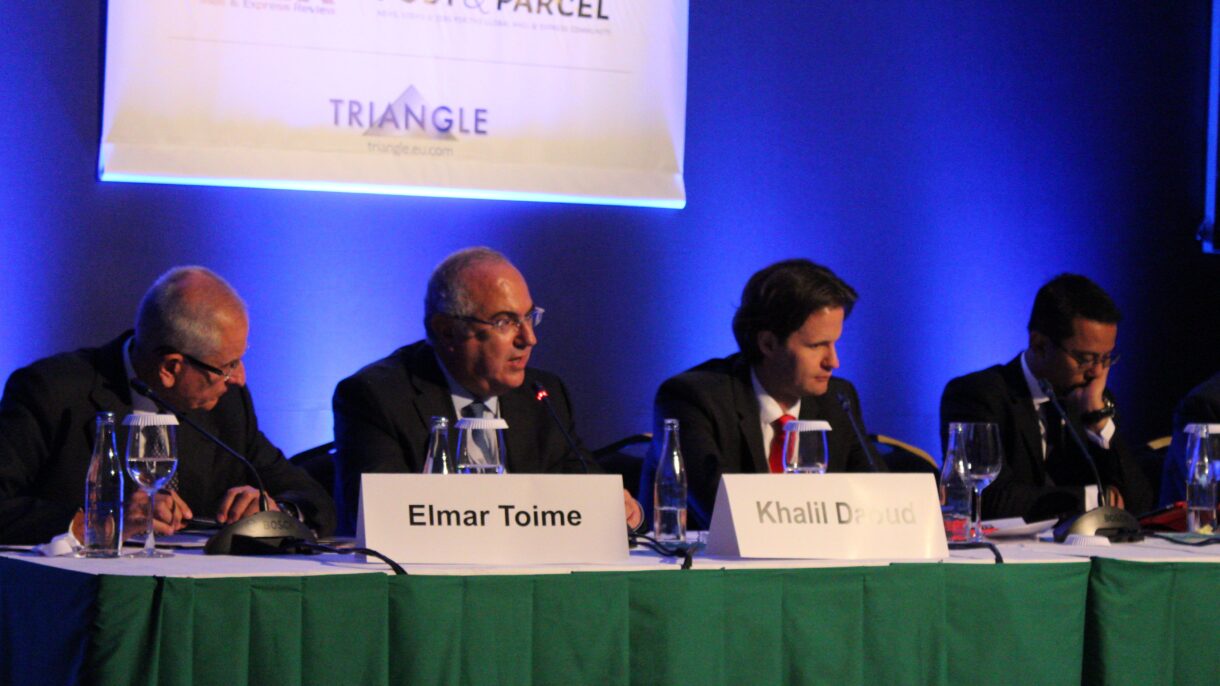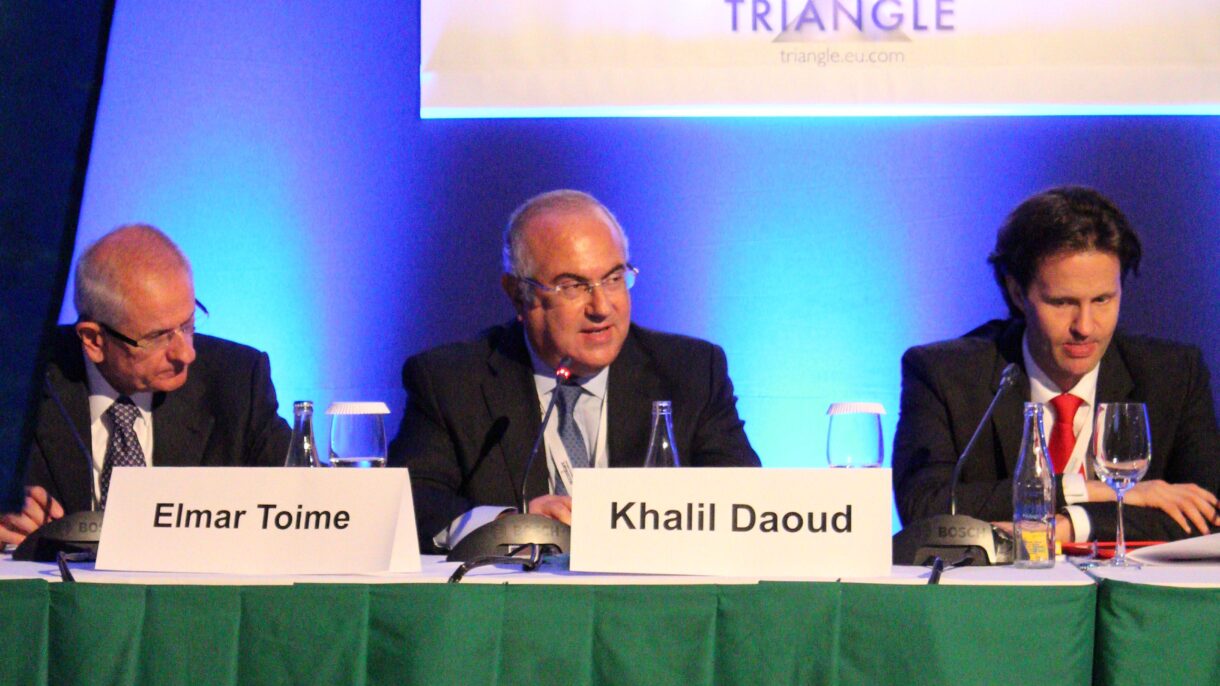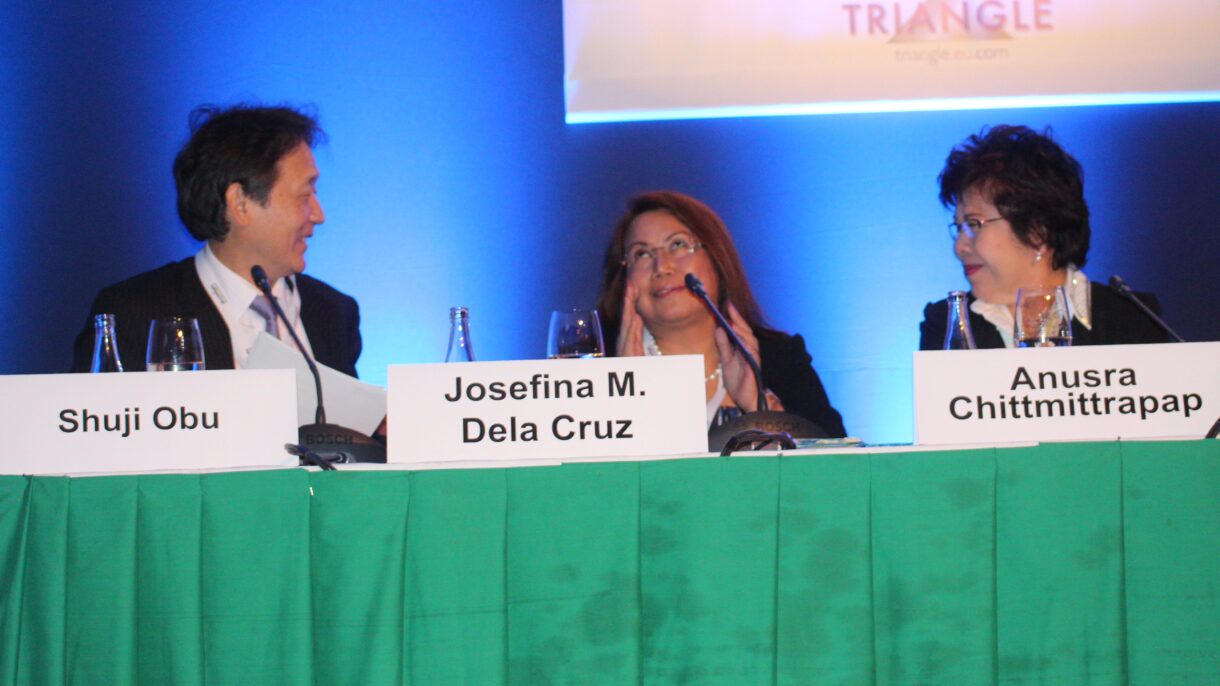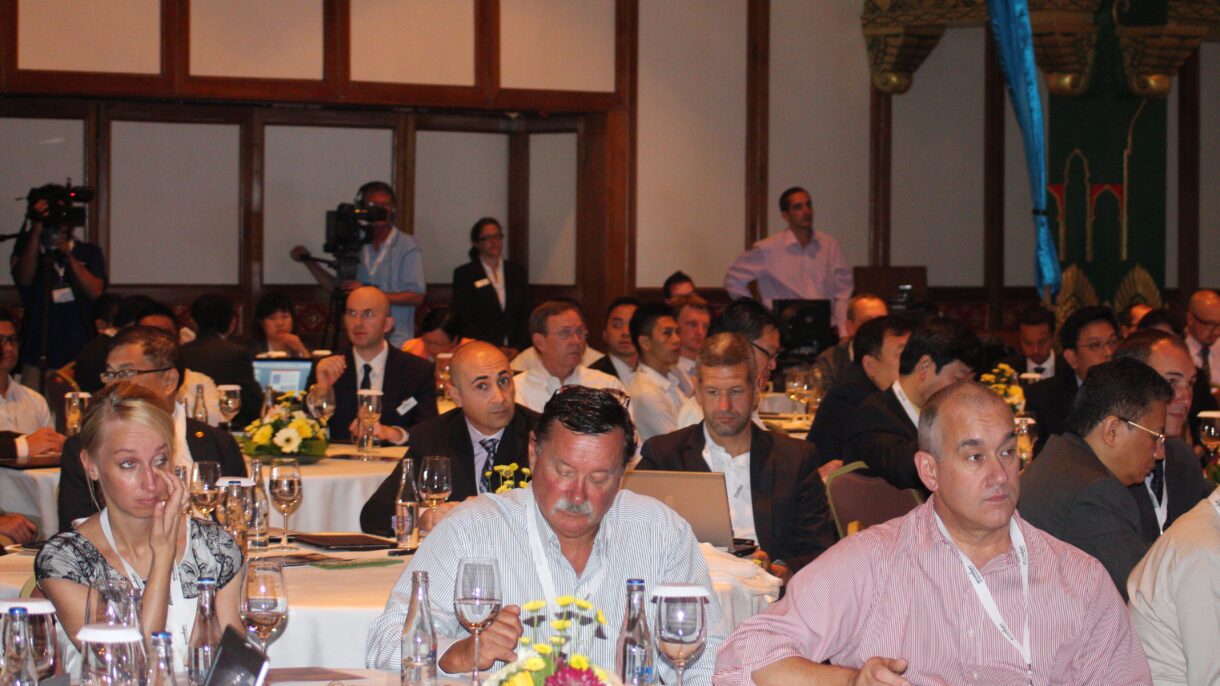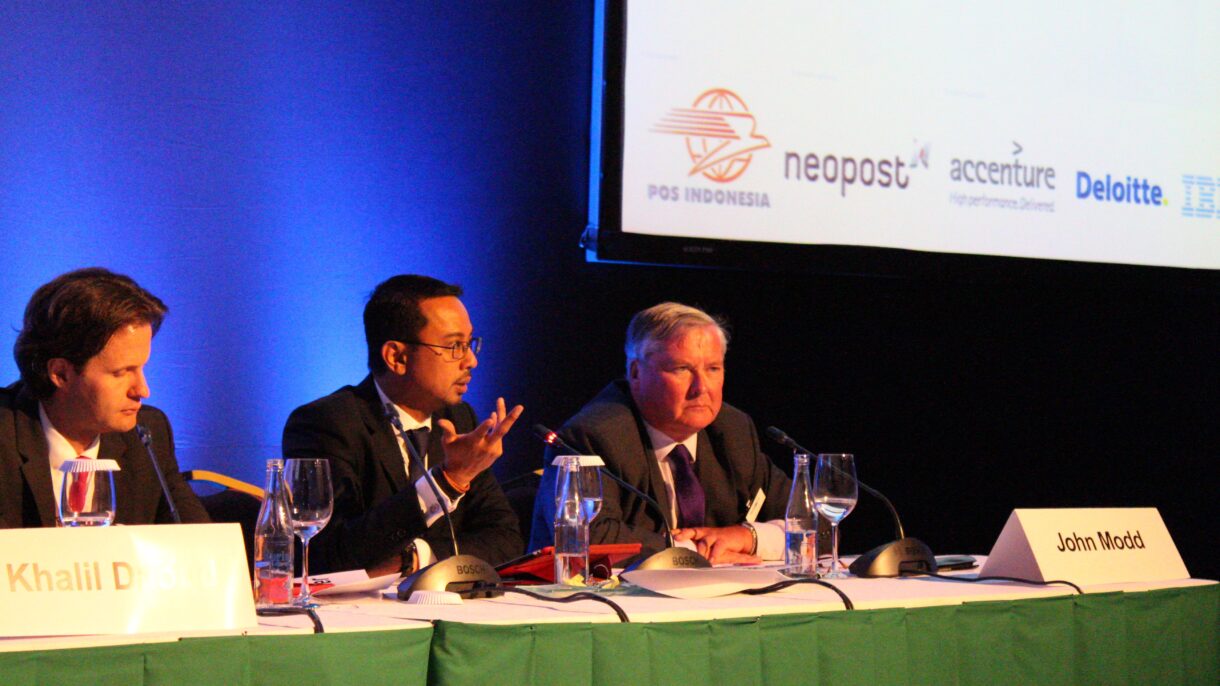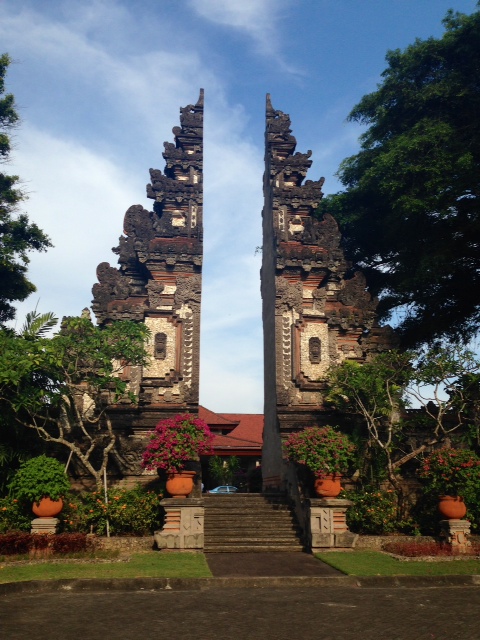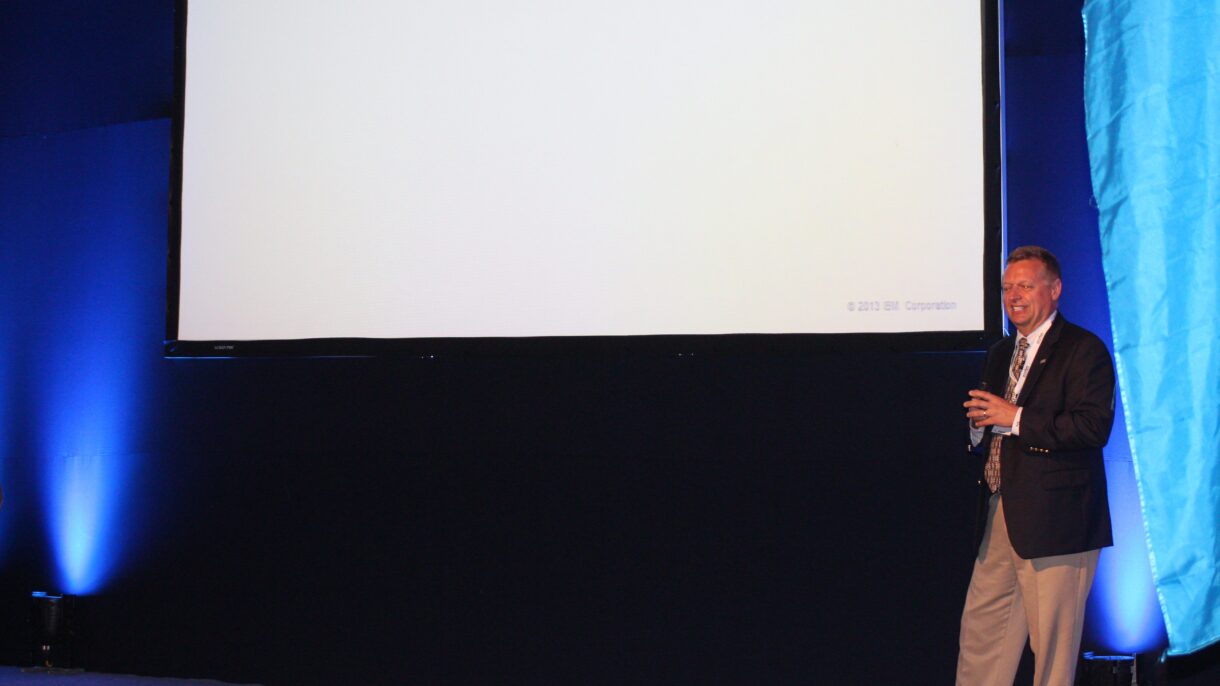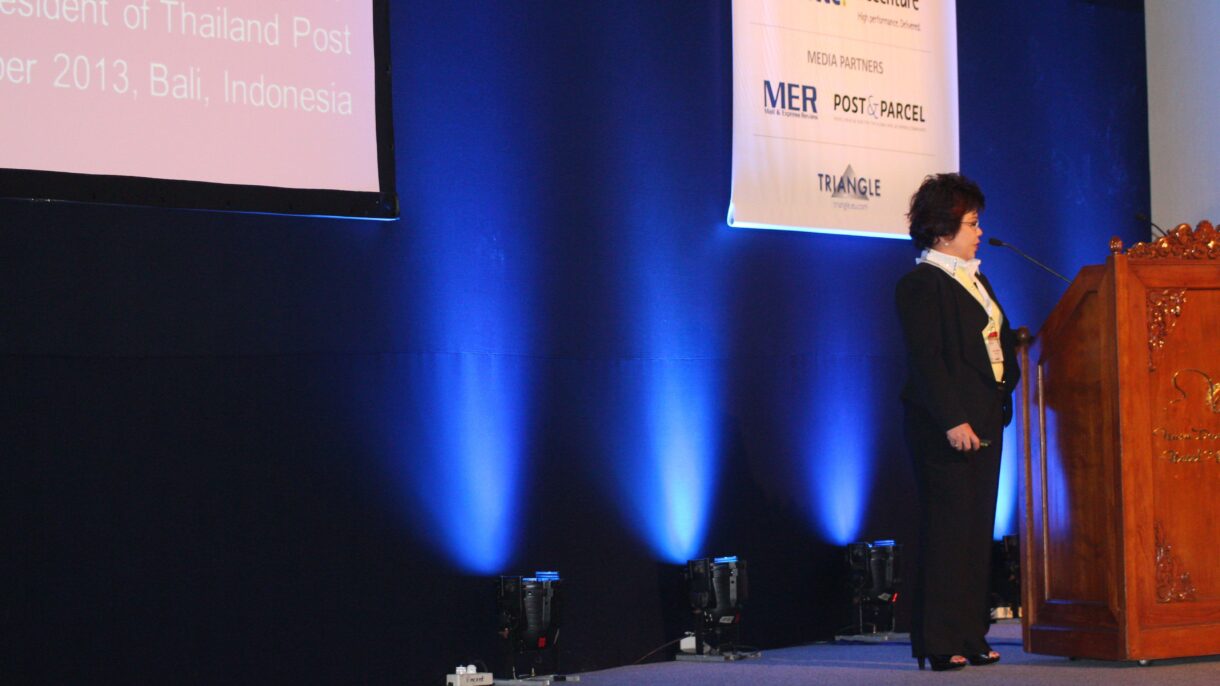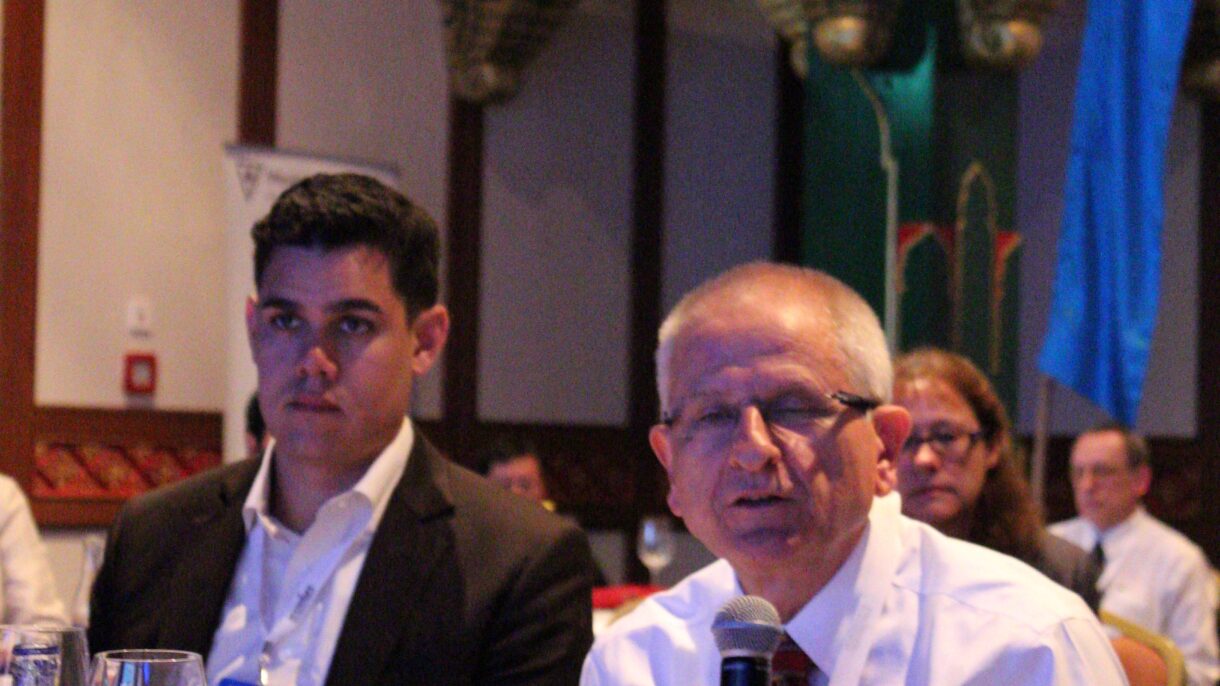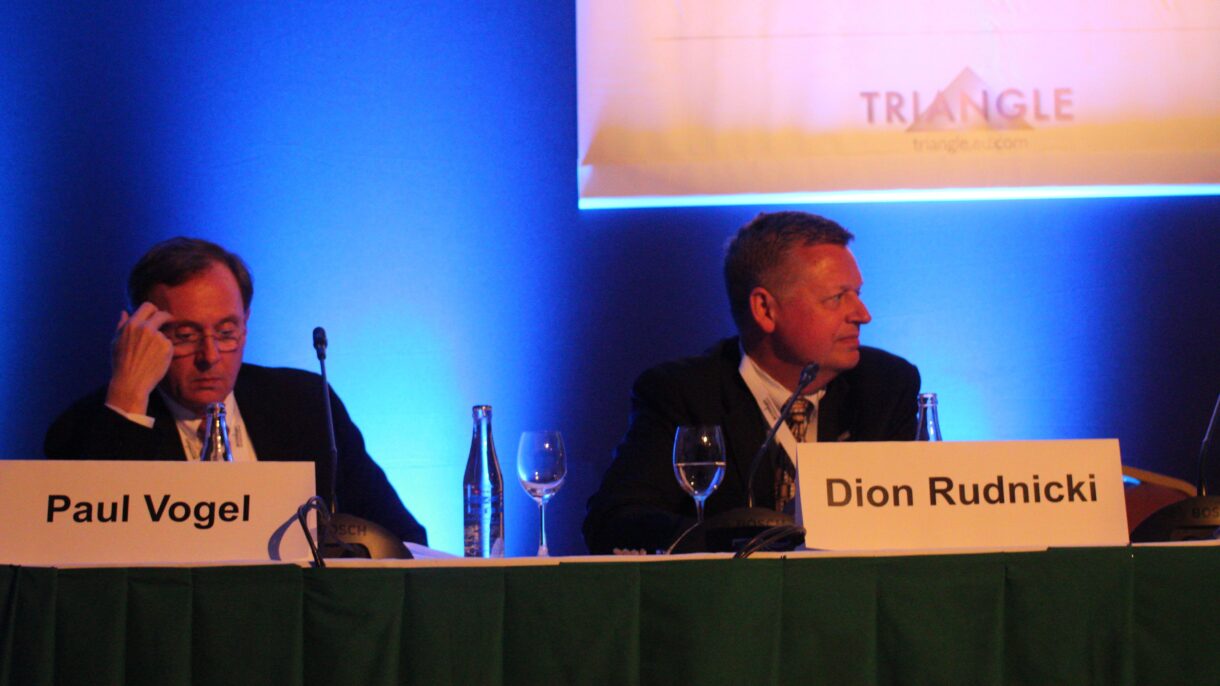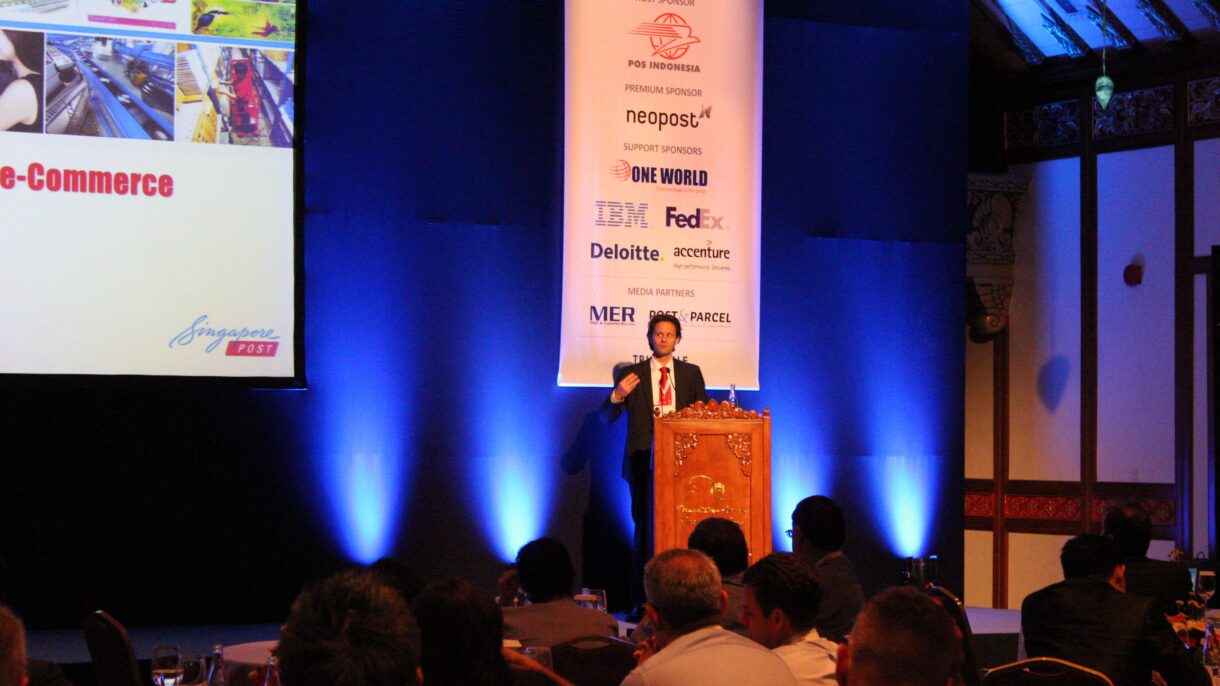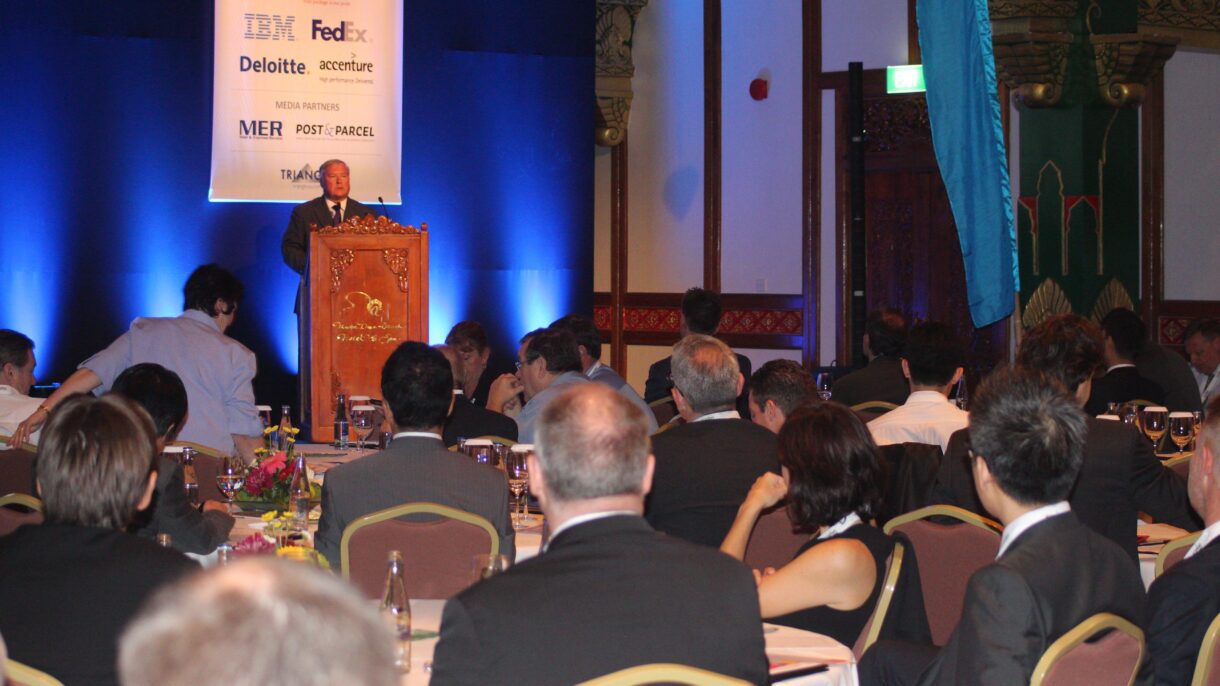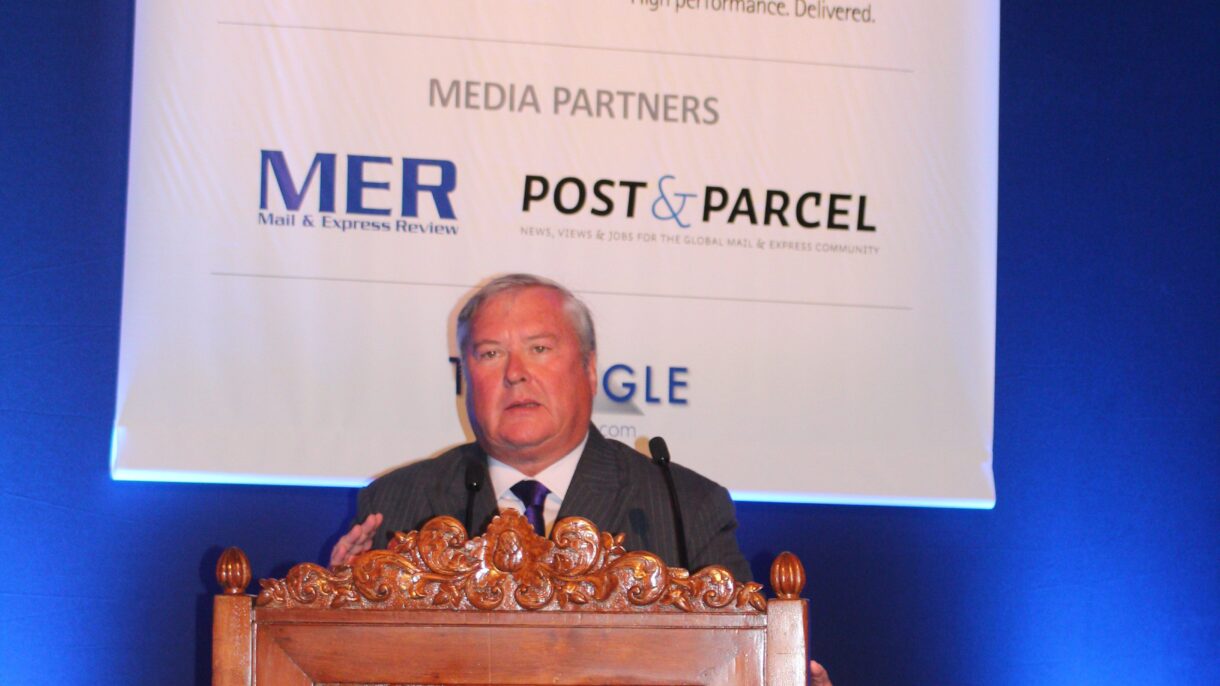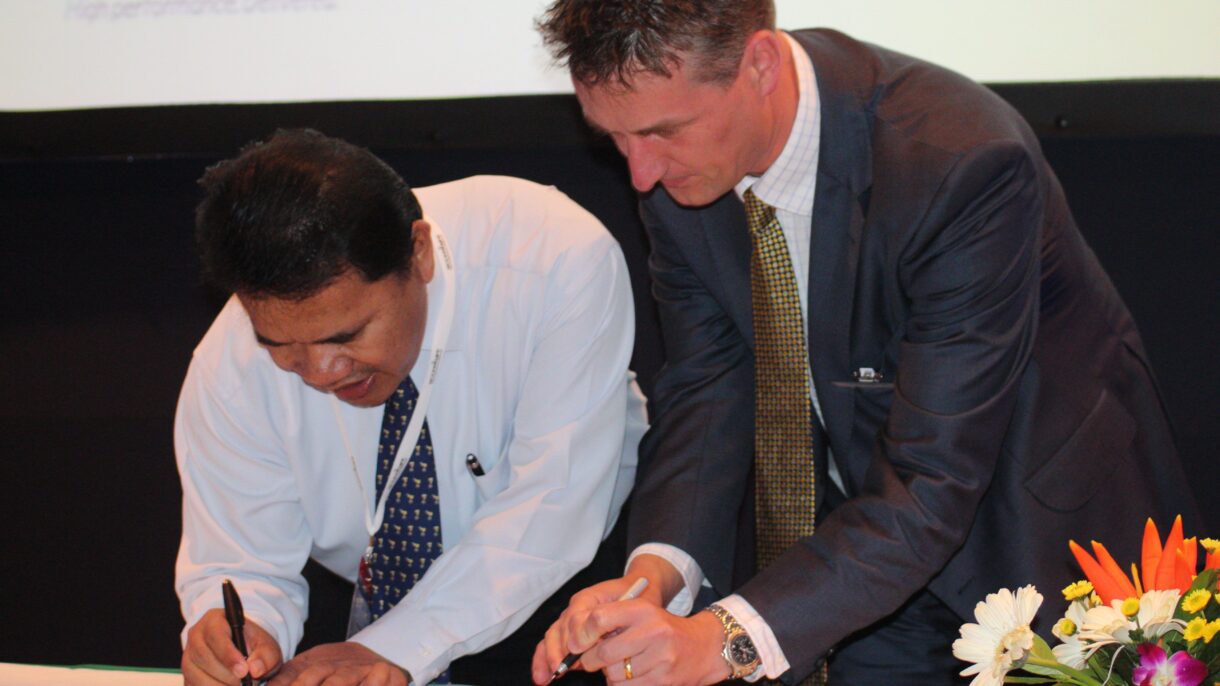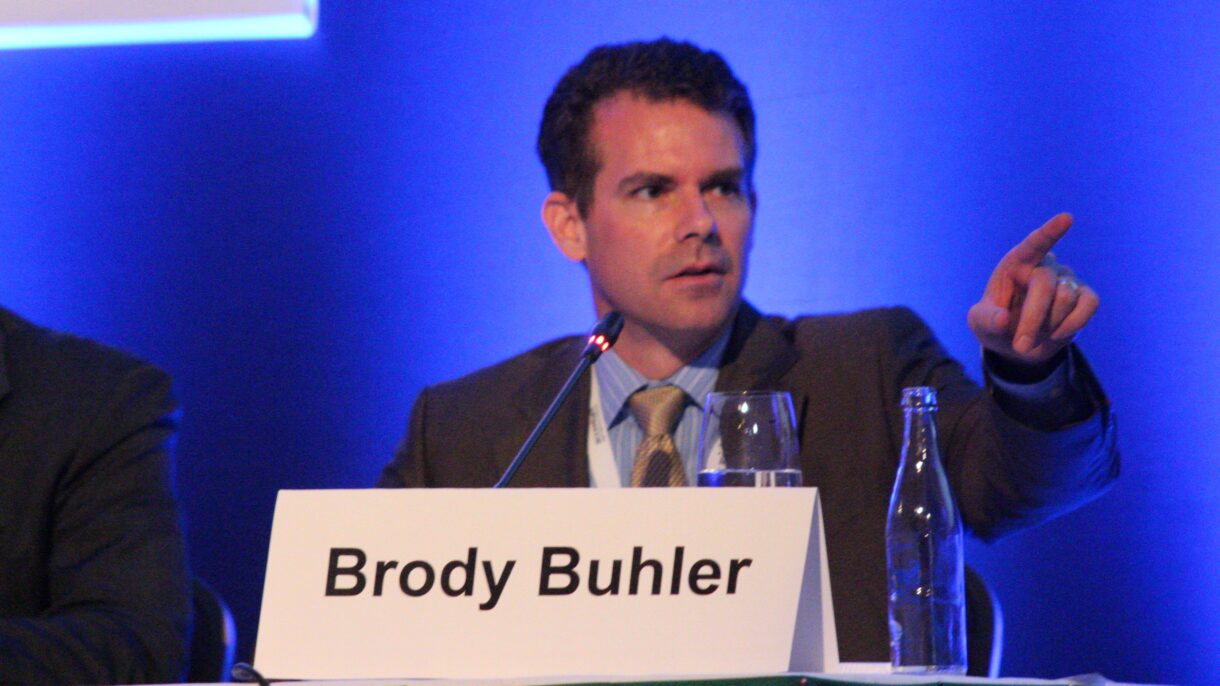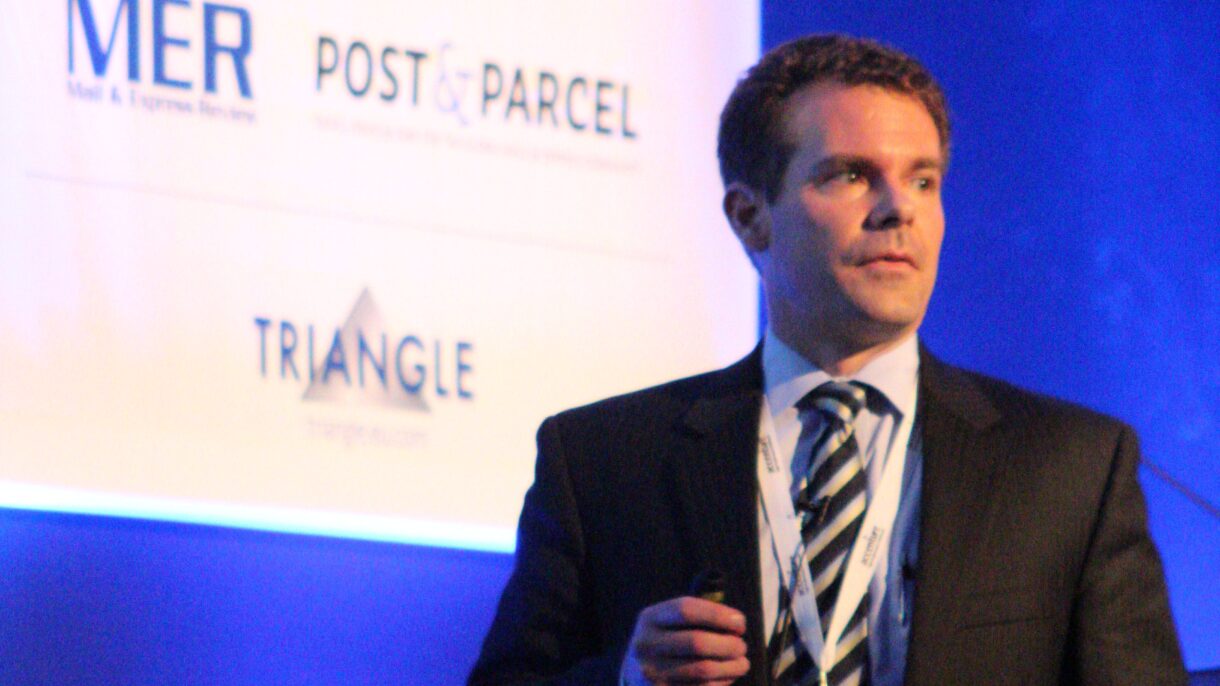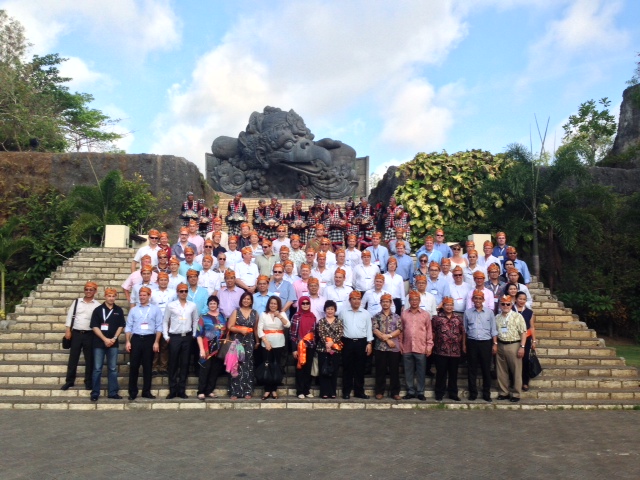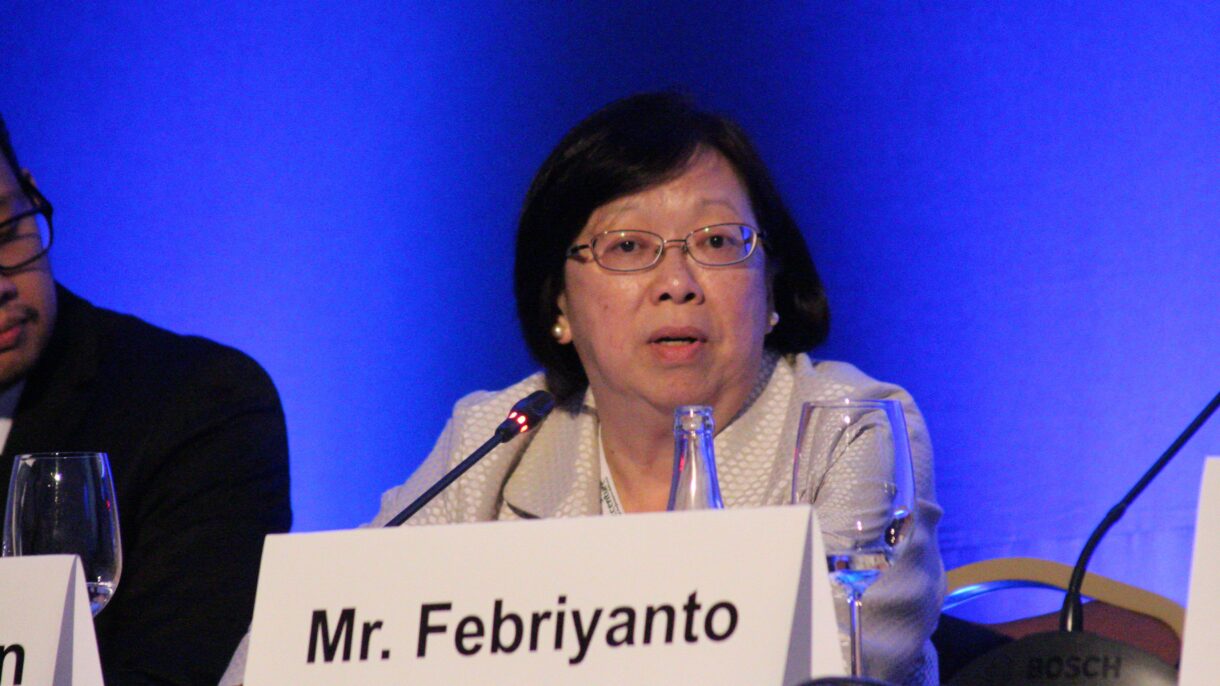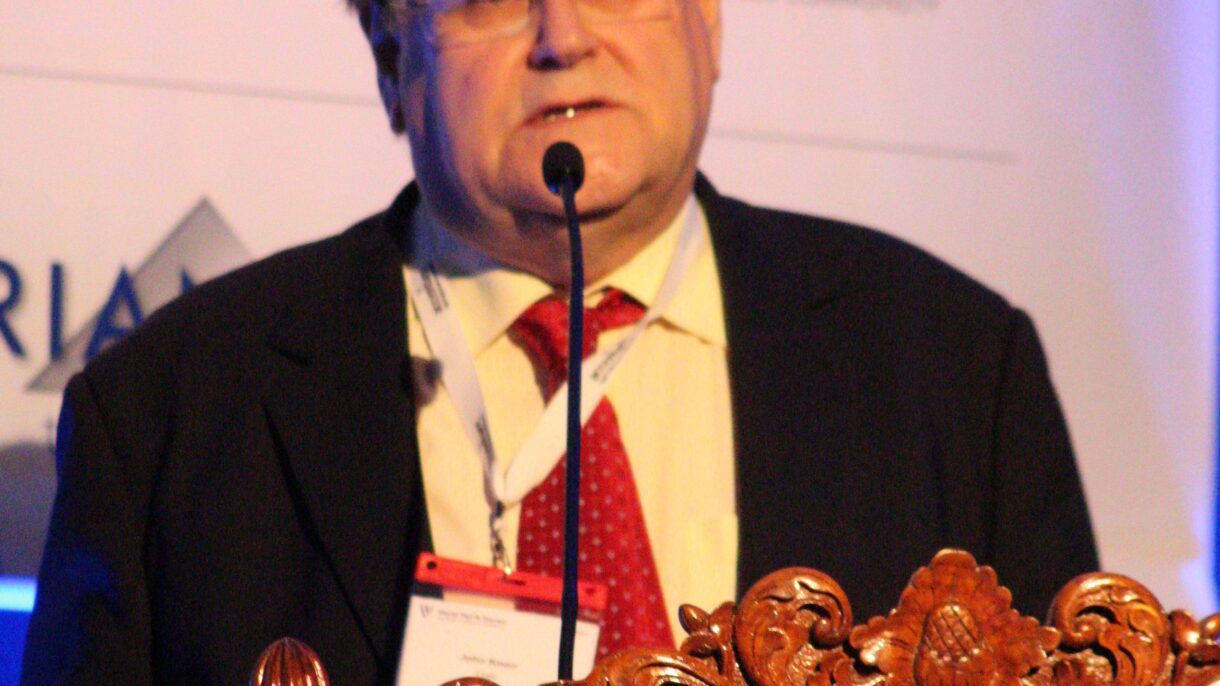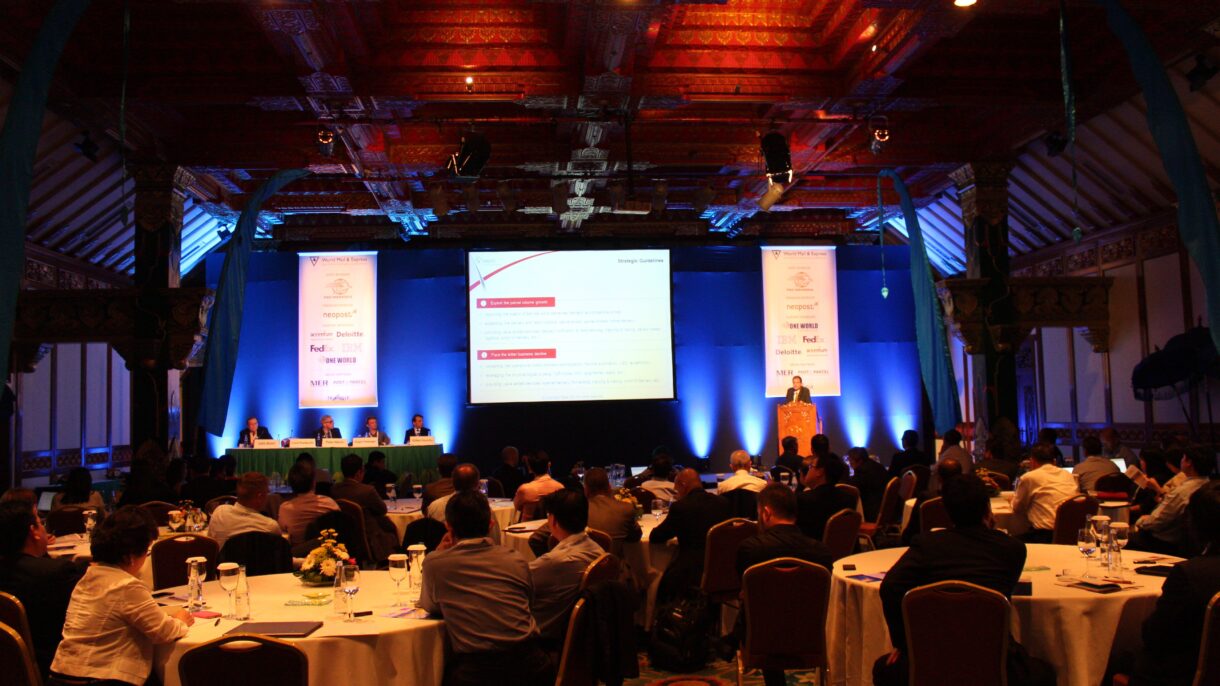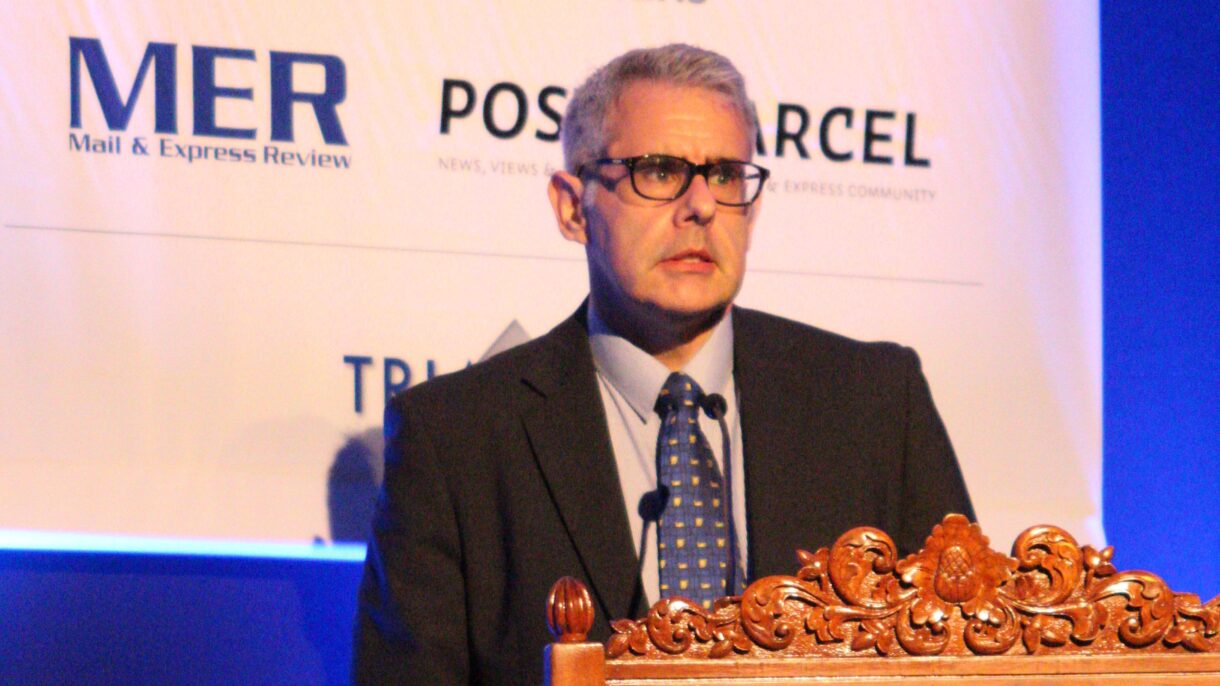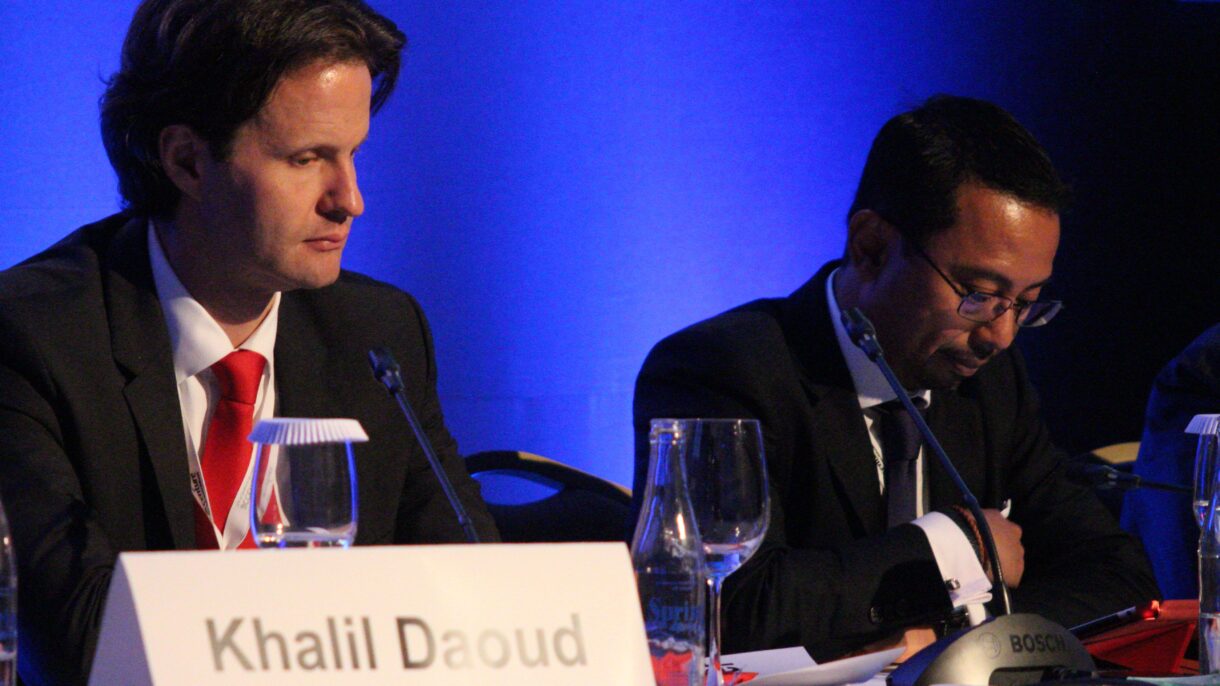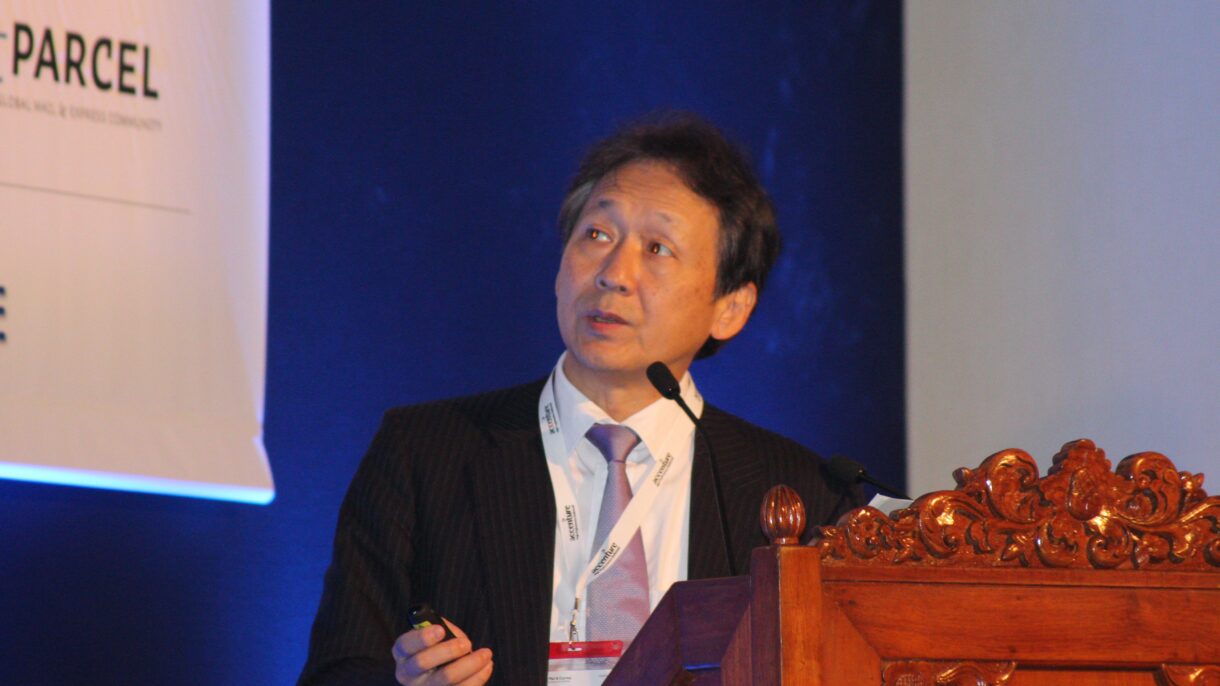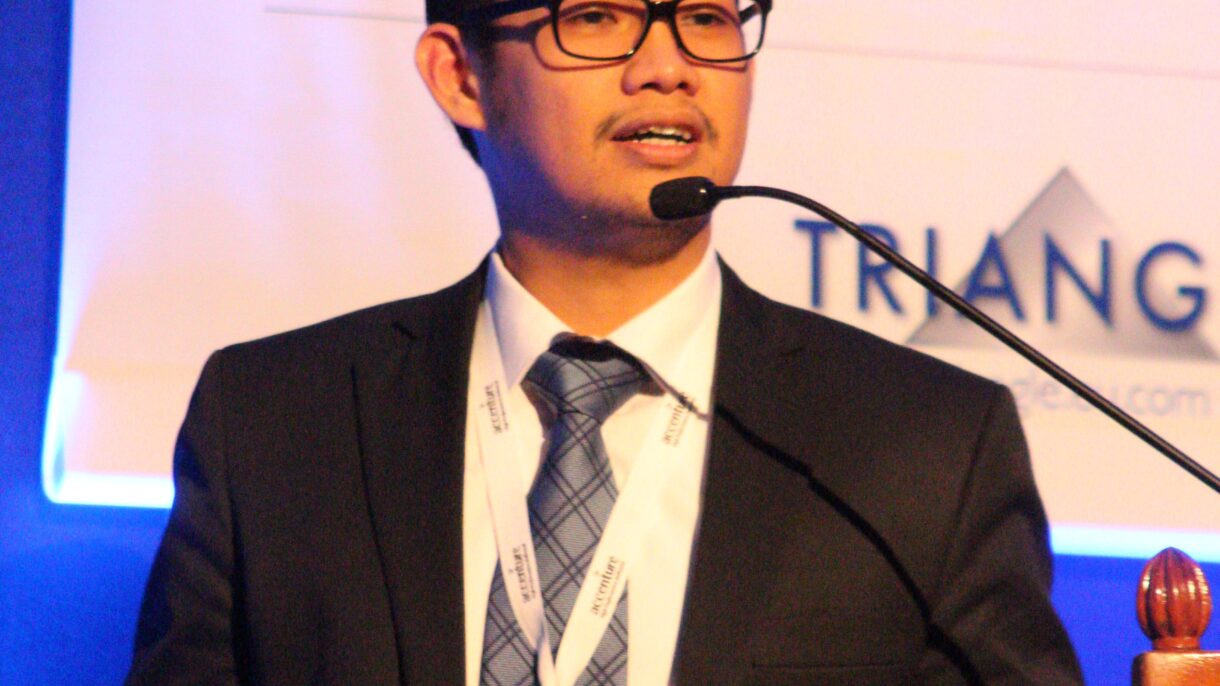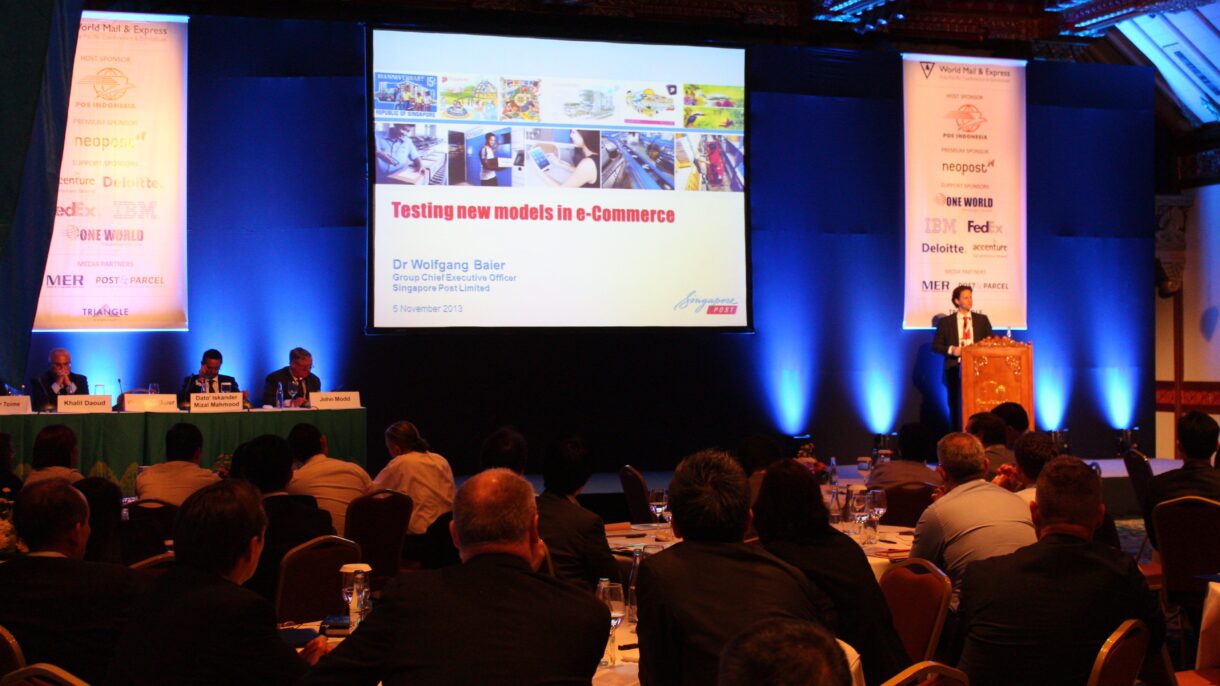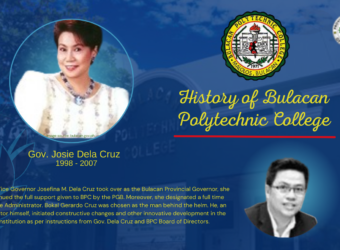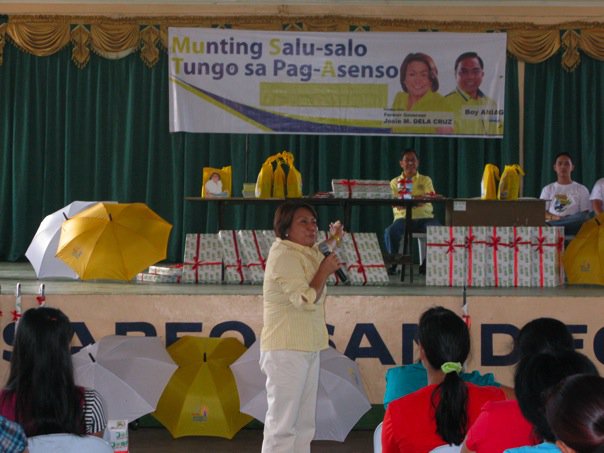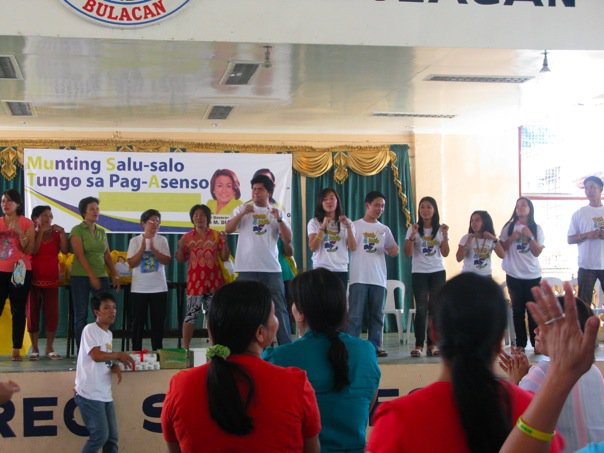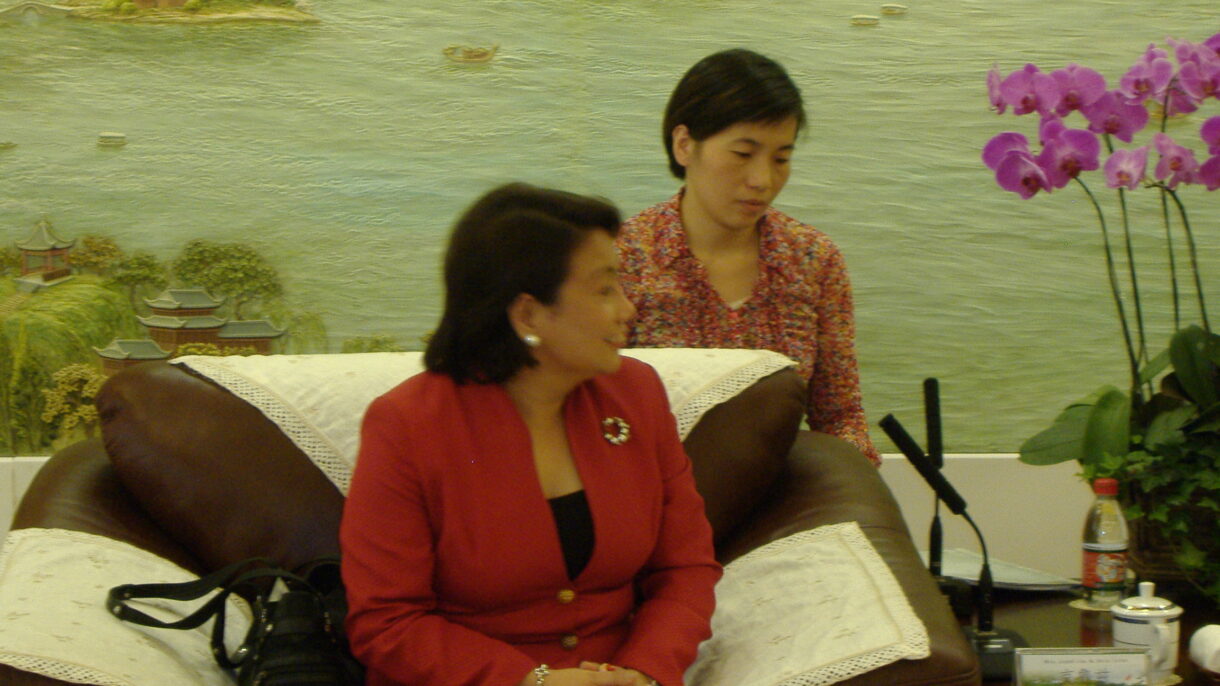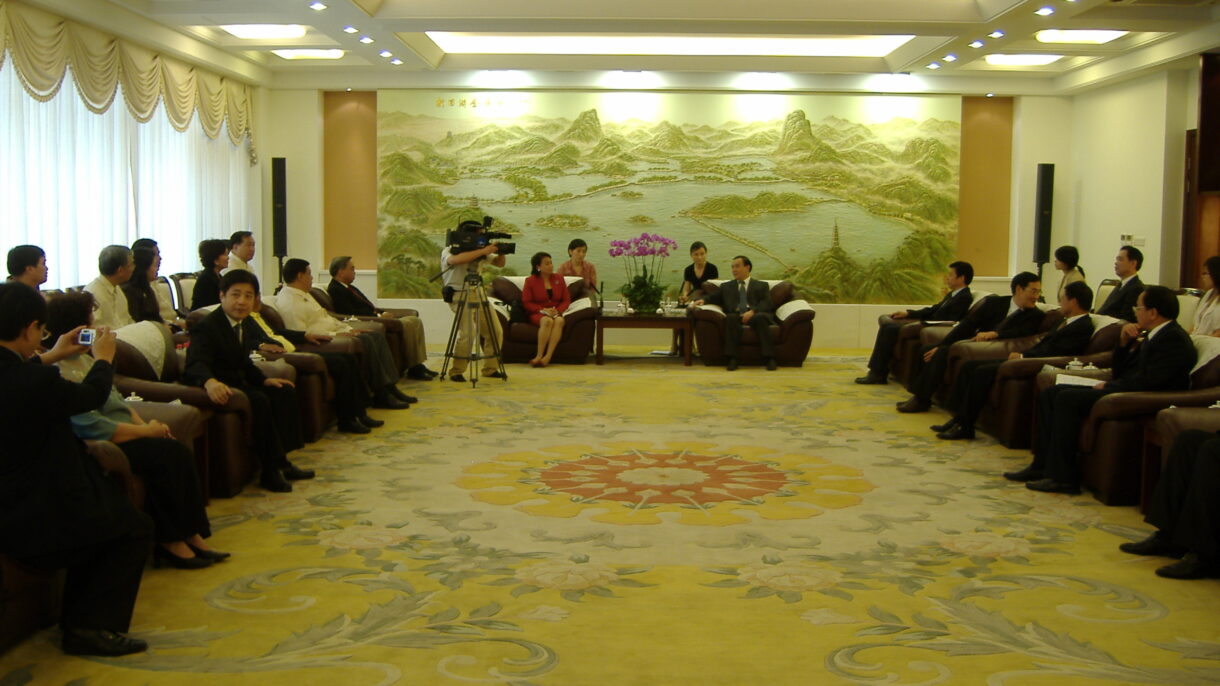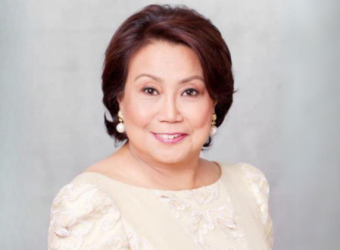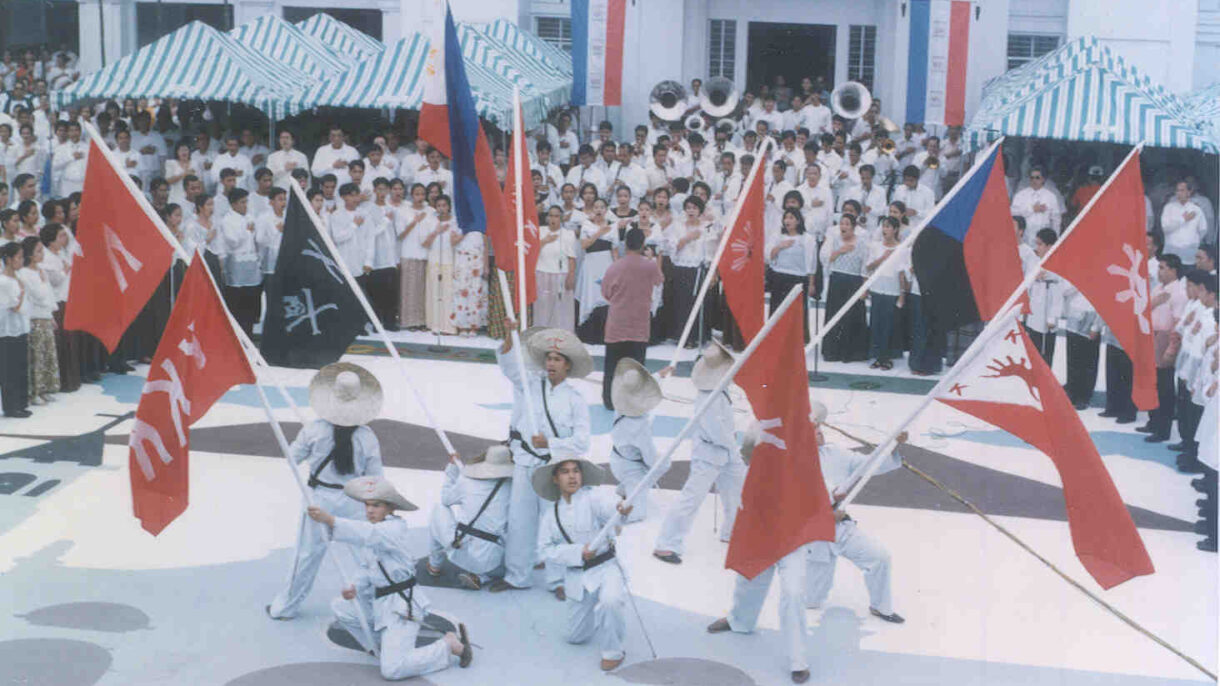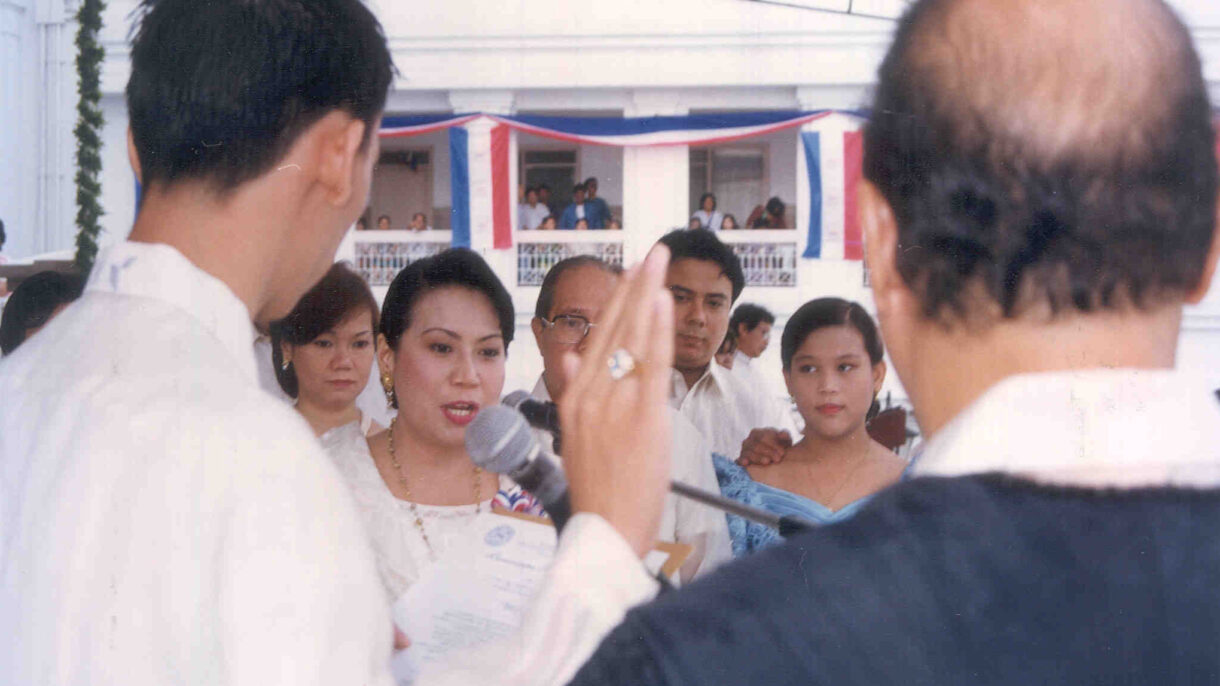Stories
Josie Dela Cruz shares inspiring experiences, challenges, achievements, accomplishments, and strong leadership path, more importantly to the young leaders to establish a collective idealism, energy, and strength. She is a leader who seeks the uniqueness of a person’s contribution and opportunity which lead to a successful team.
“A leader is one who knows the way, goes the way and shows the way.” – John C. Maxwell
During a significant event celebrating Women’s Month, the esteemed former Governor of Bulacan, Josefina M. Dela Cruz, and the distinguished former Chief Justice of the Philippines, Maria Lourdes Sereno came together to celebrate the accomplishments of women for “Natatanging Babae 2025” of the Provincial Government of Bulacan at the Pavilion in Hiyas ng Bulacan Convention Center, Malolos City, Bulacan.
Pagtatalaga Sa Mga Bagong Cappellani Di Sua Santita
Ika-63 na Guning-Taong Pagkakatatag Ng DIYOSESIS NG MALOLOS
Tagapagdiwang:
Lub. Kgg. Dennis Cabanada Villarojo, D.D.
Obispo ng Malolos
THE MALOLOS CATHEDRAL IN THE HISTORY OF THE LOCAL CHURCH OF BULACAN AND IN THE PHILIPPINES
Written by: Robby V. Dela Vega, Member – DCSC Research Team
In the City of Malolos, Bulacan, the Cathedral and Basilica Minor of the Immaculate Conception in Malolos is located – the central church and seat of the Bishop of the Diocese of Malolos. It has a colorful history like the great buildings of our people and our faith.
In the beginning, the seed of the Christian faith was planted in the town of Malolos by the Augustinian Missionaries under the leadership of Fray Diego Ordoñez de Vivar, O.S.A. There are two accounts of the founding of the Christian community in Malolos. First, according to Fray Juan Manuel Tombo, O.S.A., it was the year 1578 when Fray Diego erected the sign of the cross at the same time as building a chapel made of bamboo and thatch in an area called “Malolos” which is now occupied by the village of San Agustin . Second, the year 1580 when Fray Vivar built a chapel on the banks of the Canalate River.
This area is considered today as the cradle of Christianity in Malolos. But due to the frequent flooding and the desire to find a more suitable center for the Christianization and Hispanization of the natives, the missionaries soon entered the town until they reached a place with a large lake or “to eat”. In this place, a stronger building was built that was used by the Augustinians and natives for worship.
On June 11, 1580, in a meeting of the Order of San Agustin held at the Convent of Tondo, the Parish and Convent of Malolos was established under the patronage of Inmaculada Concepcion. In this meeting, Fray Matheo de Mendoza, O.S.A. was appointed. as the first Parish Priest.
In the year 1601, Fray Roque Barrionuevo, O.S.A. built the small stone church and convent where it stands today. It is medium in size but made of durable materials. In 1630, a larger stone church was built during the time of Fray Mateo de Braceros, O.S.A. A few decades later, a larger stone church was built and completed in 1673. Another larger church was built again using stronger materials during the time of Fray Fernando Sanchez, O.S.A. in 1734, which was continued in the office of Fray Juan de Meseguer, O.S.A. in 1740 and finished in 1744 during the time of Fray Manuel Baceta, O.S.A. Over time, the church continued to be renovated. In 1753, the then Parish Priest, Fray Jose de Vivar, O.S.A., made renovations to the church.
With the conquest of Manila by the British in 1762, the Spanish were forced to leave the capital to the north. In 1763, a capitulo intermedio was held in the convent of Malolos – an unusual meeting of Augustinian friars led by the then Prior Provincial, Fray Remigio Hernandez, O.S.A. Here the assignments were agreed upon to all the religious Augustinian calzados on what they should do in the dangerous situations they may face due to the foreign occupation.
When visited by Fray Joaquin Martinez de Zuñiga, O.S.A. the Malolos in the year 1800, the Augustinian praised its convent because it is said to be beautiful and has excellent pillars and cornice, despite its dimensions not being suitable. According to him, its clausura will be very narrow. It has nice rooms but it is not comfortable for its user. According to him, it is dark inside the church and the decorations and designs of its retablo are out of date.
In 1813, a great fire destroyed the church during the tenure of Fray Dionisio de Santa Maria, O.S.A. It was completely destroyed in 1816 due to an earthquake. After successive calamities, the construction of a new church began in 1817 under the leadership of Fray Melchor Fernandez, O.S.A. It measures 80 vara in length and 17 vara in width. After this, the convent with the arqueria on the patio was also repaired and a wide living room was installed. The bell tower was also repaired and a torre de relo was built.
He also built a campo santo or cementerio Catolico whose chapel served as the first church of Barasoain when it was separated from Malolos. On October 14, 1826, the Divine Consecration was performed in the church led by Bishop Francisco Alban of the Diocese of Nueva Segovia. Year 1854 when the bell tower and roof of the church were damaged due to a strong earthquake which was temporarily replaced with bamboo and thatch.
On June 3, 1863, another strong earthquake destroyed the church and convent and toppled its torre de reloj and bell tower. It was reorganized during the tenure of Fray Ezekiel Merino, O.S.A. with Don Luciano Oliver as the architect which was completed in 1872. It was again damaged by a strong earthquake in July 1880. Fray Manuel Tombo began repairing the damaged parts of the church and convent in 1883. It was completed in 1884 during the time of Fray Felipe Garcia, O.S.A.
On December 12, 1888, twenty young women from Malolos dared to take advantage of the opportunity to present their request to build a school to learn the Spanish language while visiting Malolos, who was new to the Governor General of the Philippines, Don Valeriano Weyler. They wrote a letter and made every effort to enter the room where the Governor General was in the Convent of the Church of Malolos. Although prevented by the Augustinian friars, the girls were still able to carry out their goal led by Alberta Uitangcoy.
On September 15, 1898 to March 29, 1899, Hen. Emilio Aguinaldo the convent and church as the Presidency of the First Republic of the Philippines. Good Friday, March 31, 1899, on his orders Filipino soldiers burned the church while fleeing the American forces. After this, the army of Hen. Arthur MacArthur the church and made it a headquarters. Only the pavement, belfry and walls of the church remain, while only the stones of the convent’s structure remain.
When the war ended, the administration of the church was transferred to the management of the Filipino priests of the Archdiocese of Manila. In order to meet the spiritual needs of the people of Malolos in the restoration of peace, a temporary church made of bamboo and thatch was built in the place where the convent burned P. Gregorio Crisostomo through the contribution of the whole town.
The construction of the church was started in 1902 during the tenure of P. Magdaleno Castillo. In the time of Mgr. Jose Jovellanos, he bought the old retablo and altar of the Lopez Family of Trozo, Manila to be used in the renovated church. Year 1934, during the tenure of P. Vicente Fernandez when he asked Mr. Alejandro Caudal to make the bigger retablo and altar mayor with the help of Dr. Luis Santos. Here the image of the Inmaculada Concepcion sculpted by Mr. Teodoro Ople is worshipped. The church was inaugurated by a consecration in 1936 presided over by the Most Rev. Michael O’Doherty, Archbishop of Manila. It was also during P. Fernandez’s time when Mr. Agustin Isidro from Kanalate made the two minor altarpieces. In 1948, a pulpit was built for the church. Meanwhile, Estanislao Bautista made the altarpiece of the Blessed Virgin of the Miraculous Medal using pieces from the old altarpiece from Trozo.
In commemoration of the 100th anniversary of the Dogma of the Inmaculada Concepcion in 1954, extensive renovations were carried out in the church under the leadership of Reb. P. Pedro Abad together with a committee led by Dr. Luis Santos. In this renovation, the windows of the church were lowered and enlarged, the paving of the sidewalk was repaired, new chandeliers and Via Crucis were installed, the patio was paved and a new baptistery was built which was blessed by the Lub. kg Rufino Santos, Archbishop of Manila.
In 1956, the National Historical Society placed three historical markers in the church in recognition of the church when it became the Presidency of the Republic of the Philippines attended by Gen. Emilio Aguinaldo as the guest of honor.
On March 11, 1962, the church was elevated as the cathedral of the newly established Diocese of Malolos covering the Province of Bulacan and the City of Valenzuela through the Apostolic Constitution Christi Fidelium of Pope John XXIII and appointed the Most Rev. Manuel P. Del Rosario, then Bishop of Calbayog, as its first bishop.
On September 13, 1975, the sign for the Siar tree was inaugurated in the cathedral courtyard in memory of the tree as a witness to the colorful history of the cathedral when it was turned into the Palacio Presidencial by Hen. Emilio Aguinaldo in 1898 to 1899.
In preparation for the consecration of the cathedral in 1976, a reorganization was carried out inside the cathedral led by Bishop Cirilo Almario and Dr. Juan T. Reyes. During that time, the collegium was removed to make way for the expansion and elevation of the sanctuary. Its two large windows are also equipped with stained glass with paintings of the Blessed Virgin of Lourdes and the Blessed Virgin of the Miraculous Medal. The construction of the new convent that will serve as the residence of the Bishop of Malolos and diocesan offices also began at that time.
On April 9, 1999, during the tenure of the Most Rev. Rolando Tria Tirona, O.C.D. the then Pope John Paul II elevated the Cathedral of Malolos as a Minor Basilica. It was formally announced in a mass on December 4, 1999 presided over by His Eminence, Jaime Cardinal Sin and the Most Rev. Antonio Franco, Apostolic Nuncio to the Philippines. After the 2017 update on the status of basilicas, only the Manila Cathedral and the Malolos Cathedral are the remaining cathedrals in the country that have both titles as Cathedral and Basilica.
Year 2012, during the tenure of the Most Rev. Jose F. Oliveros, celebrated the Golden Jubilee of the Diocese of Malolos. The construction of the Diocesan Pastoral Center and the Coronacion Canonica of the image of the Virgen Inmaculada Concepcion de Malolos on March 10, 2012 were featured in the works related to it. Also during the era of Bishop Oliveros, renovations were made inside and outside of the cathedral.
The remains of former bishops who served the diocese, Bishop Manuel (passed away on March 23, 2009), Bishop Cirilo (passed away on October 14, 2016) and Bishop Jose (passed away on May 11, 2018) lies in the crypt under the retablo mayor in the sanctuary.
It was on August 21, 2019 when the Most Rev. Dennis C. Villarojo as the Fifth Bishop of Malolos. In celebration of the 500th year of Philippine Christianity, the cathedral was designated as the jubilee church. In the year 2022, celebrating the 60th anniversary of the establishment of the Diocese of Malolos and the elevation of the Malolos church as a cathedral, the National Historical Commission of the Philippines and the Provincial Office of History, Arts , Culture and Tourism. It was attended by the then chairman of the NHCP, Dr. Rene Escalante with those who serve in the provincial government and city government. On September 10, 2023, the historical marker “Malolos: Landas ng Pagkabansang Pilipino, 1898-1899” was inaugurated in front of its convent as one of the places that became the key to Philippine nationhood.
The Cathedral and Minor Basilica of the Immaculate Conception is a true treasure of our faith. Established by history over the past 400 years and a testament to God’s unfailing grace through the intercession of the Blessed Virgin Mary, the Immaculate Conception.
References:
Bautista, Antonio. Ang Malulos sa mga Dahon ng Kasaysayan, 1878-1940. Malolos: Center for Bulacan Studies, Bulacan State University, 2000.
Galende, Pedro G., O.S.A. Angels in Stone: Architecture of Augustinian Churches in the Philippines. Manila: San Agustin Museum, 1996.
“Iglesia y Convento de Malolos en Bulacan (Filipinas)” in La Ilustracion Filipina: Revista Semanal, Año I, numero 12 (December 23, 1877).
La Ilustracion Filipina: Año I, No. 12., 1877.
Los Terremotos de Filipinas en Julio de 1880. Manila: Tip. de Ramirez y Giraudier, 1880.
Martínez de Zúñiga, Joaquín and Retana, Wenceslao E. Estadismo de las Islas Filipinas o mis viajes por este país. Madrid: Impr. de la viuda de M. Minuesa de los Ríos. 1893.
Panandang Pangkasaysayan ng Katedral ng Malolos. Pambansang Komisyong Pangkasaysayan ng Pilipinas, 2022.
Panandang Pangkasaysayan ng Republica Filipina. Pambansang Suriang Pangkasaysayan ng Pilipinas, 1956.
Pérez, Elviro J. Catálogo bio-bibliográfico de los religiosos agustinos de la provincia del Santisimo Nombre de Jesús de las Islas Filipinas desde su fundación hasta nuestros días. Manila: Tip. del Colegio de Santo Tomás, 1901.
Pope John XXIII. Acta Apostolicae Sedis: Commentarium Officiale. ANNUS LI V – SERIES II I – VOL. IV. Typis Polyglottis Vaticanis]., 1962.
Tiongson, Nicanor R. “Kapilya Noon… Katedral Ngayon” in Solemn Consecration – Dedication of the Cathedral of Malolos Souvenir Program, Malolos, Bulacan., December 4, 1976.
Tombo, Juan OSA. “Iglesia y convento de Malolos en Bulacan (Filipinas)” in Revista Agustiniana, VII, Valladolid., 1884.

Zuellig Family Foundation
Today’s Town Hall was a moment of reflection and looking ahead. Zuellig Family Foundation (ZFF) President Austere Panadero shared key takeaways from the past year—our breakthroughs, challenges, and lessons learned.
As we enter the next phase of our 10-year plan, a major transition is also happening with three new Board members bringing expertise in governance, health innovations, and technology:
Ms. Ma. Josefina dela Cruz, Dr. Fely Marilyn Lorenzo, and Dr. Jaemin Park. We also welcome our new Chair, Dr. Manuel Dayrit, former Secretary of Health, who shared his vision of strengthening health leadership, scientific rigor, and communication to drive lasting impact.
With our 2025-2027 strategic plan, we remain focused on four key areas: Local Health Systems (LHS), Nutrition, Adolescent and Youth Sexual and Reproductive Health (AYSRH), and the ZFF Institute for Health Leadership. We are setting ambitious goals—supporting LGUs as frontrunners in UHC, reducing childhood stunting, tackling teenage pregnancy with evidence-based solutions, and positioning ZFF as a thought leader in public health.
As ZFF Deputy Executive Director Dr. Anthony Faraon said, the road ahead is both challenging and rewarding, but with our collective dedication, “We can make the next three years our most impactful yet.” 💙
Source: Zuellig Family Foundation Facebook Page

February 20, 2025:
“Today I attended my first board meeting of the Zuellig Family Foundation. It lasted for 6 hrs. with only a 30 minute lunch break. Our Chairman, former Secretary of Health Manny Dayrit & President, former Undersecretary of DILG Austere Panadero very kindly gave us a synopsis of the spectrum of projects that the Foundation is undertaking, mostly is areas of health, education & governance.
I must admit I was dumbfounded to say the least when I realized the extent of resources this foundation is pouring in our country, and their commitment to remain in the Philippines despite alternative opportunities in our neighboring countries.
Thank you ZFF for leading the way with your pioneering programs & projects. I am truly blessed and honored to be able to join you in your noble desire to make a difference.” – Former Gov. Josie Dela Cruz

“Nothing liberates our greatness like the desire to help, the desire to serve.”
Marianne Williamson
NPC opens Women’s Month with former Bulacan Governor and Postmaster General, Josie dela Cruz
It was never a competition, but complementation, Ms. Josie Dela Cruz said on the relations between men and women in the workplace or even in their roles in society.
The former Bulacan Governor and Postmaster General addressed NPC employees on Monday’s Flag Raising Ceremony as the Corporation opens the women’s month which carries the theme, Lipunang Patas sa Bagong Pilipinas: Kakayahan ng Kababaihan, Patutunayan.
Ms. Josie emphasized in her message that men and women must partner to achieve success.
“Maximize strengths and create synergy from partnerships so that success becomes easier, more achievable,” she said.
She also encouraged all women to keep on trying to do things as men have tried.
“March is a celebration of every contribution of women, yes, but the greater significance of this month is, maaaring may mas mabuti at mas maganda pang magagawa [ang mga kababaihan],” Mam Josie quips.
To celebrate Women’s Month, NPC employees will join the #PurpleFridays and will hold a film showing featuring women’s empowerment.
Source: NAPOCOR: https://www.facebook.com/nationalpowerph/
Capturing Collaboration: Insights from the Stakeholders’ Consultation for the World Bank’s Philippines Systematic Country Diagnostic Update
March 3, 2024
Galing Pook Foundation, the World Bank, and De La Salle Institute of Governance co-organized a pivotal stakeholders’ consultation. Bringing together representatives from local government units (LGUs), academia, and civil society organizations (CSOs), the event aimed to delve into the insights of the Systematic Country Diagnostic (SCD) Report. Ralph van Doorn, World Bank Senior Economist in the Philippines, presented the report, offering a comprehensive analysis of the country’s socio-economic landscape.
Galing Pook Trustee, Dr. Ador Torneo took the floor to address the critical role of data-driven governance in aligning the priorities of both national and local governments. His insights emphasized the importance of evidence-based decision-making in fostering effective governance strategies.
Facilitating the discussion, Executive Director Georgina Hernandez-Yang emphasized the necessity of strengthening collaboration to realize the goals of devolution. She underscored the importance of expanding spaces for active citizenship in governance processes, highlighting the potential for meaningful engagement from diverse stakeholders.
A highlight of the consultation was the sharing of local governance innovations by Galing Pook Awardees. Representing Barangay Graceville in San Jose del Monte, Bulacan; Barangay Taloot in Tanay, Rizal; and Alabat in Quezon, these exemplary communities showcased initiatives aligned with thematic priorities on inclusive growth and jobs, human capital development, and building resilience.
The event served as a platform for constructive dialogue and knowledge-sharing among stakeholders, emphasizing the collective effort required to address complex challenges and drive sustainable development at both local and national levels.
Source: Galing Pook Foundation
The Dangal ng Bulacan Foundation, Inc. (DBFI) celebrates its 20th Anniversary and held its Christmas Party on December 9, 2023 at the Millhouse Gastropub, Baliwag, Bulacan. Former Bulacan Governor Josefina M. Dela Cruz graces the event as the Special Guest and Keynote Speaker. DBFI is a foundation established by former awardees of the Gawad Dangal ng Lipi, the highest honor conferred by the Provincial Government of Bulacan to its outstanding sons and daughters who excelled in various fields of endeavor. It conducts charitable and other noteworthy projects for Bulakenyos through the years. In her speech, Gov. Josie, who was the main supporter of the foundation in its early years, greets the members for their twenty years of volunteerism, and challenge them to continue helping Bulakenyos in need.
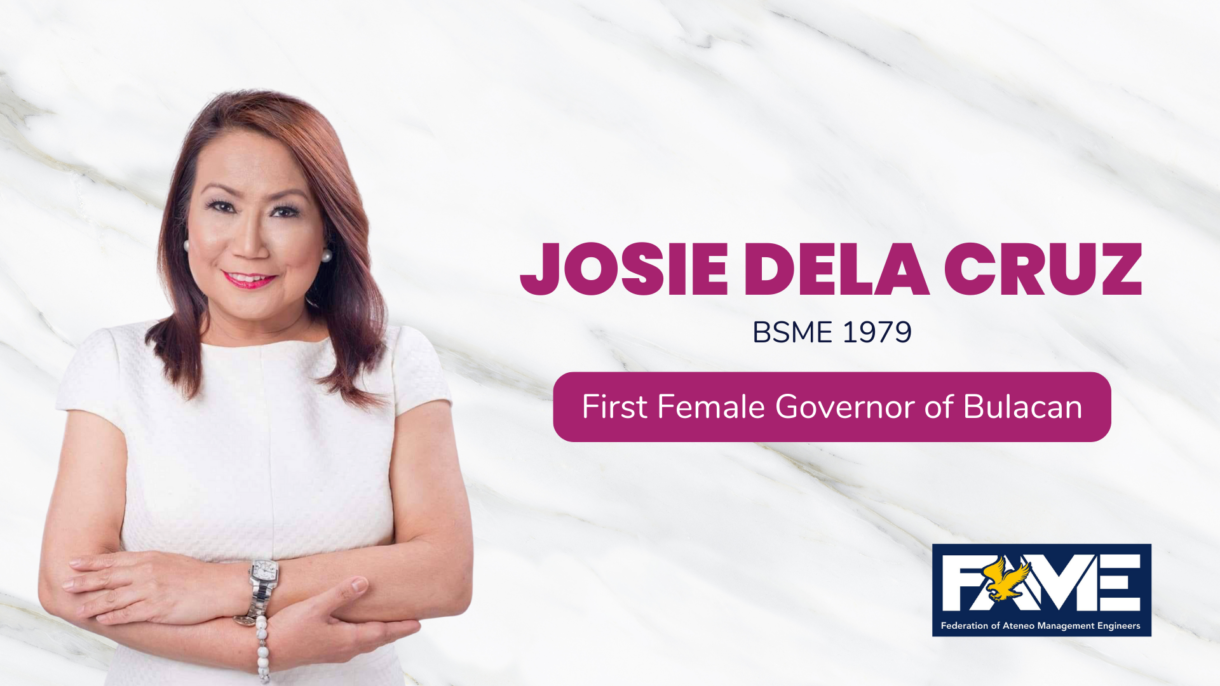
FAME Features: Women Of FAME
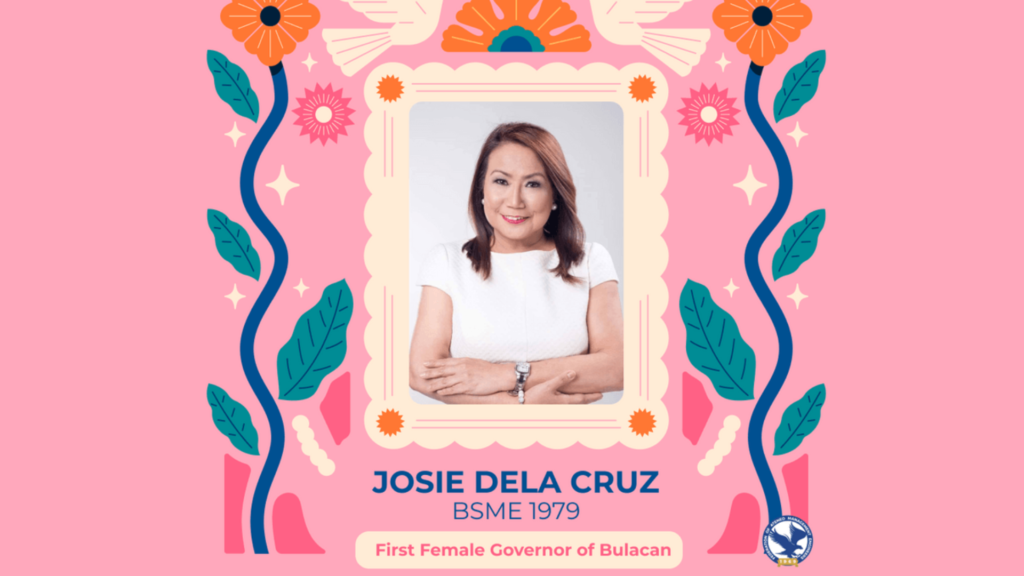
Josie Mendoza-dela Cruz (BSME 1979)
The only thing constant in life is change. But pushing for change means challenging the status quo. Because people prefer to stay within their comfort zones, this is where the biggest task lies.
I ran for governor of Bulacan during a time when only few women were in government. Men, especially the politicians, believed it was a job best fit for only them.
Winning meant immersing myself in the community, being available 7 days a week, building partnerships, and selling a dream. I started with the youth, then the women, until finally I won the respect of the men. To achieve that, it meant working twice as hard as my male counterparts.
By God’s grace, I became the first woman governor of Bulacan.
—
Josie Mendoza-dela Cruz
BSME 1979
First Female Governor of Bulacan
Served June 30, 1998- June 30, 2007

JOSIE: Bulacan’s Extraordinary Leader

Breakthrough Leadership: Lessons on Dream Team Coaching

Young Legislators’ Group NMYL Celebrates 30th Anniversary
NMYL Presidents’ reunion picture: “Young legislators’ group NMYL celebrates 30th anniversary”, the Zoom-captured picture shows from left: Love Baronda, Cecilia Clare Reyes, DV Savellano, Josie dela Cruz, Kiko Pangilinan, Ed Chatto, Herbert Bautista, Enrique dela Cruz, Julian Coseteng, Del de Guzman, and Dorothy Delarmente.
LOVE BARONDA, current president of the National Movement of Young Legislators (NMYL), was only a toddler when the group was formally formed thirty years ago.
“Who would have thought na two years old pa lang ako, nag-birthing pains pala kayo conceiving this organization. And because of all your hard work, we are the beneficiaries of your thirty years of labor. So, thank you, thank you po sa mga founders natin especially kay Senator Kiko,” she said.
Councilor Baronda of Iloilo City, NMYL president from 2020 to present, made this remark at the online reunion of all the 12 NMYL presidents earlier this week, as kick-off to the group’s year-long 30th anniversary celebration.
At the reunion, all NMYL presidents from the founding president Senator Francis “Kiko” Pangilinan, NMYL president from 1988 to 1992, all the way to current president Councilor Baronda took turns reminiscing: spending their own money, not being able to work on official business, and having to squat in the office of what is now TESDA.
The young once recalled with fondness how the organization grew from a group of 250 idealistic young legislators to a 2,000-strong organization.
Former Marikina Mayor Del De Guzman, NMYL president from 1998 to 2001, and former Alicia town (in Isabela) Mayor Cecilia Claire “Jeng” Reyes, NMYL president from 2008 to 2011, both said all the hard work of organizing bore fruit.
In De Guzman’s words: “Masaya rin ako na I was part of the first group or core group na nag-start mag-organize. ‘Yun nga lang, ‘yung mga experience natin bago natin na-organize ‘yung first congress, we really had to spend our own money, our own time kasi hindi tayo binibigyan ng official time noon, official business. So kapag wala tayo sa station, absent tayo, wala tayong allowance, wala tayong kahit ano. So ‘yun ‘yung mga sacrifices na ginawa natin just for this advocacy. Alam naman natin ‘yung advocacy natin: anti 3Gs, guns goons, and gold.”
For Reyes, institutionalizing NMYL was a major accomplishment. “Nagpapasalamat po ako kay Senator Kiko kasi nagkaroon po ng permanent office space ang NMYL sa Regalia Towers. ‘Yun po malaking pakinabang po sa NMYL, na-institutionalize ang NMYL,” she said.
CAMARADERIE IN SERVICE
Inspired by the overwhelming success of young blood in the first post-martial law democratic elections in 1988, young councilors from Metro Manila headed by then-councilor Pangilinan organized themselves into the Metro Manila Young Councilors’ League.
But as more young politicians from various parts of the country wanted to be part of the organization, the group eventually came to be known as National Movement of Young Legislators. Amidst all kinds of challenges and after consultations in Luzon, Visayas, and Mindanao, the NMYL Founding Congress was held on April 14-17, 1991 at University of the Philippines-Diliman.
Former Quezon City Mayor Herbert Bautista, NMYL president from 2001 to 2004, said NMYL opened the national political stage to him, learning from fellow young leaders.
“Ito ‘yung naging opening ko to a national organization as an elected leader, and then nagsunod-sunod na ‘yun, Vice Mayors League, Mayors League…Thank you so much for giving this opportunity to be part of the leadership and the organization that is NMYL. I learned so much from this. I got to meet people who are ideal and until now very ideal,” Bautista said.
Former Quezon City Councilor Julian Coseteng, NMYL president from 2004 to 2008, remembered having fun while learning: “I cannot speak of my experience as a politician without speaking of NYML. NMYL has made my career in politics a lot more fun, a lot more enjoyable, very, very packed with very, very memorable experiences. I will always remember the fellowship, all the learnings that I had which helped me improve as well as a politician.”
Bohol Congressman Edgardo Chatto, NMYL president from 1995 to 1998, said the movement is a major part of his political and personal growth. “NMYL is really part of [my] growth process, development. And I am so happy that the young generation now are involved. So tuloy-tuloy talaga tayong mag-i-influence doon sa participation ng ating young legislators,” he said.
Former Quezon City Councilor Dorothy “Doray” Delarmente, NMYL president from 2011 to 2013, shared: “All my closest and dearest friends right now, in and out of politics, ay na-meet ko sa NMYL…I said one of the best reasons of becoming a public servant is because of my experiences and the friendship that I built from NMYL.”
Baliuag Councilor Enrique “Buko” dela Cruz, interim NMYL president from 2018 to 2020, acknowledged the positive impact of the organization. “Napakalaking tulong po sa mga kabataan, sa mga batang mambabatas ang samahan na ito. I just hope that I can make myself worthy of being a part of this noble organization,” he said.
Expressions of thanks marked the virtual reunion meeting. Pangilinan said that even after his NMYL term, he continued to support “our baby” as a sort of homage to the youthful idealism that inspired NMYL’s founding.
“Kahit na wala na ako sa NMYL, [my Senate] office has been there for NMYL. In fact, many of the programs we put together, wala na ako sa NMYL. Pero ‘yung mga exchange programs, with China, the United States, and Australia, tuloy-tuloy nating sinusuportahan ‘yun. ‘Yung AIM (Asian Institute of Management) Programme for over a hundred sixty young political leaders… Syempre, bilang ama, mahal natin ang ating mga anak eh syempre parang NMYL is our baby. Tayong lahat, hindi lang ako. Tayong lahat na andoon ‘nung unang term,” Pangilinan said.
NMYL Alumni president Congressman DV Savellano of Ilocos Sur initiated the NMYL presidents’ reunion meeting, which lasted almost two hours.
Brimming with three decades worth of memories, the NMYL presidents all agreed to work together to celebrate the movement’s thirty years of idealistic, imaginative, and impassioned service to the country.
“Really, it’s beautiful to be able to retrace and remember and recall all those that we shared. And I continue to share the same love for the country, the same desire to really see the kind of political reforms that we have been fighting for,” said former Bulacan Governor Josie dela Cruz, NYML president from 1992 to 1995.
Gov Josie Dela Cruz @ NMYL 30th Anniversary
Reforms from Young Legislators





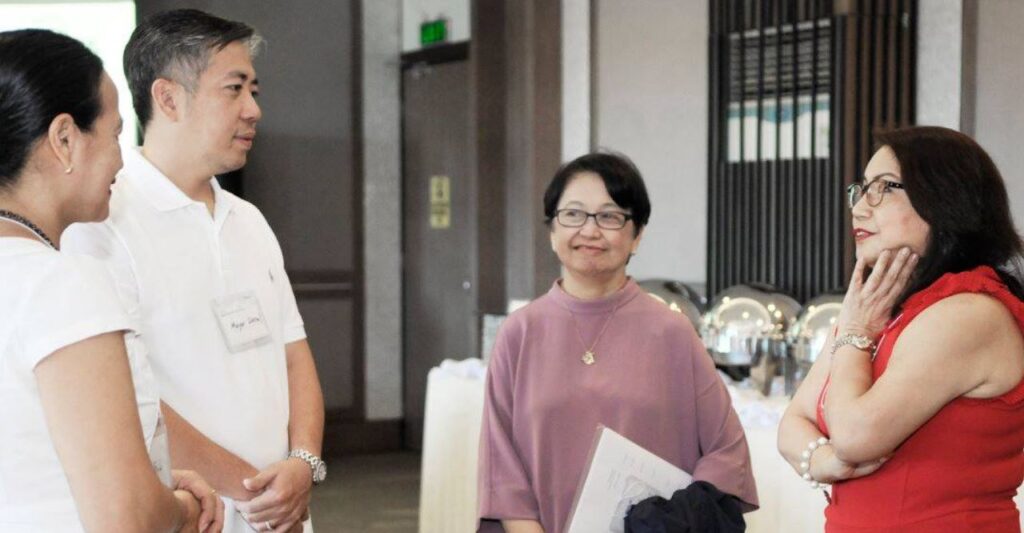


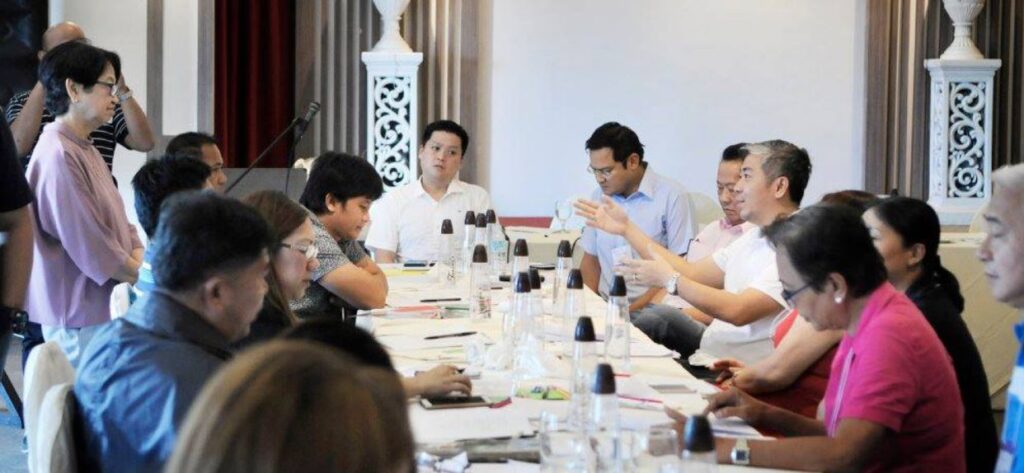

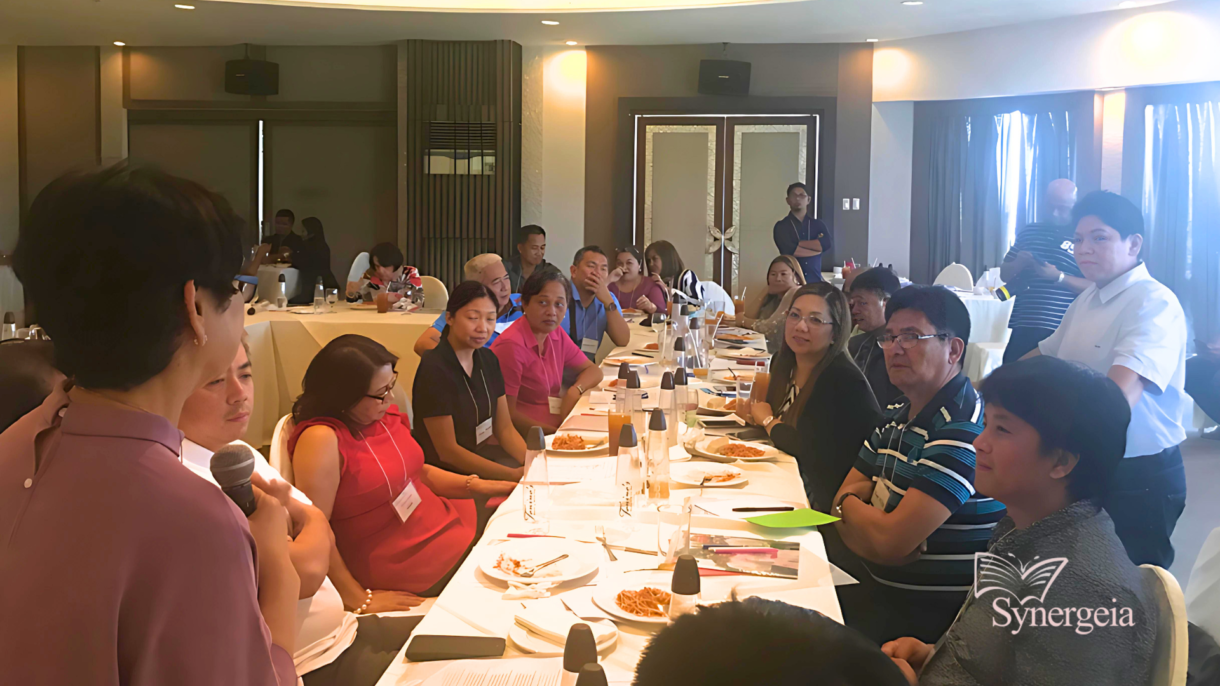
Synergeia: Growing Education in Mindanao
What a mover Siayan Mayor Flora Villarosa is! With the support of EdGE, Mayor Villarosa invited all the Mayors and Local School Boards of Zamboanga del Norte to a regional meeting in Dipolog City to share best practices in education governance and and to cohort more education champions in the Zamboanga Peninsula.
The local chief executives were presented with data on the status of education in their localities, which was followed by a discussion on possible causes for the poor performance of students. A “shock and awe” approach was needed to make the LCEs and LSBs realize that improving the quality of education is a shared responsibility. As leaders in the community, they have a huge role in setting education priorities. But their leadership and support are also necessary so that the entire community can be mobilized to work for solutions to problems impeding the growth of education.
When asked to prioritize their concerns, poverty alleviation was their most frequent response. Education did not seem to figure out among their LGUs’ top priorities. To this, Ma’am Nene Guevara, Synergeia CEO, shared the result of studies that showed poverty has become intergenerational because children from poor families are unable to study or complete elementary or high school. Giving children access to education gives them and their families opportunities for a better life. This was an eye-opener for the Mayors and LSB members.
The regional meeting also gave the Mayors the opportunity to listen to and be inspired by Valenzuela Mayor Rex Gatchalian and his successful 360 Degree Education Program of Valenzuela City. Mayor Rex presented the components and results of the Valenzuela program, a flagship education initiative which EdGE supports. Mayor Rex was a perfect example to the Mayors of a local chief executive who takes the driver’s seat in education in partnership with DepEd and other community stakeholders.
They were also fortunate to listen to Former Governor Josie dela Cruz, currently Synergeia mentor, sharing the education story of Bulacan back when she was still its governor. Bulacan’s education program, among the pioneers under the Synergeia wing, was also a success story.
At the end of the day, the Mayors gave their full commitment to prioritize education and undertake follow-up activities like conducting their own education summits to identify education gaps and proposed solutions, and re-inventing and expanding their Local School Boards. It was indeed a good day for education governance.
Source: Synergeia

SYNERGEIA AND TERESA WORK IT OUT! with Former Bulacan Gov. and Synergeia Mentor, Josie Dela Cruz
With the New Year comes new beginnings and for the Municipality of Teresa, 2018 marks the beginning of a newfound commitment to education. On the 23rd of January, Synergeia and the Municipality of Teresa officially began its education partnership with the town’s first ever Education Summit.
Everyone was abuzz with excitement and eagerness. The participants yelled the summit’s title “We Can Work It Out” like a battle cry to kick-off the day’s program of activities. Mayor Raul Palino was inspiring yet firm in his remarks. To everyone in the room — to the school officials and teachers, students, parents, implementers of the 4Ps program, private sector, and local government officials, he posed this challenge: “May gagawin po tayo…Ang ating layunin ay sama-samang makatulong sa mga bata. Papaano natin itataas ang antas ng karunungan sa Teresa?”
Synergeia Mentor, Former Governor Josie dela Cruz, discussed School Governing Councils – – how they are created, who can be SGC members, their functions and how they differ from Parent-Teachers’ Associations. She highlighted their important role in the formulation of school improvement plans after finding out that many schools in Teresa did not have SGCs at all, or if they did, these were not functional or active in school policy making and planning. The SGC is the vehicle to involve members of the entire community who might have a stake in the improvement of every child’s education. As F/Gov Josie so aptly stated, “Ang edukasyon ng kabataan ay pakialam nating lahat…Pagkatapos nitong summit na ito, sana magbubuo po tayong lahat ng School Governing Councils sa ating mga paaralan.”
The two break-out groups facilitated by F/Gov Josie and Ma’am Nene were interactive, fun, and instructional at the same time. There were follow-through modules on identifying SGC circles of influence, how to make one attend an SGC meeting and what could be ground rules an SGC must observe. The participants worked on a group puzzle that quizzed them on historical facts about the Philippines and in the process, they learned about cooperation and working as one team. They next dove right into capacity-building activities that focused on setting attainable goals, translating goals into tasks, and differentiating between inputs, outputs, and outcomes. These skills are instrumental in building and fostering a successful SGC.
The participants, shown the National Achievement Test scores of Teresa schools, expressed concern at the declining trend of scores over the past few years. Participants, including young students, had stories to tell on possible reasons for this drop such as the sudden change in curriculum, the focus on mother tongue, parents who are unable to read themselves, newbie teachers assigned in the lower grades, students distracted with games, and so on. The bottom line, however, was everyone agreed that there was much work to be done.
To cap the day’s workshop, the participants were asked to prepare a simple action plan that identifies their desired goals and tasks. The teachers want to improve the reading and math competencies of schoolchildren. The parents look forward to a training on parenting skills. DepEd Schools Division Superintendent, Dr. Meliton Zurbano, identified reading, numeracy and writing as priorities. Teresa Marble, the partner-private corporation of Teresa in its education program, promised to support and monitor the development of SGCs, the remedial reading training of teachers and parenting workshop.
After hearing the participants, we know that there is so much hope and promise that Teresa’s education program will succeed. Ma’am Nene promised Synergeia’s full support and commitment. Her parting note – “Ang programa ng Synergeia ay ang inyong edukasyon…”
Source: Synergeia
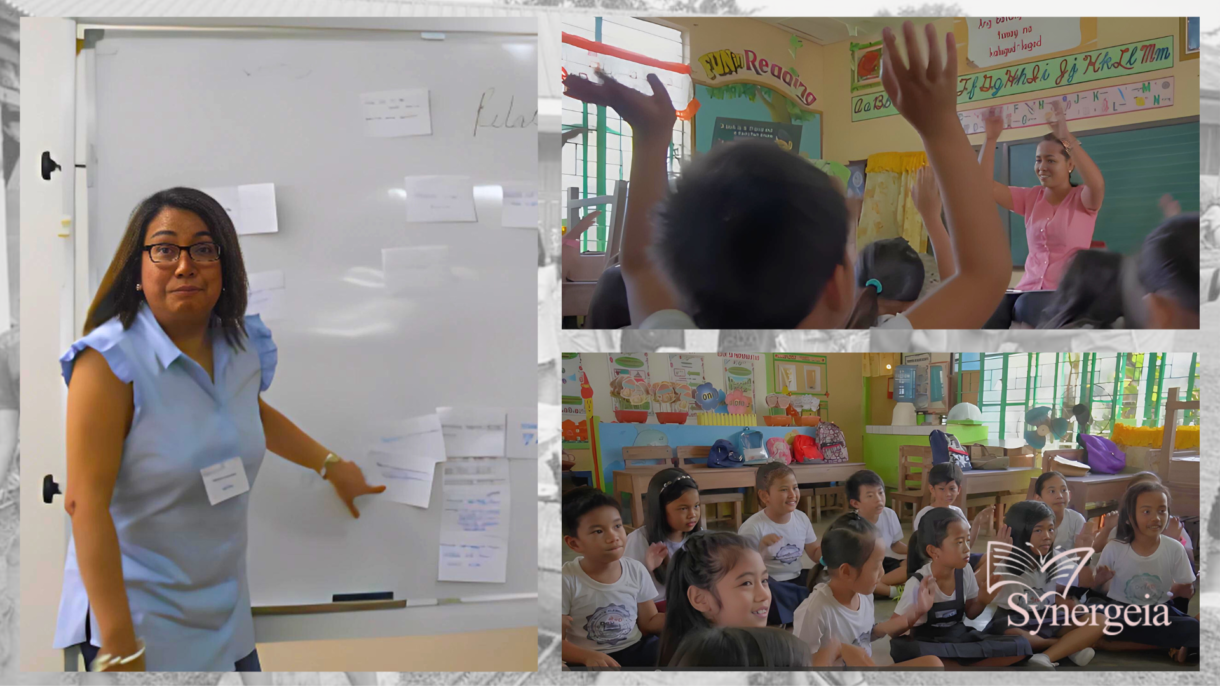
Synergeia in Argao, Cebu
By: Carmela Kris Armilla, Program Officer, Synergeia Foundation
“Before I retire, I will contribute what I can to make our SGC functional and active,” declared Juan Rivera Jr. with resolve after attending the SGC Workshop. Mr. Rivera is the 61-year-old principal of Apo Elementary School in Argao. With four years left in his term, Principal Rivera is inspired to exhaust all means to improve the school he serves. He sees the SGC’s role in making this possible.
He was one of around 170 School Governing Council (SGC) members from Argao, San Fernando and Santander who attended the two-day workshop “We Can Work It Out: Making Our SGCs Work” held at Montebello Hotel, Cebu City last July 25-26, 2017.
Having undergone Level 1 training, our SGCs this time were given Level 2 training “with a little bit of 3.” The “little bit” part aimed to introduce some Level 3 modules to our participants.
The first plenary focused on a review of the role of the SGC, its responsibilities, how it is formed and why it is different from the Parents-Teachers Association. When the participants were divided into clusters, they went through an appreciative inquiry exercise where they shared stories behind the performance of their students in terms of their NAT scores and the cohort survival rates. Realizing where the students stand had set the tone for the SGCs to be introspective on how they can play more effective roles in improving basic education.
Their first group activity was solving a puzzle. It was meant to test how well they work with others. After the group activity, one participant realized the essence of “making collaborative ideas.” Another said that when faced with limited resources, thinking “outside the box” was key. Gov. Josie dela Cruz, former Governor of Bulacan and Synergeia mentor, emphasized the importance of inclusivity when working in the SGC, stating that exclusivity might limit opportunities for development.


SGC members are shown trying to solve the puzzle.
Using a “satisfaction meter,” the SGCs then went on to assess their performance on five aspects – their ability to hold regular meetings and set agenda, election of officers, agreeing on by-laws, engagement of the community and formulation of school policies. Through role-plays and cluster discussions, the participants learned more about project planning, translating goals into tasks, financing and conflict resolution. One policy that they think should be established is the roles of parents and the school principal and teachers in the education of the children. They agree on the important role of parents because they are the teachers of students at home.

Synergeia Mentor Gov. Josie facilitates the discussion on activities and tasks to implement the goals of the SGC.
Creative fund-raising activities for the SGC were also discussed. Gov. Josie shared a snippet of wisdom – that “all funding begin with a good project.” Some barangays shared that activities such as Gulayan sa Paaralan, Prince and Princess contest, and sewing projects have financially supported their respective schools and SGCs.
The concepts of input, output and outcomes, the steps in designing process flows, and action planning and evaluation were introduced to the participants. These are the Level 3 modules that have been included in this workshop. The participants learned new tools such as the process flow and action plan matrix that will help them identify tasks more systematically and in specific terms including setting deadlines to accomplish these tasks. They also learned about looking beyond outputs and seeing that outcomes of their projects are what impact the lives of students and the community as a whole.
At the end of the workshop, our SGC participants agreed that the collaboration of parents, school and barangay leaders is the linchpin towards a holistic and secure quality education for students in their respective communities. They gave their thanks and shared the common goal they wish to accomplish. “Our goal is to make our SGCs functional in their respective areas,” shared Ms. Rosalina M. Fuentes, principal of Balasa Elementary School.
Source: Synergeia

Tahanang Mapagpala ng Immaculada Concepcion Foundation Inc.
The Tahanang Mapagpala Ng Immaculada Concepcion Foundation Inc., was established in 2001 by the Senate Spouses Foundation Inc. led by then President Lourdes LL. Pimentel and Project Chairperson Susana B. Ople.
The Provincial Government of Bulacan under the leadership of then Governor Josefina Dela Cruz donated the parcel of lot where the building was constructed. The center building entailed a construction cost of ₱8.6 million.
As conceptualized, the building has an ideal accommodation of 100 beds capacity for its female wards. It has all amenities of a modern home, complete with a dining area, a TV area. An open pavilion and male and female toilets. It also provide with a conference room, a clinic, and administration office and employees quarters. The floor area is 1,000 square meters.
The center was formally turned over by the senate Spouses Foundation Inc., to the Diocese of Malolos, His Excellency Bishop Rolando J. Tria Tirona, OCD, D.D. On March19, 2001. It was formally opened in a ceremony held last September 4, 2001and began accepting wards.
Tahanang Mapagpala ng Immaculada Concepcion Foundation Inc. was established to oversee the center. However, the Foundation was only officially registered in 2017.
Currently, only abandoned female elderly are being served by the center. The Sisters of the Divine Shepherds (SDS) takes charge of this apostolate since it is the charism and the spirit of the congregation. The congregation is service-oriented and dedicated totally in the service to the poorest among the poor.
Source: Tahanang Mapagpala

Philpost Modern History with First Female PMG
History
The Philippine postal system has a history spanning over 250 years. The first post office was established in the city of Manila in 1767. It was organized under a new postal district of Spain in 1779, encompassing Manila and the entire Philippine archipelago. In 1783, the postal service was organized in the Philippines-overseas mail from the Philippines was conveyed to Europe by Spanish ships via eastbound routes through Mexico. Later on, the postal district was re-established on December 5, 1837. After a year, Manila became known as a leading center of postal services within Asia. Spain joined the Universal Postal Union in 1875, which was announced in the Philippines two years later.
During the Philippine Revolution, President Emilio Aguinaldo ordered the establishment of a postal service to provide postal services to Filipinos during that time. On September 5, 1902, it was organized as a bureau under the Department of Trade (currently known as Department of Trade and Industry) by virtue of Act No. 426, which was passed by the Philippine Commission. The Philippines finally joined the Universal Postal Union in January 1, 1922 as a sovereign entity.
The Manila Central Post Office Building, the center of the Philippine postal services and the headquarters of then-Bureau of Posts, was completed in 1926. It was destroyed during World War II (1945) but was rebuilt in 1946, after the war.
The Manila Central Post Office located at LiwasangBonifacio is a neo-classical building designed by two American architects and a Filipino namely: Ralph Doane, Tomas Mapua, and Juan Marcos de Guzman Arellano. The Post Office Building was considered as the grandest building during its time, and is now considered as one of the dominating landmarks in Metro Manila.
With the overhaul of the Philippine bureaucracy in 1987, the Bureau of Post was renamed the Postal Service Office (PSO) by the virtue of Executive Order No. 125 issued by then-President Corazon Aquino on April 13, 1987. It was also that order which placed PSO under the Department of Transportation and Communications (DOTC). On April 2, 1992, by virtue of the Republic Act No.7354 issued by then-President Fidel V. Ramos, PSO became a government owned and controlled corporation named as the Philippine Postal Corporation of more commonly known today as PHLPost.
Milestones
- 1767-The first post office was established in the City of Manila.
- 1926-The Manila Central Post Office was built in its present neo-classical architecture.
- 1942-During the Japanese occupation, the then- Bureau of Posts was reopened, although the letters were censored.
1946-The Manila Central Post Office was rebuilt after World War II. - 1948-The postal service and telecommunication facilities in the Philippines were considered the most modern at that timein Asia. For example, the airmail service was inaugurated in our country ahead of any other countries in Asia.
- 1992-The Philippine Postal Corporation (PHLPost), a government-owned and controlled corporation responsible for providing postal services in the Philippines, was created by virtue of Republic Act No. 7354, otherwise known as the Postal Service Act of 1992.
- 2000-The improved Central Mail Exchange System (CMEC) is now capable of computerizing and modernizing the sorting of all incoming and outgoing mail matters handled by PHLPost.
- 2004-PHLPost was placed under the Commission on Information and Communications Technology per Executive Order 269.
- 2011-PHLPost was placed under the Office of the President per Executive Order 47, signed by President Benigno Aquino III. The President also appointed former Bulacan governor Ma. Josefina Dela Cruz as the new Postmaster General, the first woman to hold this position in t he history of the Philippine Postal Service.
- 2012-Under the able leadership of the first female Postmaster General and Chief Executive Officer Ma. Josefina M. Dela Cruz and PHLPost Chairman of the Board Cesar N. Sarino, the postal service remains committed to serve the public with honesty, integrity and quality of service.
PHLPost Modern History
2011
- Achieved a financial turnaround, and since then, the corporation reported an increasing trend in its net income.
- Underwent rebranding, from Philpost to a new and improved PHLPost, with the tagline: You send. We Deliver.
- Prioritized reconciliation efforts with the GSIS to restore the active membership status of affected employees all over the country.
- Forged partnership with private companies and organizations to scale-up operations, increase revenue streams, and link communities for social inclusion.
- Strengthened government to government relations to bring services closer to the Filipinos.
2012
- Implemented the Rationalization Plan for a sustainable, market-driven, and customer-centric organization.
- Remitted PhP10 million worth of dividend to the National Government out of its 2011 income for the first time since its incorporation in 1992.
- Ventured into logistics and warehousing business, with a three year refleeting program to ensure efficient delivery of communications and goods up to the last mile.
- Migrated from paper-based to electronic postal money order; from manual and mechanical units to use of networked digital postage meter machines.
- Expanded the postal network as major mall chains open postal counters, while private individuals become PHLPost’s partner in postal stations.
2013
- Received Comelec commendation for 100% efficiency in the delivery of election paraphernalia.
- PHLPost garnered a 93.97% rating in its performance agreement with the Governance Commission for GOCCs.
- Introduced modern printing technology to renew interest in philately.
- Institutionalized a postal awareness campaign, Sulat Mulat, to revive the art of letter writing.
- Supported the continuing education of employees through an educational assistance program for masteral and specialized courses.
2014
- Achieved global recognition after winning the World Mail Awards 2014 for People Management held in Germany, and a finalist in Post Expo Technology Award 2014 in Sweden.
- Migrated from issuing laminated card type to a new Postal ID made of PVC with multiple security features.
- Opened the first Government Procurement Service Hub in CDO.
- Introduced the Selfie Stamps
- PMG Josie Dela Cruz became the first Asian official appointed in the international payment gateway, Eurogiro Board.
2015
- Implemented the Domestic Mails Tracking System for real time and complete events tracking.
- Inaugurated the first temperature-controlled warehouse.
- Singing Karteros became a hit.
- Deputized as a collecting agent of Bureau of Customs to expedite delivery of mails and parcels.
Source: PHLPost
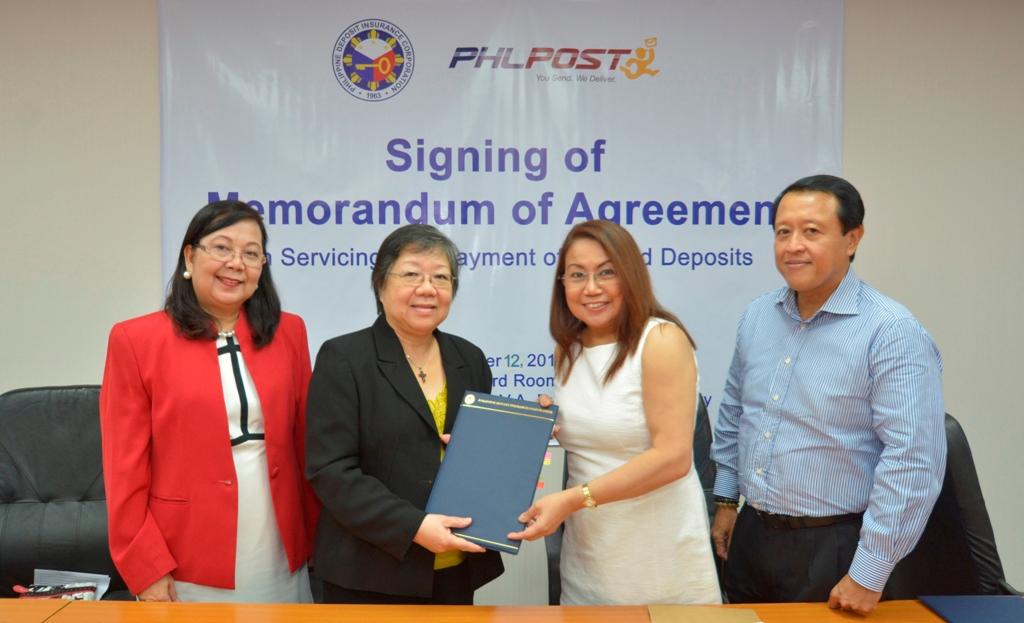
PDIC, PhilPost renew agreement on deposit insurance payments
Stronger partnership for deposit insurance payment. Philippine Deposit Insurance Corporation (PDIC) President Cristina Que Orbeta and Philippine Postal Corporation (PhilPost) Postmaster General and Chief Executive Officer Ma. Josefina M. Dela Cruz agreed to confirm the PDIC-PhilPost partnership for servicing deposit insurance payments of depositors with account balances of up to Php100,000 through a Memorandum of Agreement (MOA) signed on October 12, 2015 at the PDIC Office in Makati City. Also in photo are PDIC First Vice President and Officer-in-Charge for Deposit Insurance Sector Elizabeth E. Oller and PhilPost Assistant Postmaster General Luis D. Carlos (Marketing and Management Support Service).
The Philippine Deposit Insurance Corporation (PDIC) renewed its partnership with the Philippine Postal Corporation (PhilPost) to ensure that depositors with account balances of up to Php100,000 and who are eligible for early payment of their insured deposits will receive their reimbursements less than two weeks from bank closure.
PDIC President Cristina Que Orbeta and PhilPost Postmaster General and Chief Executive Officer Ma. Josefina M. Dela Cruz signed the Memorandum of Agreement (MOA) in this regard on October 12, 2015 at the PDIC Office in Makati City.
The PDIC, in July 2015 implemented a policy to no longer require depositors with account balances of up to P100,000 to file their claims, for closed banks whose records are in order. The increase in the threshold for the waiver of filing of deposit insurance claims is consistent with PDIC’s customer philosophy to provide better service to depositors through early payment and via a more convenient payment scheme.
To benefit from the early payment scheme, depositors with deposit balances of up to Php100,000 should have complete mailing addresses in the bank records, or updated through the Mailing Address Update Form, to allow delivery of payment by PhilPost. Depositors should not have outstanding obligations to the closed bank. The early payment scheme allows depositors immediate access to their hard-earned savings. Payments are mailed to the depositors’ addresses via Postal Money Orders (PMOs) or checks.
The partnership between the PDIC and PhilPost for the payment of insured deposits started in 2010. At that time, early payment was allowed for deposits with balances of up to P5,000. This was increased to Php10,000 in 2011, to Php15,000 in 2012 and P50,000 in 2014.
PDIC President Orbeta emphasized the importance of expeditious payment especially to small depositors who need to immediately access their trapped funds. She also expressed optimism that, driven by both agencies’ desire to serve the public, said partnership will further strengthen.
Postmaster General Dela Cruz said that the partnership not only allows PhilPost to serve the people by being a conduit to the money to be released to depositors but also helps them establish the trust of people especially in far-flung areas. She said that the partnership was an opportunity for PhilPost to face and overcome challenges to restore the people’s faith in the postal service.
As the state deposit insurer whose quality management for claims settlement operations has been re-certified ISO 2008:9001 compliant, PDIC is committed to continuously improve its operations and processes to better serve the depositing public.

Former Pres. Cory Aquino Stamps Series II Launching 2015 with Aquino sisters
Presidential sisters Maria Elena “Ballsy” Aquino-Cruz and Aurora Corazon “Pinky” Aquino-Abellada attended the recent launching of the second series of limited edition special scented stamps and souvenir sheets, held at Sofitel Hotel- Bulong Pulungan Forum. PHLPost issues a second series of Cory Aquino floral paintings scented stamps.
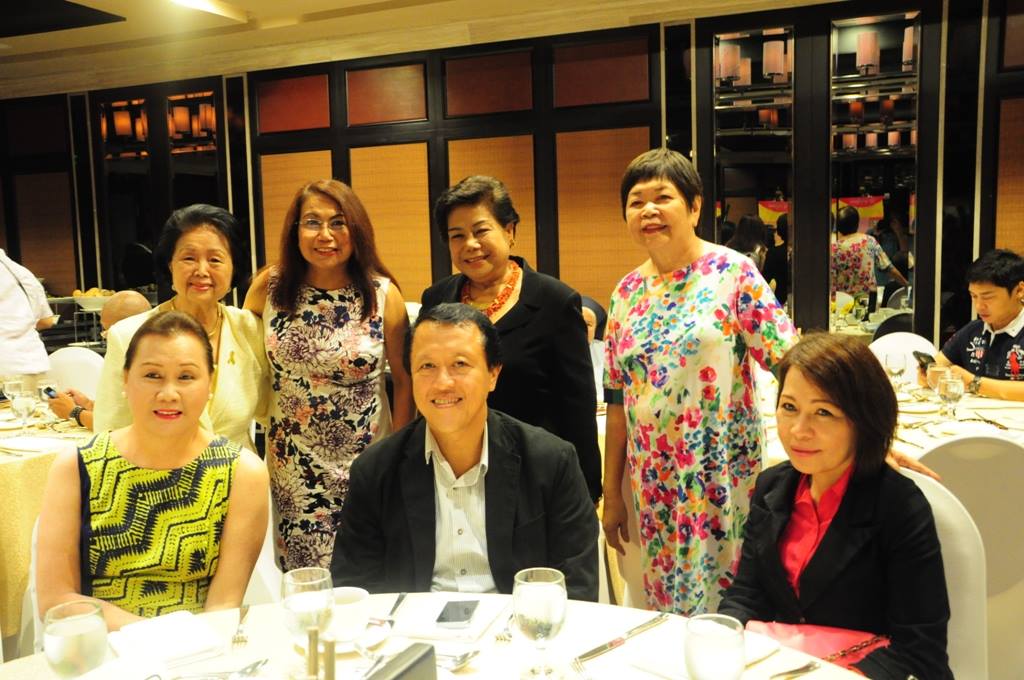
Postmaster General Josefina dela Cruz and Justice Raoul Creencia signed a memorandum of agreement at the OGCC head office in Balara, Quezon City. Phlpost issued commemorative stamps marking the 80th anniversary of the Office of the Government Corporate Counsel (OGCC).
PhlPost to issue commemorative stamps for OGCC anniversary
Evelyn Macairan – The Philippine Star
August 15, 2015 | 10:00am
MANILA, Philippines – The Philippine Postal Corp. (PhlPost) will issue in December stamps commemorating the 80th anniversary of the Office of the Government Corporate Counsel (OGCC).
“The Philippine Postal Corp. takes pride in issuing the commemorative stamps, as we put on record 80 years of OGCC success,” PhlPost postmaster general Ma. Josefina dela Cruz said in a statement.
Dela Cruz recently signed a memorandum of agreement (MOA) with OGCC head Justice Raoul Creencia.
Based on the agreement, the OGCC stamps will feature the first Government Corporate Counsel, the late former senator and associate justice of the Supreme Court Ramon Diokno, and the official seal for the agency’s anniversary celebration.
Limited copies of the commemorative stamp will be released starting Dec. 1.
A commemorative stamp is often issued for a significant occasion, such as an anniversary, to honor a place, event, person or object. It is sold for a short period until supplies run out.
Source: PhilStar Global
Office of the Government Corporate Counsel, 80th Anniversary, December 1, 2015

RAMON DIOKNO
28 March 1886 to 21 April 1954
Ramon Diokno was a prominent lawyer, politician and educator. He was elected to the Senate in 1946 where he served until 1947. In 1954 he was appointed Associate Justice of the Supreme Court.
Diokno was the founder of Colegio la Ilustracion and co-founder of Rizal University where he became a Professor.
In the first Commonwealth election held in September 1935, he was one of the chief campaign managers of President Quezon and was immediately appointed Corporate Counsel.
Source: TopicalPhilippines
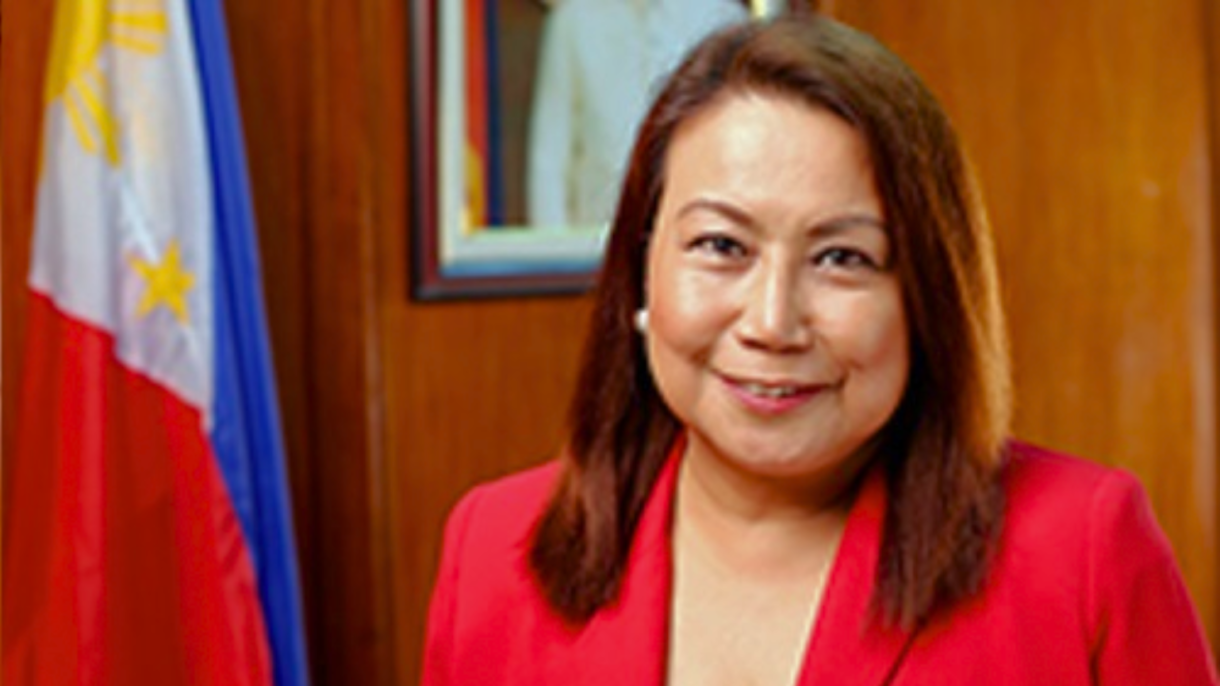
PHLPost welcomes you to the Asia Pacific!
August 25, 2015
The Asia-Pacific region is rapidly changing and is now leading the world when it comes to e-commerce volumes. Today more and more companies are looking to establish themselves in the ASEAN market, making the World Mail & Express Asia Pacific 2015 event the perfect place to develop business relationships, expand networks and capitalize on the booming e-commerce industry in the area.
This year the World Mail & Express Asia Pacific Conference is hosted by PHLPost and arrives in Manila from 19 – 21 October.
Post & Parcel speaks to PHLPost Post Master General, Maria Josefina Dela Cruz, to find out what the event means to the newly-rebranded organisation, the connections it is hoping to make and the experiences it is keen to share with industry leaders across the world.
Why was PHLPost keen to host the conference this year?
PMG: Hosting the biggest conference of leaders and top executives in the global courier industry brings honour and prestige to PHLPost as this serves as a testament that the international community recognizes the capability and resources of the corporation to provide a conducive atmosphere for discussion and business. We at PHLPost take pride in welcoming the leaders in the postal industry to the World Mail & Express Asia Pacific event in Manila.
How does PHLPost hope to benefit from the event?
PMG: As a host and participant, PHLPost aims to use the occasion to promote its developments and demonstrate what it can offer to spur active participation in the supply chain management required in the flourishing industry of the cross border e-commerce. We hope to establish more connections, foster deeper partnerships, learn new business solutions, and adopt best practices to bolster our reengineering efforts in the corporation.
What unique postal challenges does PHLPost face?
PMG: We consider the issue on “de minimis” as the unique postal challenge confronting PHLPost. While we accept that countries do have varying thresholds for the imposition of duties and taxes, here in the Philippines, anything beyond PHP15 or less than US$1 (current exchange rate is US$1 : PHP43) is taxable. This supposed streamlined border for clearance and customs duties and other taxes has been a burden especially on the part of the micro, small, and medium sized enterprises that ventured into the e-commerce sector. Certainly, there is a need to expedite the enactment of proposed amendments in the Philippine Tariffs and Customs Law, and this includes increasing to a substantial amount of the de minimis, as this will result in the reduction on the customs compliance cost; instead, it will accelerate the delivery transactions of merchandise in favour of all the entrepreneurs, also the players in the courier business.
How is the theme for the event ” Championing e-commerce: creating new supply chains” relevant to you?
PMG: The conference theme couldn’t be more appropriate as championing e-commerce is at the core of our rebranding efforts. PHLPost aspires to bury the poor image of the corporation, and instead make way for an image of relevancy and sustainability. Today’s postal services are no longer defined by stamps, snail mail, and paper-based money order as PHLPost scales-up to express, logistics and warehousing, electronic remittance, and cross-border e-commerce.
Championing e-commerce means that the country’s government owned and controlled corporation that is PHLPost is now stepping up its role as an indispensable player in providing business solutions for micro, small and medium sized enterprises, allowing trades to move freely and easily across borders. Further, championing e-commerce will significantly drive revenue growth and profitability—areas that are crucial in achieving the Corporation’s thrust to contribute to the national treasury.
PHLPost has extensive domestic acceptance, distribution, and delivery network, as well as its worldwide mail linkages. The organisation also remains committed to bridging the gap between individuals, families, communities, businesses, and organizations. Despite the advent of modern modes of communication, PHLPost will continue to be relevant and competitive both in the domestic and international realms because it will be able to harness modern technology for greater transparency and efficient service delivery.
Why is the event important to PHLPost?
PMG: This event reinforces the relevance of PHLPost in the value chain. Committed to last mile delivery, PHLPost continues to play a vital role in the nation’s development. Modern technology, which some had previously perceived as a threat to the post’s survival, has become the corporation’s reliable partner in improving its delivery efficiency.
What can attendees learn from PHLPost?
PMG: If there’s one thing that the other posts can learn from PHLPost, it’s our program for people management, as we consider our human resources as the biggest asset of the corporation. PHLPost has embarked on a transformative reengineering program to increase efficiency, improve transparency and accountability, and strengthen operations within the corporation. By strengthening the organization, the current leadership hopes to build a sustainable business culture that provides service excellence to the Filipino people.
As a host, PHLPost hopes to showcase its reengineering experience as a model in empowering the postal employees. The corporation began sowing seeds of trust within the postal community to make the employees feel passionate about their jobs and committed to the organization. We modernized our facilities, automated our systems, implemented a refleeting program, and up scaled our products and services — all these investments to enable long-term value creation. As a result, we have already reversed the unfavourable condition in 2011, and continue to improve performance indicators.
Source: Post & Parcel
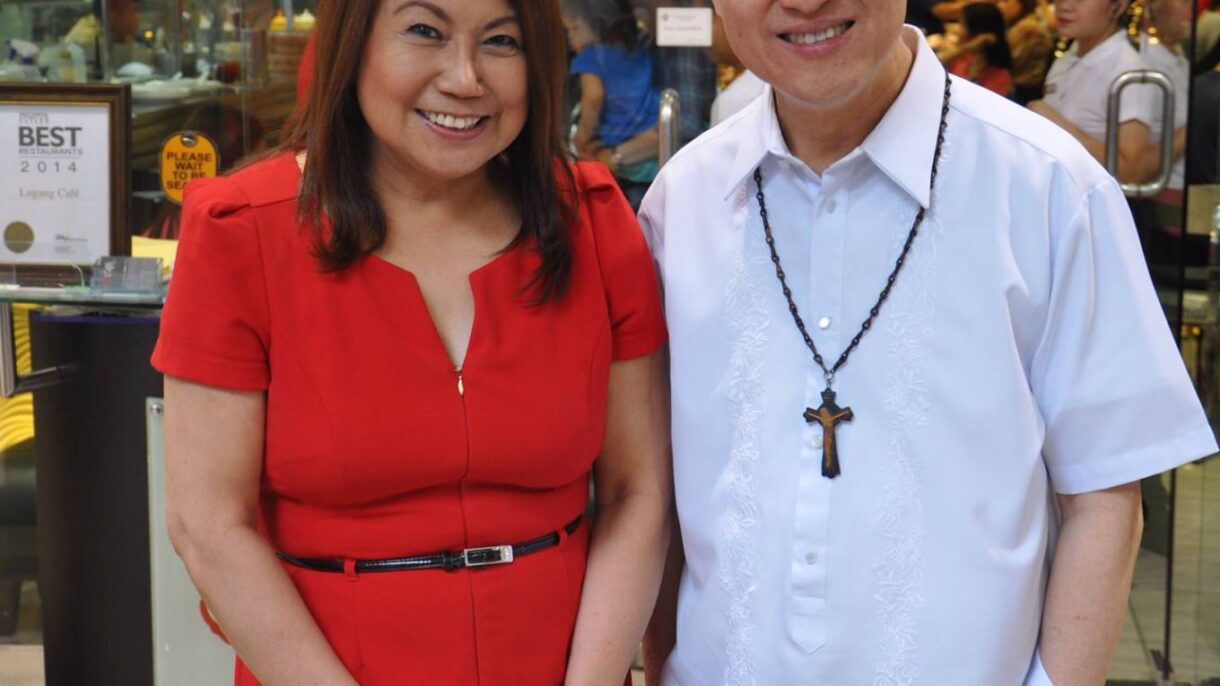
With Cardinal Tagle

PHLPost Coffee Table Book – PHLPOST Nation: A Portrait of Transformation

Papal Commemorative Stamps
PHLPOST Postmaster General Josefina Dela Cruz presents four different Papal commemorative stamps. Photo by Josh Albelda for ABS-CBNnews.com
Dec 22, 2014
Shell marked another centenary milestone as it launches its commemorative stamp with the Philippine Postal Corporation
The Philippine Postal Corporation (PHLPost) launched the Shell Centennial Commemorative Stamps in recognition of Shell’s 100 year presence in the country. PHLPost officially issued the stamps on December 13, 2014 (12.13.14), specially chosen as this only happens once in a lifetime.
Shell companies in the Philippines (SciP) Country Chairman Edgar Chua and PHLPost PostMaster General Josefina Dela Cruz unveiled the stamp design featuring Shell’s Tabangao Refinery during the 1960s, Shell’s Retail Station during the 1930s, and current images of the Shell Tabangao Refinery and Shell Retail Station.
“We believe that the Shell centennial Commemorative Stamps are among our most beautiful stamp production so far. Behind the stamp is the story of the enduring strength and perseverance of this company, to which we are very proud to have been a part of,” said PHLPost PostMaster General (PMG) Josefina Dela Cruz.
According to PHLPost PMG Dela Cruz, Shell’s 100th year commemorative stamps were embellished with the combination of several innovations in stamp design and production. Shell’s commemorative stamps were the first to make use of gold foil hot stamping. It’s embellishment is tactile sand varnish on the pecten and Shell Centennial logo, which allows the individual to feel and touch the actual texture of the stamp. Likewise, the size is 50mm by 30.5 mm, which is bigger than ordinary-sized stamps. Apart from these, Shell is the first in its industry to have PHLPost’s specially embellished stamps.
“We are honored and privileged to have the Philippine Postal Corporation print commemorative stamps recognizing Shell’s contribution to the country. Having that privilege, we are now part of the culture and history of the country,” said SciP Country Chairman Edgar Chua. “On behalf of the men and women of Shell companies in the Philippines (SciP), I would like to thank PHLPost for being our partner in this momentous celebration; we look forward to Shell’s another 100 years as we will continue to be a major contributor in the country’s growth and development.”
SciP Country Chairman Edgar Chua and PHLPost Postmaster General Dela Cruz unveiled the stamps on December 12, 2014 at Shell House Makati City, witnessed by Shell officials, PHLPost Philatelic Team and members of the Philatelic Society who joined the turnover ceremonies. The ceremonial cancellation and official signing of the first day covers were also held, officially marking the stamps availability and release on December 13, 2014.
PHLPost printed about 114,000 copies of the Shell Centennial Commemorative Stamps in Php25.00 denomination. The stamps issued on December 13, 2014 is available until December 14, 2015 at the Post Shop, Philately and Museum Division, Manila Post Offices, all regional Offices of PHLPost, and in 190 postal administration offices worldwide.
PHLPost’s issuance of the Shell Centennial Commemorative Stamps was one of the highlights of the Shell’s Centenary celebration.
Source: Shell

Pasko 2014 special stamps, inilunsad ng PhilPost
PHLPost: Pasko 2014 special stamps now available
Published November 11, 2014 4:10pm

Filipinos sending snail mail to loved ones for the holidays may want to match them with fitting stamps for the occasion.
- A Filipino-themed Nativity
- Children at Christmastime
- A child paying respect to a grandparent
- A Christmas feast
PHLPost issues ‘Noche Buena stamps’ for Christmas season
The Philippine Postal Corporation (PHLPost) is celebrating the Christmas season with the release of its “Noche Buena” stamps featuring the traditional Filipino feast.
The se-tenant strip of four stamps features “Noche Buena” which is a traditional dinner of Filipinos during Christmas Eve commonly with lechon at the center of the dining table.

The Christmas stamp was designed by the PHLPost’s in-house graphic designer Rodine Teodoro.
Traditionally, a variety of sumptuous dishes are served during this famous Filipino Christmas dinner like pancit, hamon, queso de bola, puto bumbong, bibingka, fruit salad, suman, and many more.
The PHLPost has printed 50,000 copies of the four designed se-tenant strip of Noche Buena stamp sold for 12 pesos each.
The stamps and official first day covers are now available at the Philatelic Counter, Central Post Office, Liwasang Bonifacio 1000, Manila and area post offices nationwide. — Joviland Rita/MDM, GMA News
Source: GMA News Online

Josefina dela Cruz: First Female Postmaster General
As she effectively transformed the Philippine Postal Corp.’s (PHLPost) into a revenue-generating government-owned agency, its first female postmaster general (PMG) and chief executive officer Ma. Josefina Dela Cruz credits her successful three-term leadership as governor of Bulacan in seeing her through.
It was during this time that she developed her skills in leadership and steeled her determination in facing challenges in public service and economics–the very abilities, which allowed her to steer PHLPost into a brand new direction today.
“There were many challenges at PHLPost when I joined the organization but none that we could not overcome,” said Dela Cruz in a one-on-one with The Manila Times for its weekly CEO Corner.
Her vast experience in public service began at an early age of 21, when she was elected as the youngest councilor of Bocaue in Bulacan, thereafter working her way up elective posts until she became the governor of the province.
Armed with an impressive educational background—graduating Cum Laude in the 1980s from two consecutive degrees, namely Management Engineering and Psychology, at the Ateneo de Manila University—Dela Cruz was considered a valuable asset in her province.
Just the same, much was expected from the achiever when she was appointed to lead the new PHLPost, and she did not disappoint. Her program, “Re-engineering PHLPost,” won the People Management category of the World Mail Awards 2014 in Berlin, Germany on June 18—an achievement she humbly attributes to the employees of PHLPost.
“We owe the all the triumphs and success of the corporation receives to every employee, especially the letter carriers. This only attests that we are heading on the right path. With this award especially we can only go forward and continue to be of service to our fellow Filipinos,” Dela Cruz said.
The World Mail Awards 2014 is the most prestigious award ceremony in the postal sector recognizing excellence and innovation as conducted by Triangle Management Services Limited.
New PHLPost
Celebrating National Stamp Collecting Month this November, PHLPost now has an established structure with better facilities and a modern fleet of delivery vehicles. Its services are no longer defined by stamps, snail mail, and paper-based money order as the agency is now scaling up to express, logistics, electronic remittance, and cross-border e-commerce.
Moreover, Dela Cruz is proud of the financial turnaround of PHLPost, having been able to remit dividends to the National Government for the first time. PHLPost earned P110 million in the first seven months of operation under the leadership of Dela Cruz who took office in July 2011.
Dela Cruz recalled, “When I came here, PHLPost had only P5 million in its coffers. That was not even enough for the one month salaries of 11,000 employees. Worse, it had P266 million loses accumulated in the past years.”
Admittedly, Dela Cruz found the situation difficult, but after her factual assessment of the organization’s situation, she determinedly gathered available resources and manpower to improve PHLPost’s operations.
Among her early triumphs was to convince Department of Justice Secretary Leila De Lima to avail of their postal services for 2012 worth P5.6 million. Dela Cruz also persuaded other private companies to sign on for PHLPost’s courier services among them BDO and PLDT, and Philhealth and SSS.
“We are no longer limited to being a stamp company. We are now also a logistics company that can deliver cash and parcels door to door,” she said.
Dela Cruz was also able to implement new systems that resulted to favorable changes that continue to take place at PHLPost.
“If there’s one legacy I want to leave in this organization, it would be how I was able to uplift the situation of its employees who are now enjoying the fruits of those innovations,” she related.
These innovations comprise of the following:
Rationalization plan. After her strategic review of the company, 3,301 employees who volunteered to retire reduced PHLPost’s manpower, enabled the organization to prioritize its corporate budget.
“From 11,000 employees around the country, we were reduced to about 9,000,” Dela Cruz said. The savings resulting from the rationalization planenabled the Post to offer better compensation packages for employees, who previously received one of the lowest salaries in the industry. PHLPost salaries increased from 13 percent to 30 percent.”
Employee empowerment. Today PHLPost provides employees a world of opportunities, including participating in local and international trainings and conferences.
Employees are also encouraged to pursue higher degree of education or specialized courses through an Educational Assistance Program. With these, they are afforded chances to rediscover their sense of mission by conducting team-building activities, workshops and various wellness activities.
Performance management system. Employees’ performances are now planned, monitored, evaluated, and rewarded. With the Strategic Performance Management System (SPMS), corporate targets are translated to individual targets, providing every unit and employee a clear direction of what needs to be accomplish.
Open communication. Various means of communication between the management and employees are now in place. Dela Cruz takes time to travel all over the Philippines to carry out face-to-face interaction with postmasters and letter carriers so that corporate thrusts are communicated clearly and employees’ sentiments are addressed properly.
There are also corporate performance assessment and action planning every quarter, gathering of birthday celebrants every month, corporate publications every month, the PHLPost Text Alert, and use of other social media.
Better facilities and modern equipment. Dela Cruz also prioritized addressing the problem of fully depreciated vehicles, outdated machines and equipment, and manual processes over since July 2011.
With the three-year Refleeting Program, postal employees now drive new and rebranded vehicles in the transport of mails, with targets to add on 483 more vehicles by 2017.
Information technology. From traditional snail mails, PHLPost has taken a big leap to networked digital postage meter machines with initial implementation involving about 222 machines. The computerization of business processes is also ongoing.
An in-house IT department is busy developing various systems like the Financial Management Information System, Funds Management System, Personnel Management Information System, and of course the Pinoy e-mail (e-commerce platform).
Moreover, PHLPost has used IT to introduce stamps to the Filipinos in a new dimension through its “Selfie” Booth producing personalized stamps.
Added services. Besides mail delivery, PHLPost has transitioned to express delivery and moving bulk shipments like election paraphernalia and relief goods through its logistic services. Paper-based money order also no longer defines PHLPost payment services as it has migrated to electronic money transfer, bills payment, collections and payout services.
Partnerships
In collaboration with the Department of Social Welfare and Development and Land Bank of the Philippines, PHLPost was able to implement payout for the poorest families under the Conditional Cash Transfer Program, even to the remotest areas in the Philippines.
It also partnered with the Department of Health in delivering medicines to the rural health units, as well as with the Commission on Election in the delivery of election paraphernalia.
The Philippines’ Outsourced Collection Industry also became an ally for PHLPost in providing bills payment and collection services. In 2012, it sealed an alliance with DHL for international express delivery services for destinations not serviceable by its in-house express mail service.
With all her achievements as postmaster, Dela Cruz said still has a greater vision for the corporation if she is given the chance to prove its worth to the public.
“I know my purpose here,” she added.
Asked whether she thinks about going back to politics, she smiled and admitted, “To be honest, I am now happy with what I am doing here. I am very grateful to those employees who fully cooperate with me to bring back to life this very office they have been serving for many years.”
Source: Manila Times
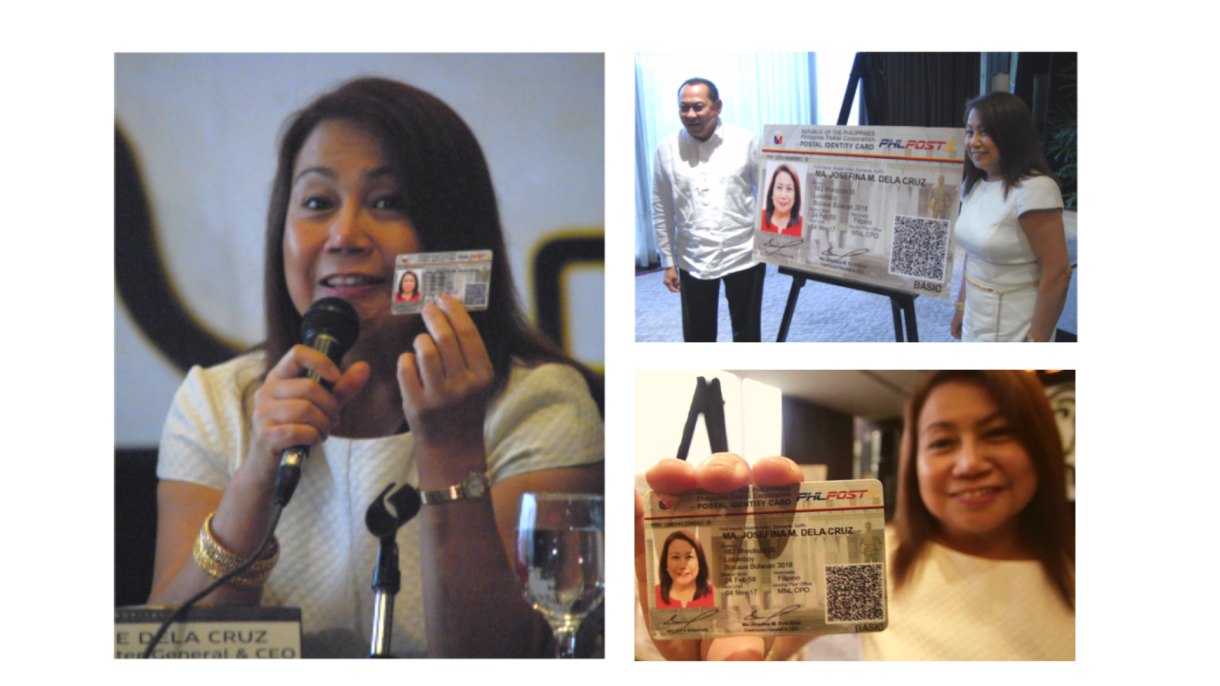
Josefina Dela Cruz: Upgraded Version of Postal ID Card
Re-launching one of its most iconic products, the Philippine Postal Corporation (PHLPost) unveiled yesterday an upgraded version of the postal ID card—a primary form of identification used by as many as four million Filipinos.
A new wallet-sized PVC plastic card infused with layers of digital security is set to replace the traditional postal ID assembled from cardboard paper and plastic lamination
The postal ID remains a popular government-issued ID. It can be obtained by almost anyone who needs a valid proof of identity and address. ID owners are not required to have a particular skill, qualification or employment, unlike the hurdles for getting driver’s licenses, PRC licenses to practice a profession, SSS or GSIS cards.
According to Postmaster General Josefina de la Cruz, the lack of a valid ID remains a problem especially among the out of work, the informal sector, full-time homemakers, youths and minors. “Many ordinary Filipinos still don’t have a credible form of identity to show in banks or hospitals or boats—therefore giving them a harder time to get transactions done,” she said.
“The postal ID has a track record of giving disenfranchised citizens better access to public services and opportunities,” De La Cruz remarked. “As the card for everyone, the postal ID helps make our society more socially inclusive.”
Even among the employed, it makes sense to own a postal ID, she added. “We are all required to present more than one valid ID for important transactions—when we open a bank account, encash a check, buy property or apply for a passport.”
De la Cruz said the new postal ID will undeniably be more durable and presentable. In addition, she said the security measures—from one-of-a-kind fingerprint patterns to a quick response (QR) code and magnetic stripe—will improve card integrity and discourage counterfeiting. There has been a growing perception that it is easy to duplicate or fake the postal ID, leading to some entities no longer honoring or recognizing it.
PHLPost will pilot the issuance of new postal IDs starting mid-November this year in selected post offices. The new IDs will become accessible nationwide by early-2015. The upgrade is also in line with a directive to unify all ID systems of government-owned and controlled corporations under the biometric technology standard.
Although a final price was not yet announced for the new postal ID, Postmaster General De La Cruz assured the public that there would be no significant price increase despite the many ID improvements being introduced. The current postal ID costs P400 when obtained from the Manila Central Post Office in Liwasang Bonifacio. The price has been known to go higher outside Metro Manila, but among the changes PHLPost will institute are setting one uniform ID price and one ID quality anywhere in the country.
De la Cruz explained that the new ID is a flexible “smart card” capable of conducting secure and convenient transactions. PHLPost, she said, is preparing the ID for the functionalities of an ATM, a debit card for cashless postal money transfers and remittance, as well as loyalty rewards. She said the new ID would also ride the boom in Internet-based businesses through e-commerce and online banking capabilities.
“We are not just after the revenues. PHLPost also earns from the current postal ID. But we are moving forward with a new and improved ID,” De la Cruz asserted, “because our board wants to better serve the public.”
The new postal IDs will be produced through an existing joint venture of PHLPost and Filipino IT company Filmetrics Corporation. The same joint venture currently customizes biometric identification and registration systems for the Philippines’ largest social insurance fund, the Social Security System.
Source: PHLPost modernizes the Postal ID

Former Pres. Cory Aquino’s Stamps Presentation to Aquino Sisters 2014
Presidential sisters’ Kris Aquino, Viel Aquino-Dee, Pinky Aquino-Abellada and Ballsy Aquino-Cruz receive the framed special souvenir “Cory Aquino Scented Stamps” from Postmaster General Josie Dela Cruz and Chairman Cesar Sarino of the Philippine Postal Corporation (PHLPost). The event highlights the opening of the “History and Her Story” photo exhibit dedicated to former President Corazon Aquino held at the Glorietta Activity Center in Makati City.

PHLPost wins World Mail Awards 2014
June 20, 2014
From the Philippine Postal Corporation
The Philippine Postal Corporation (PHLPost) is standing tall with the other postal industry winners from around the globe as it clinches the most coveted award in the People Management category from the World Mail Awards 2014 in Berlin, Germany, on June 18.
After a touching presentation by PHLPost Postmaster General Josie dela Cruz focusing on its entry “Re-engineering PHLPost”, the corporation was declared the winner besting two programs from Belgium Post.
PMG Dela Cruz spoke about PHLPost’s journey from the challenges it faced through the years to the various innovations injected to the corporation to make it a relevant postal service provider.
“Today, we can say that we were right in taking the path of re-engineering. That we are victorious against a situation where others thought to be improbable to reverse. We are now starting to reap the fruits of our labor,” PMG Dela Cruz said during the presentation.
According to the World Mail Awards online site, PHLPost bagged the award for “its wide-ranging employee program aimed at dramatically enhancing this Postal Services credentials as a champion for social inclusion. Faced with the challenge of supporting remote and vulnerable communities, the Government turned to this Postal Service to distribute cash payments and emergency aid to individuals and families stricken by poverty and natural disasters.”
“Through investment in its people, this Postal Service has been able to achieve a step-change in performance, bringing much needed assistance to the people who need it most,” WMA added.
PMG Dela Cruz looks forward to more progressive years for the corporation citing that with all the developments, the corporation has been inspired and even more challenged to do bolder steps towards making PHLPost relevant and sustainable.
“We owe it to every employee, especially to the letter carriers, all the triumphs and successes the corporation receives. This only attests that we are heading on the right path. With this award we could only go forward and continue to be of service to our fellow Filipino,” PMG Dela Cruz shares after receiving the award.
The WMA is the postal sector’s most prestigious international award giving body that recognizes excellence and innovation at all levels and areas of business from successful customer service initiatives to ground-breaking technological advances.

Source: Official Gazette
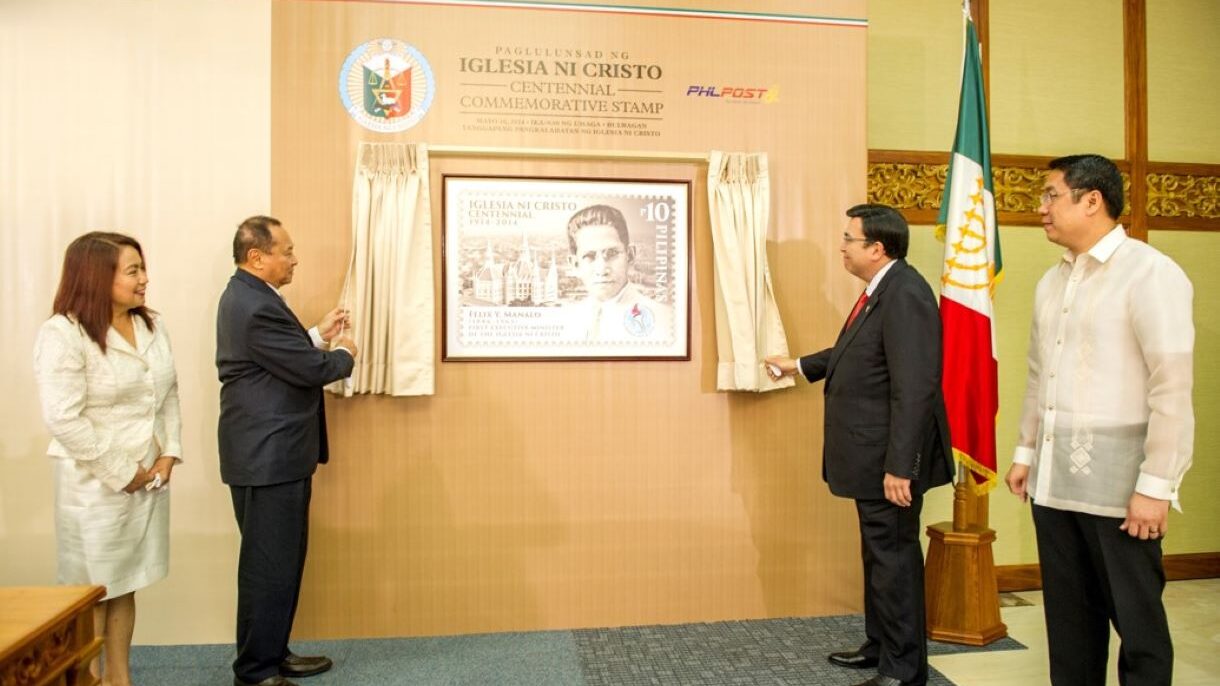
PHLPost, NHCP say INC is part of national history in launching of INC Centennial Stamp
Written by DCY on May 11, 2014

MANILA, Philippines (ENS) — The Philippine Postal Corporation on Saturday, May 10, officially launched the “Iglesia Ni Cristo Centennial Commemorative Stamp” inside the INC Central Office in Diliman, Quezon City, to mark the 100th anniversary of the Church’s registration in the Philippines which it said was “of national historical significance.”
In a brief formal ceremony held at the Bulwagan of the INC Central Office, INC Executive Minister Eduardo V. Manalo, PhlPost Chairman Cesar Sarino and Postmaster General Ma. Josefina M. dela Cruz unveiled the INC Centennial Commemorative Stamp that featured the sprawling INC Central Temple and a photo of the first INC Executive Minister Felix Y. Manalo in sepia. The colored INC Centennial logo is also placed at the bottom.
The May 10 launching date of the INC stamp was itself significant since it was timed to coincide with the 128th birth anniversary of the late Felix Y. Manalo whom the INC believes is the fulfillment of a biblical prophecy on the “last messenger of God.”
It was also the first time that PhlPost issued a 50-millimeter by 35-mm stamp, which is bigger than the ordinary-sized stamp of 40mm by 30 mm.
“This is not an arbitrary decision,” said Postmaster General Dela Cruz on the issuance of a bigger-than-ordinary “INC Centennial Commemorative Stamp.”
“It passed through the certification of the National Historical Commission of the Philippines,” she said in Filipino. This meant that the INC centennial, including its rich history, was “of national historical significance,” she said.
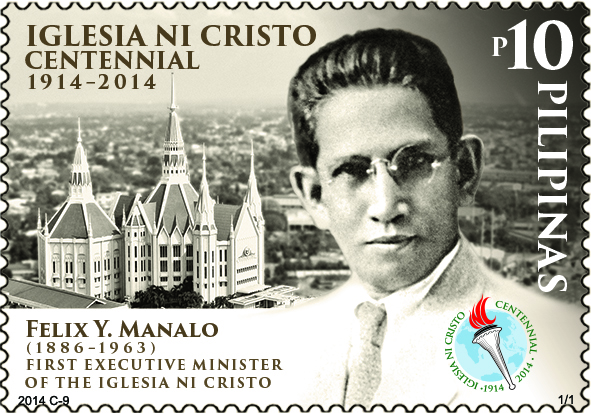
Dela Cruz said PhlPost will be issuing 1.2 million copies of the INC stamp, which is more than twice the usual maximum number of stamps they had issued before for a single design.
PhilPost usually issues a maximum of 500,000 stamps per batch, or even lower at 300,000 pieces. There are even instances that they only issue 20,000 pieces for a stamp design.
The issuance of 1.2 million INC Centennial stamps was done , she said, to accommodate the expected big number of people who will be interested to buy the stamps, particularly INC members all over the Philippines and INC brethren who would be coming over from other countries this year. The INC centennial stamp, which was designed by INC minister Bienvenido “Dindo” A. Santiago Jr., was made available starting Saturday at P10 a piece so it would be more affordable to the public, PhlPost said.
Dela Cruz said it was “an honor” for PhlPost to issue the INC Centennial Commemorative Stamp, so “we could be a small part of the INC’s celebration of its Centennial this year.”
She also noted how the INC was able to spread in more than 100 countries and territories worldwide, a hundred years since it was first registered by Felix Manalo on July 27, 1914.
“Sa inyong paglaganap at pagpunta sa marami pang mga bansa, nandoon rin at dala ninyo ang tatak ng Pilipino,” Dela Cruz said in her speech before the official unveiling of the INC stamp, as she stressed that the growth of the INC is already a phenomenon in Philippine history.
After the unveiling, Manalo, Dela Cruz and Sarino participated in the ceremonial signing of the INC stamp’s “first day cover.”
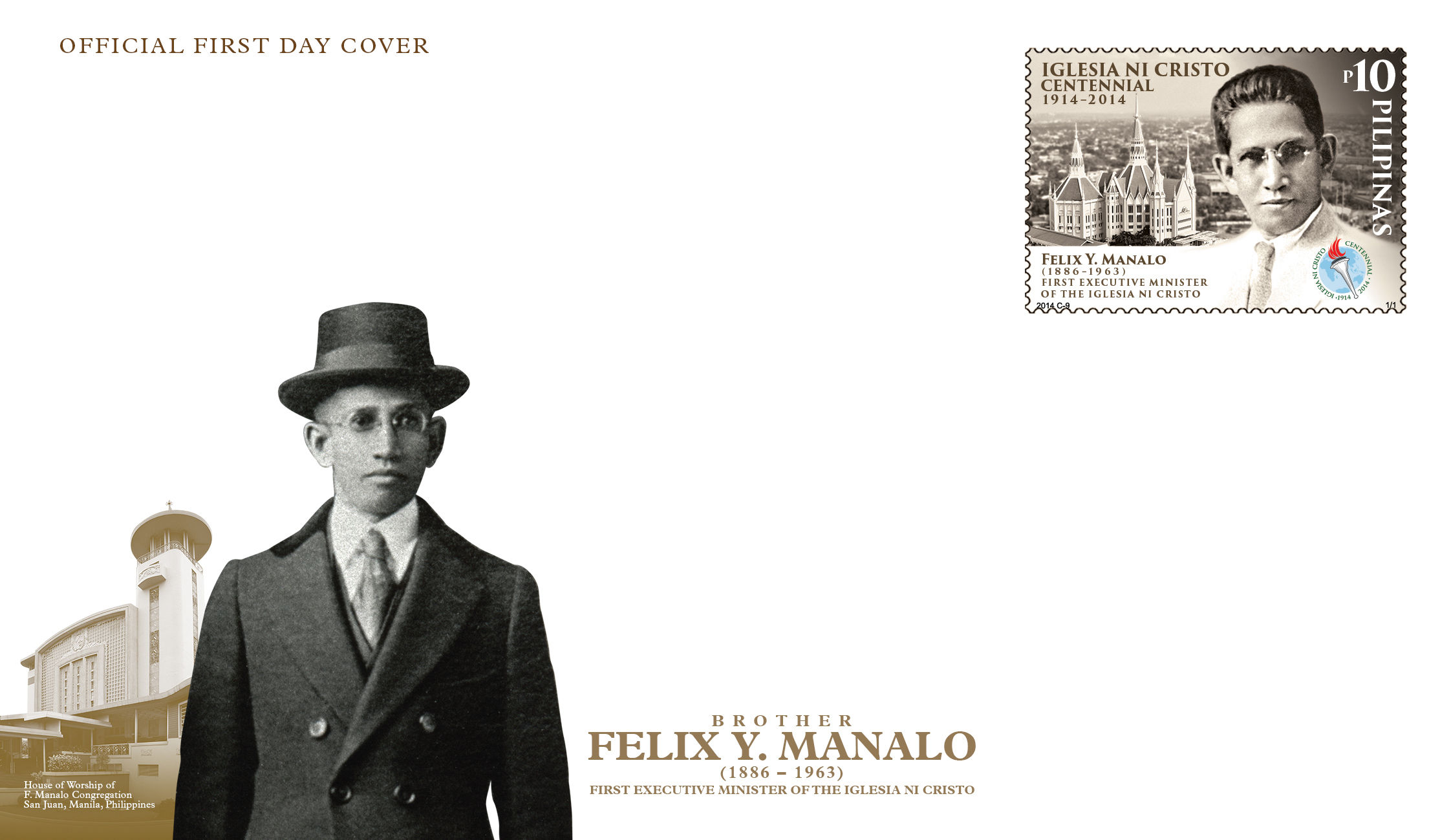
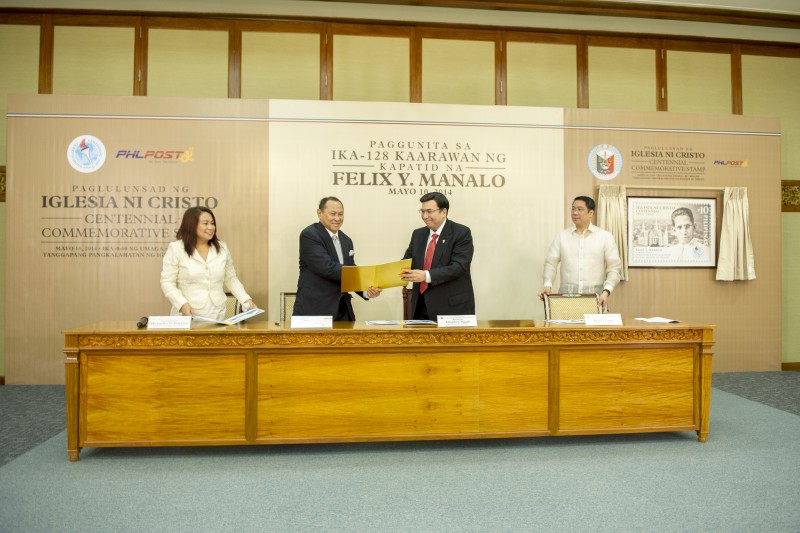
Dela Cruz also presented a souvenir frame of the INC Centennial commemorative stamp to the INC leader.
Eduardo V. Manalo is the third executive minister of the INC, succeeding his father, Eraño G. Manalo, who had served as the INC’s leader from 1963 until his death in 2009, during which time the church had spread in more than 100 countries and territories all over the world.
Before this, it was Felix Y. Manalo who first preached about the biblical doctrines of the Iglesia Ni Cristo after secluding himself inside a room for three days and nights in intense prayer and studies of the bible sometime in November 1913. He continued to preach about the biblical beliefs of the Iglesia Ni Cristo, baptized new INC members and on July 27, 1914, the Iglesia Ni Cristo was registered with the Philippine government. Before his death on April 12, 1963, the INC had spread all over the country. The INC believes that the establishment of the Church of Christ in the Philippines on July 27, 1914 that coincided with the start of World War I, is the fulfillment of God’s prophecy on the re-emergence of the Church established by Christ for mankind’s salvation in “these last days.”
In his speech after the official unveiling of the stamp, “Ka Eduardo” said the INC’s string of victories was the “handiwork of God.” He said this is why it is only proper and fitting that in the Church’s celebration of its Centennial on July 27, all INC brethren should give honor and glory to God for making all these victories possible.
Manalo also mentioned the significance of the launching date of the INC Centennial Stamp as part of remembering the INC’s first executive minister Felix Y. Manalo and his ministry, citing a biblical verse, Hebrews 13:7. He also thanked PhlPost on behalf of the INC for issuing the Centennial commemorative stamp.
PhlPost Chair Sarino said the INC is notable for being a “Filipino” Christian religion that had spread throughout the world, exporting the Filipino character and qualities to other countries. He said that being a Filipino himself, he takes pride in this achievement of the INC even if he is a not a member of the Church.
Presently, the INC church membership includes not just Filipinos, but various nationalities all over the world.
Alvin Alcid, chief of the Research, Publications and Heraldry Division of the National Historical Commission noted that not all organizations celebrating their centennial are given a commemorative stamp.
But after a thorough study, the INC centennial had been decided by the Commission to be of national historical significance, particularly because the INC originated in the Philippines and had reached more than 100 countries and territories in its 100 years of existence, he said in an interview after the program.
Alcid said this was why the Commission is also deliberating on issuing a historical marker for the INC Centennial this year, hopefully in time for its 100th anniversary celebration on July 27.
During the program, Dela Cruz also said Philpost is also interested in setting up a “selfie stamp” booth at the Philippine Arena on the centennial celebration of the INC in Bocaue, Bulacan
The INC’s Philippine Arena, which is touted as among the world’s largest domed arenas, will be the center of the Church’s Centennial celebrations on July 27. (Eagle News Service)
Source: EagleNews

Pope Francis stamps to His Holiness Pope Francis at the St. Peter’s Square in Vatican City
PHLPost Postmaster General Josefina Dela Cruz and Assistant Postmaster General Luis Carlos present Pope Francis stamps to His Holiness Pope Francis at the St. Peter’s Square in Vatican City. The stamps commemorate the Pope’s second year as the leader of the Catholic Church.

Miss World 2013 Megan Young Stamp Launching
Miss World 2013 Megan Young Stamp Launching in 2014 with Postmaster General Josie Dela Cruz , Miss World Megan Young and PHLPost Chairman Cesar Sarino.

PTV News@6
Special stamp ng PhilPost, tampok si Miss World 2013 Megan Young
PHLPost issues gold-foiled, 3D stamp for Year of Wooden Horse
MANILA, Philippines—To welcome the year of the wooden horse, the Philippine Postal Corp. (PHLPost) made available to the public the first ever gold-foiled three-dimensional (3D) stamp in the country on Friday.
Adopting a 3D embossing technology to produce the stamp, PHLPost said that the Year of the Horse Stamp-Special Issue Souvenir Sheet features a horse figure printed in gold foil stamping.
The government-owned postal services corporation said that the stamp is “the perfect souvenir stamp” to welcome the Chinese New Year.
“With its golden and embossed feel, the said stamp aptly showcases the grandeur Chinese New Year brings not only to the Chinese community but for common Filipinos alike,” PHLPost said in a statement.
According to PHLPost, the special issue has 12.5 to 14 holes perforation, printed using a special offset ink (processed ink) and was released in 7,000 copies only.
“We have made it available to the public especially among philatelists starting today,” Postmaster General and CEO Josie dela Cruz said.
The Horse Stamp-Special Issue Souvenir Sheet is sold P200 per piece while the regular ones cost P10 and P30.
Source: GMA Integrated News
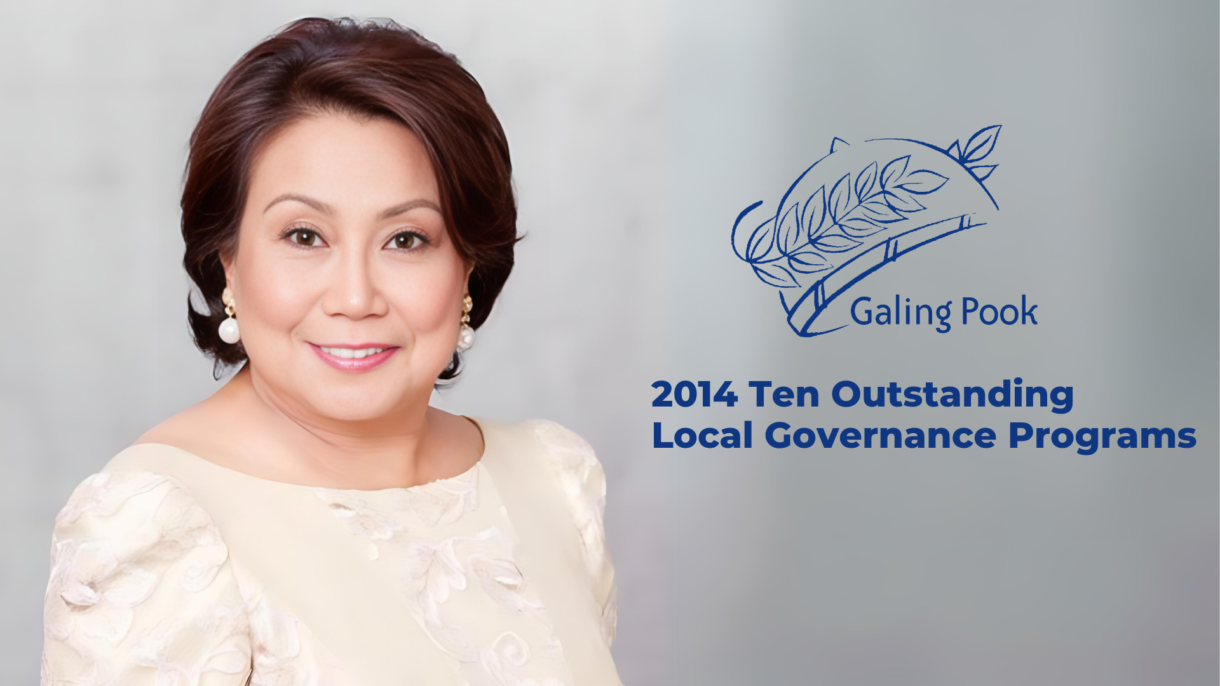
Galing Pook 2014: Sparks of Hope and Optimism
Message of Post Master General Josie Dela Cruz in Galing Pook 2014
With utmost felicitations, let me congratulate this year’s recipients of the Galing Pook Awards.
Through the course of its existence, Galing Pook Awards has been a beacon of excellence in search for outstand- ing government programs that thrive in promoting innovative practices in the local governance arena.
As you join the roster of good governance champions, your winning pro- gram has become an instrumentality for genuine reform, public accountability, and transparency.
This recognition will serve as an inspiration among government officials to harness their creative minds and available local resources so as to cultivate novel ideas and developmental programs responsive to the needs of their con- stituency. Further, this will spark hope and optimism at the grass-roots level amid a number of controversies in the country’s political landscape.
We at PHLPost are honored to be a part of this endeavor that mirrors the same ethos that we are espousing in the corporation. We value efforts geared towards innovation, solving problem, and making a difference, in the same way that this year’s outstanding local government programs had pioneered transformation, addressed problems and made an im- pact in the society.
Let this achievement lead you one step closer to a more meaningful journey of arousing other communities to rep- licate your winning program in their locale.
Truly, the hope for a better tomor- row, a better future, and a better Philippines, is within reach as Galing Pook Awards Program and awardees jointly smooth the path to a road marked with opportunities, progress and growth.
Again, congratulations and God speed!
Source: Galing Pook
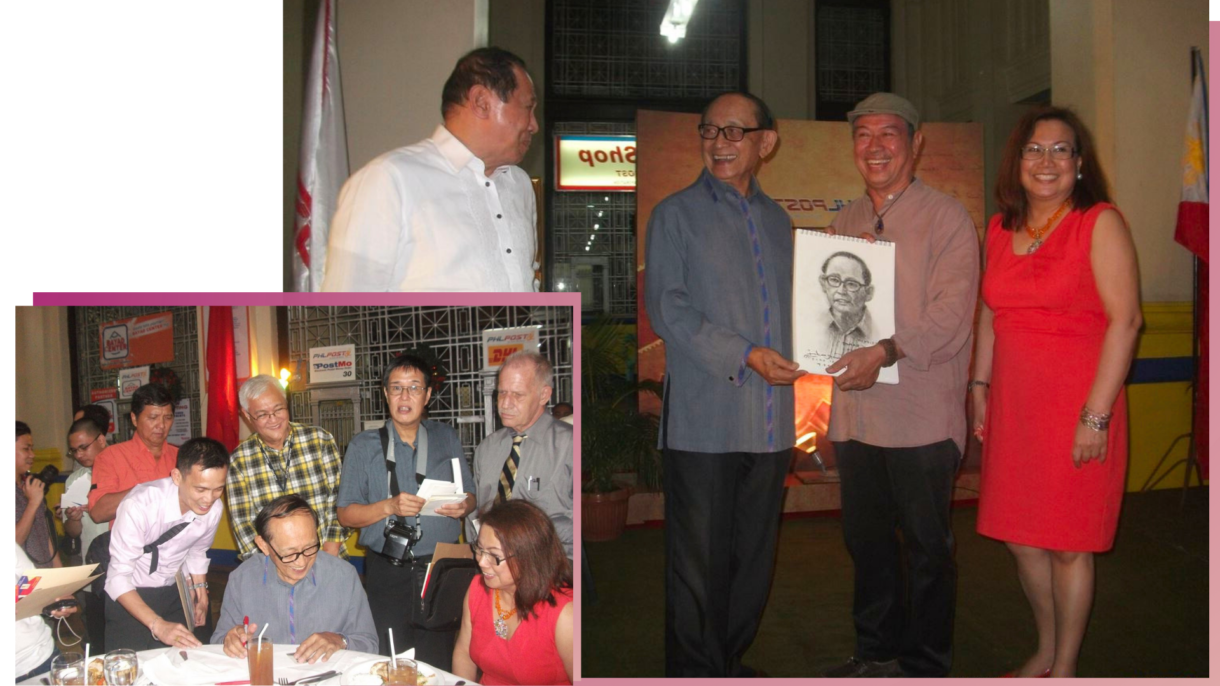
Stamp Collector’s Night at the Manila Central Post Office
Manila Central Post Office lobby , Liwasang Bonifacio , Ermita – Manila , Philippines

I heard several weeks ago about the plan of the Philippine Postal Corporation to invite stamp collectors, stamp bloggers , media and stamp enthusiasts for a get together ” salu-salo ” at the Manila Central Post Office.
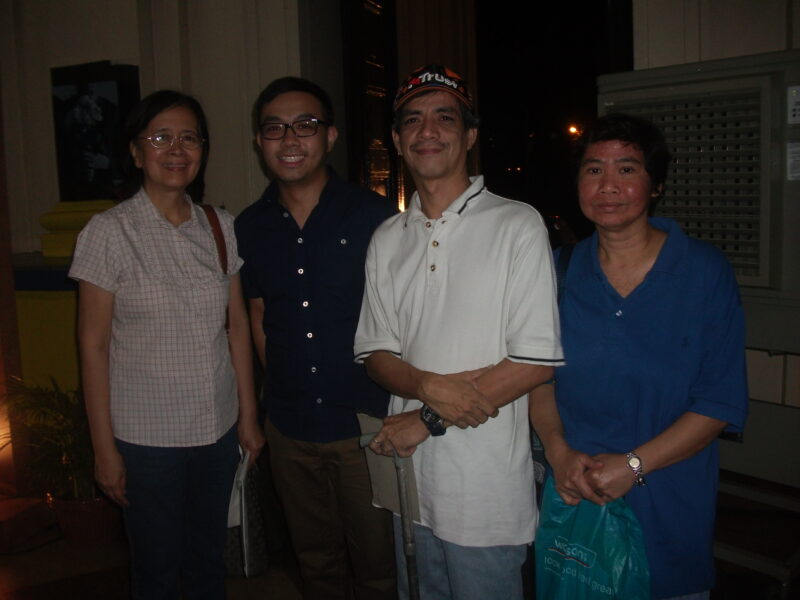
The initiative was through the office of Postmaster Maria Josefina ” Josie” dela Cruz and Philpost President Ceasar Sarino . It was one BIG momentous occasion . The get- together aimed to foster the bonding ties between private collectors and the Philpost.
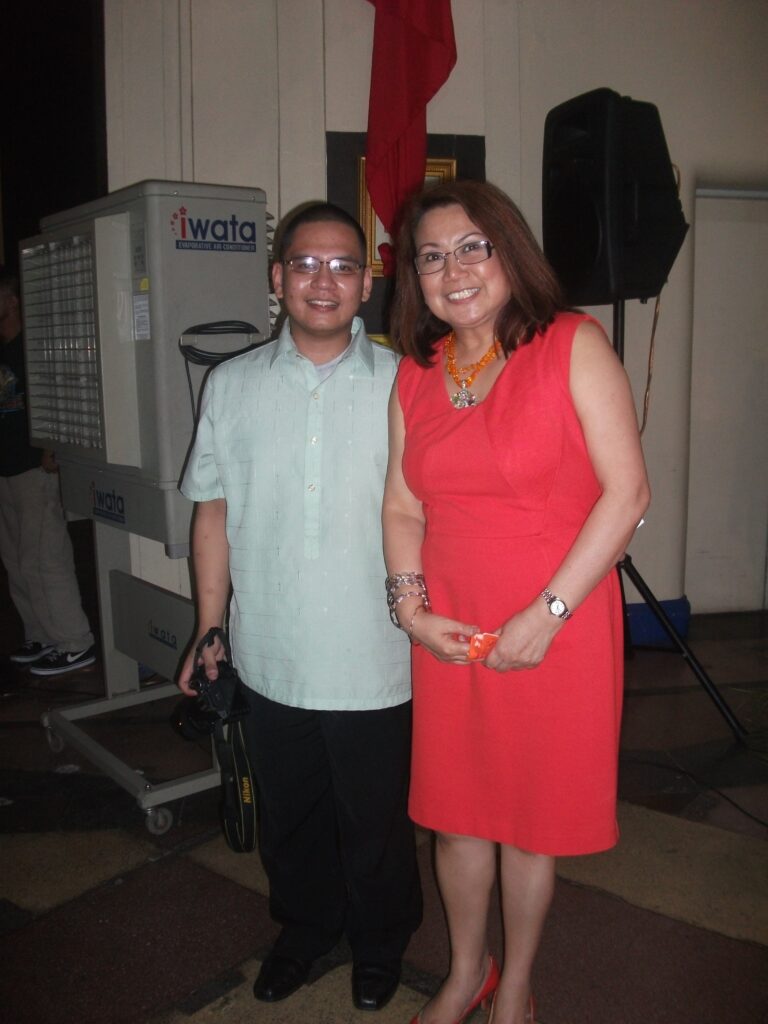
Mr. Jonathan J. Blaza is a blogger, post-crossing ambassador , bird enthusiast , orchid , postcard and stamp collector.
It was last week when i got a verbal invitation from the Philatelic section through Mr. Vic Serevo ( Philatelic Designer ). While i was purchasing some tricycle stamps.

A more formal invitation from Mr. Rey Ong de Jesus ( stamp advisory committee member and board member of various stamp clubs ) was printed in a small piece of paper , which he personally distributed during the monthly meeting of Filipinas Stamp Collectors’ Club last November 17, 2013.
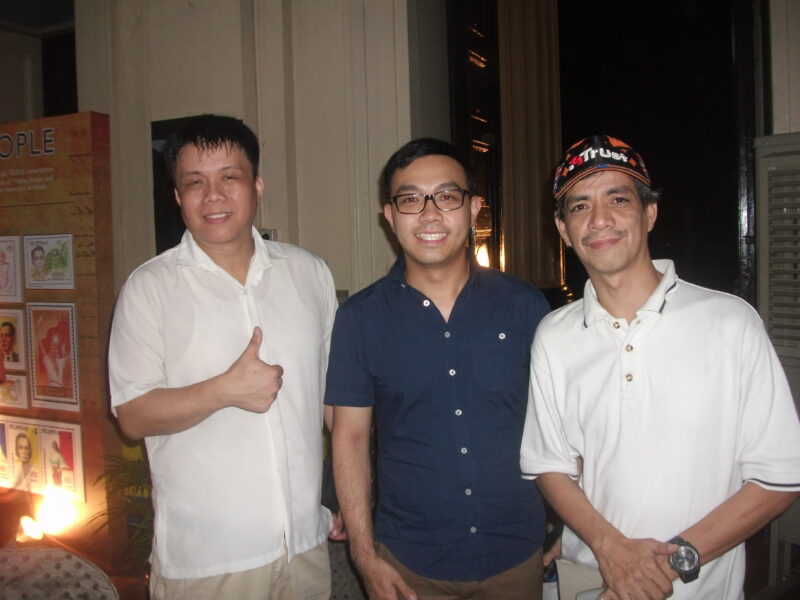
I got another invitation via email , Surprisingly from the head of the Philatelic section on November 18, 2013 MONDAY afternoon. Rarely got any email correspondent from the Philatelic head . In particular , the much needed TECHNICAL information about the stamp issuance which is very vital in the information dissemination and PUBLIC information. I was just amazed that she managed to send an invitation this time.

– On Tuesday November 19, After after buying some FDC’s and stamps at the Philatelic section . Most of which are ordered by my friends, relatives and swap mates in different parts of the world. I again re-confirm my attendance on this special night.

The event took place when former President Fidel V. Ramos arrived at the lobby of the Manila Central Post Office at around past 6:00pm. All eyes and ears were on him. He is a respected statesman , military officer , shell , book and stamp collector too! He is also vital for the passage of several laws which helped the Philippine Postal Bank and the Postal System of the country.
He wanted a postal system and stamps to be at par with “World Class” since there are also foreign stamp collectors which specializes in Philippine stamps.


It is also amazing how stamp collectors from different part of the country manage to come to the affair with such a short notice.

The members of Quezon Philatelic Society had to travel more than 5 hours just to attend this affair. According to Mr. Stanley Siu – They were stuck at the SLEX north bound area for about 1 hour. While some members of the Naga Philatelic Club arrived past 7:00pm .

Mr. Dione ” Jong ” Caytiles a stamp collector who works for an international banking institution makes a pitch for his province .

Mr. Santi Fernandez is a young stamp collector studying at the Angelicum College ( home school) in Quezon City . He only started collecting stamps, FDC’s and letters just a few months ago but he is not new to the field of collecting. He also collects coins, paper bills and some object d’ arts. He became aware of stamp collecting from his father , uncle and aunt .

Mr. Jimmy Ang is the current President of the APO Philatelic Club. He had one of the most number of FDC ‘s , books, memorabilia that he brought to be autographed by former president.

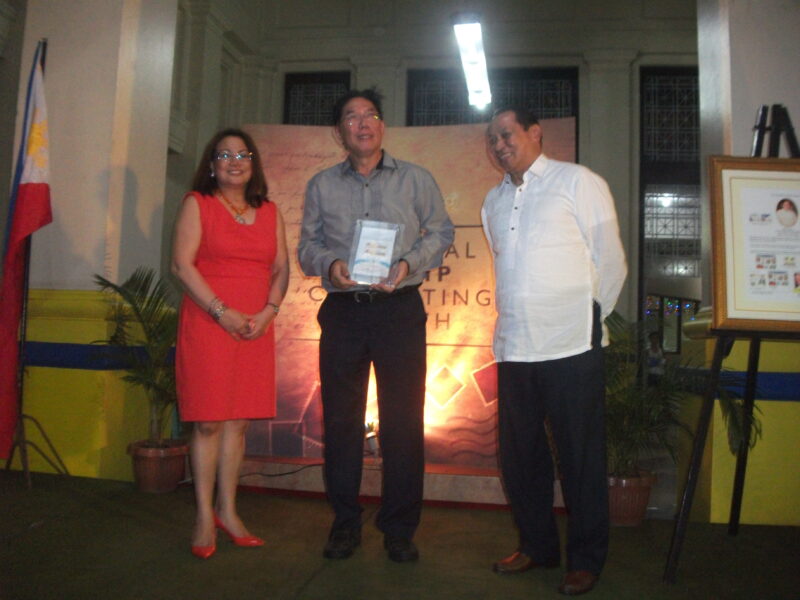
One of the highlights of the evening was awarding Filipino philatelists which brought international honors to the country during the Thailand World Stamp Exhibition . Mr. Robert Tan exhibited entitled Philippines 1854-1877 (Pre-U.P.U. Era)
Award: Vermeil and another entry
China Pre-UPU Era
Award: Large Vermeil

Philippine Postal Activities
during Japanese Administration 1941-1945
Award: Vermeil

Mr. Alfredo Roxas is a long time stamp collector and Philippine stamp dealer . His clientele are stamp wholesalers from different parts of the world. His international participation helps promote Philippine stamps .

Dr. Ngo Tiong Tak is well-known for his publication on Philippine Stamp Catalog , stamp advisory committee chairperson ( Philpost ) for more than 10 years. He is also an TB Seal stamp advisory member.


Everyone were treated to a sumptuous dinner party where Postal employees and officers have a light conversation with well-known stamp collectors as well as the new generation stamp collectors. Some of them took an early leave just to attend this historical ( RARE ) occasion. Thanks for the invite!
Source: Collectors Connection
PTV Interview
PANAYAM KAY JOSIE DELA CRUZ, KAUGNAY SA TULONG AT ‘LOGISTICS’ NG PHILPOST
by TriangleMS
World Mail & Express Asia Pacific 2013 Bali, Indonesia
One of the Speakers: Philpost Post Master General Josefina M. Dela Cruz
Source: Flickr
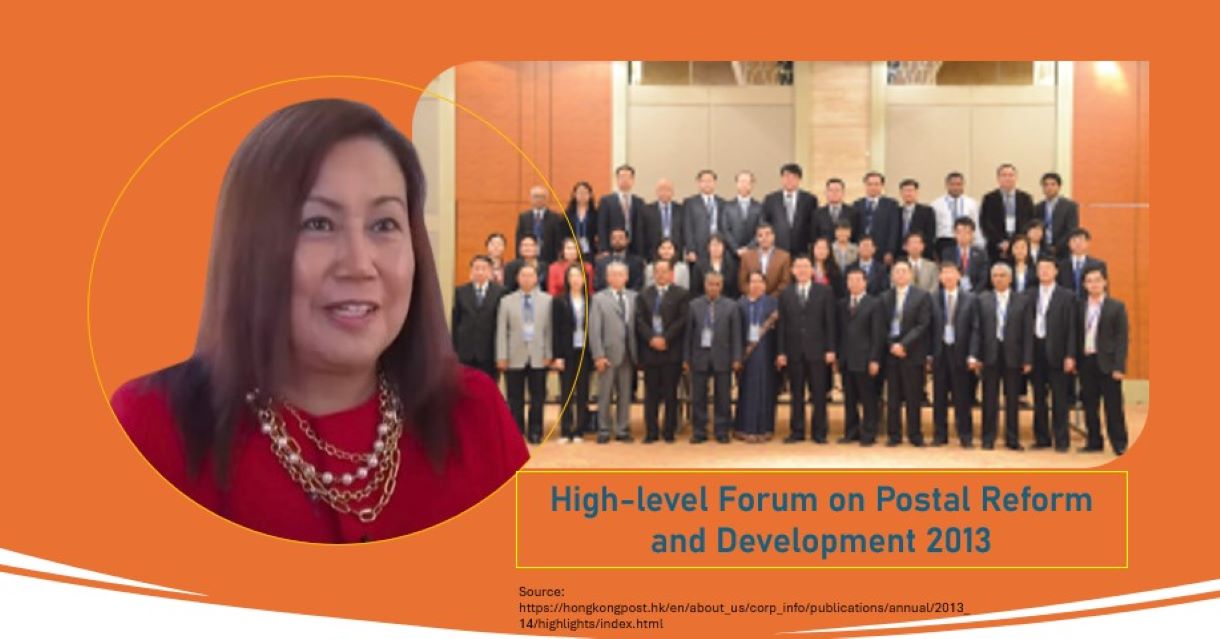
High-level Forum on Postal Reform and Development in the Asian-Pacific Region
Hongkong Post attended the “High-level Forum on Postal Reform and Development in the Asian-Pacific Region” organised by the State Post Bureau in Beijing, China to foster cooperation between Hongkong Post and other postal operators in the Asia Pacific region.
One of the Speakers: Philpost Post Master General Josefina M. Dela Cruz
Source: Hongkong Post

PHLPost issues first triangle stamps
Evelyn Macairan – The Philippine Star
August 5, 2013 | 12:00am
MANILA, Philippines – The Philippine Postal Corp. (PHLPost) has issued its first ever triangle-shaped stamps featuring eight marine species found in the country.
According to PHLPost, the issuance of the Philippine Marine Biodiversity Stamp was in line with its participation in the Thailand 2013 World Stamp Exhibition being held at the Siam Paragon in Bangkok.
The exhibit kicked off last Friday and will end on Aug. 14.
Of the 10,000 stamps printed, PHLPost said 5,000 copies are available at the exhibit in Bangkok.
Each stamp is sold for P100 at the Manila Central Post Office in Liwasang Bonifacio and at all PHLPost regional offices.
The marine species featured in the stamp are the Lemon Goby, Dragon Wrasse, Spotted Puffer, the three-spot Angelfish, the white-tailed Damselfish, the Orange Sea Perch, the Lemonpeel Angelfish, and the electric-blue Damsel.
Source: PhilStar Global

DHL Collaboration with Philippine Postal Corporation
PHLPost Chairman Cesar Sarino, Postmaster General Josie Dela Cruz and DHL EXpress Philippines Country MAnager Yati Abdullah.
- Service will first be available at 12 PHLPOST locations with more outlets to be added in 2014.
- Offers more international shipping options to small and medium enterprises in the Philippines.
The Philippine Star
8 May 2013
DHL Express, the world’s leading express services provider, today announced a partnership with the Philippine Postal Corporation (PHLPost). This first-of-its-kind collaboration is part of PHLPost’s plans to reinvigorate its international service offering by providing more shipping options to its customers.
DHL Express services will first be offered at twelve (12) PHLPost locations in Ortigas, Pasig City; Greenhills, San Juan City; Cebu City; Baguio City; Sta. Rosa, Laguna; Angeles, Pampanga; Iloilo City; Legaspi City; Davao City; and central post offices in Manila, Quezon City and Makati City. Customers will be able to enjoy the ease of shipping internationally to over 220 countries and territories by simply registering their documents and packages at the post offices. The availability of the 24/7 customer service hotline andtrack and trace capability give customers the ability to closely monitor their shipments from pick up to delivery.
“Our partnership will see us leverage on the extensive network and services of DHL Express to further boost our product offerings and reach. It will extend over and beyond the maximum weight limit permissible and outside of the existing serviceable countries of our Express Mail Service. This will enable us to be more globally competitive and ready to serve the increasing demands of our customers. The extension of services allows us to continue adding value to our customers through the provision of prompt and affordable services,” said Josefina dela Cruz, Philippine Postal Corporation, CEO and Postmaster General.
“International trade is a key driver of economic growth. Increasingly, we are seeing efforts by both public and private sectors working hand-in-hand to revitalize the logistics industry in the country. The partnership that we witness today is a showcase of PHLPost’s commitment towards elevating its service offering to its customers, and we are excited to be a part of this journey. Our experience in working with some of Southeast Asia’s national postal offices in Singapore, Malaysia, and Vietnam will allow our local team to share best practices with PHLPost,” said Yasmin Aladad Khan, Senior Vice President DHL Express Southeast Asia.
Nurhayati Abdullah, Country Manager, DHL Express Philippines commented, “We are excited about this partnership because it is born out of both parties’ mutual desire to provide Filipinos with fast and reliable ways to send heavier parcels and packages to more countries abroad. This collaboration is a perfect combination of the unrivalled global network and expertise in international express industry of DHL Express, with PHLPost’s local postal services and its extensive reach in the country. More importantly, local small and medium enterprises will be able to tap on the wealth of knowledge that DHL and PHLPost possess , to expand their business overseas more efficiently.” The DHL Express service offering will cover the following shipments under the agreement: – Shipments weighing 0.5 kg and above to be sent to countries currently not covered by PHLPost’s Express Mail Service (EMS) – Shipments sent to countries where EMS is offered, but exceed the maximum weight that can be accepted DHL services will be expected to be rolled out in more PHLPost locations in 2014.
Source: PressReader

As snail mail declines, PhilPost diversifies to logistics
By DANESSA O. RIVERA, GMA News
Published May 7, 2013 6:48pm
The speed of email has made snail mail nearly obsolete. But the nation’s post offices don’t want to become extinct. Philippine Postal Corporation (PhilPost) is seeking to diversify its services from mail delivery to logistics through a partnership with DHL Express Philippines. “The traditional mail is declining,” said PhilPost CEO and postmaster general Josefina dela Cruz. According to PhilPost data, it delivered 156,165,480 pieces of mail in 2011, down 34 percent from 206,107,210 in 2010, while data is not yet available for 2012. “We are now a logistics company. You send, we deliver. We deliver your mail, we deliver your goods, we deliver your money,” dela Cruz said. This year, dela Cruz said, PhilPost is targeting an increase of 15 percent in revenues to P4.6 billion. In 2012, PhilPost earned P3.5 billion in revenues, 9 percent below its target of P3.8 billion for the year. ‘We are transforming the postal work to logistics services from mail delivery,” PhilPost chairman Cesar Sarino said during the DHL-PhilPost Partnership press conference held in Makati City. PhilPost inked on Tuesday an agreement with DHL Express Philippines to partner for an international service. The partnership will allow PhilPost to expand its services from its 59 partner countries to 220 countries and accept parcels weighing more than 20 kilograms. The service, pegged at DHL rates, is initially available in 12 post offices in highly urban areas: Ortigas, Pasig City; Greenhills, San Juan City; Cebu City; Baguio City; Sta. Rosa, Laguna; Angeles, Pampanga; Iloilo City; Legaspi City; Davao City; and central post offices in Manila, Quezon City and Makati City. Dela Cruz said the partnership will be one year initially, noting that the PhilPost offices offering DHL services are less than 1 percent of its 1,800 offices. The local express services provider will look at expanding to more postal offices after a year, DHL Express country manager Nurhayati Abdullah said. PhilPost entered the logistics business after it received nine out of 12 units of six-wheeler canter trucks and four units of 10-wheeler trucks in January. — BM, GMA News
Source: GMA News

Philpost issues special stamps for Chinese New Year and Valentine’s Day
Good news for stamp collectors: the Philippine Postal Service is issuing special stamps to mark the Year of the Snake and Valentine’s Day.
 The Chinese New Year stamp has a Junior Dragon (snake) image with “Happy New Year” greetings in Filipino, English and Chinese, state-run Philippine Information Agency reported.
The Chinese New Year stamp has a Junior Dragon (snake) image with “Happy New Year” greetings in Filipino, English and Chinese, state-run Philippine Information Agency reported.
In its Feb. 6 report, the PIA quoted Postmaster-General and PhilPost CEO Josefina dela Cruz as saying the New Year stamps are popular among philatelists or stamp collectors.
A page on the Chinese New Year stamp on PhilPost’s website said some 110,000 stamps with denominations of P10 and P30 were issued starting Dec. 12 last year.
But dela Cruz said another 10,000 souvenir sheets each worth P80 intended for stamp collectors have also been produced.
The Year 2013 is the Year of the Water Snake according to the Chinese zodiac.
It begins on Feb. 10, 2013 and will end on Jan. 30, 2014.
Meanwhile, Philpost is also issuing special stamps for Valentine’s Day.
“Nothing matters more than love on Valentine’s Day. And nothing conveys love to your sweetheart better than a well-composed romantic letter. A beautiful love-letter has been known to win many hearts and seduce many souls. A powerful weapon in a lover’s arsenal, a love-letter is an indispensable part of Valentine’s Day celebrations,” it said.
 The 2013 Valentine’s Day stamp features an illustration of a couple in traditional Filipiniana attire holding hands. In the man’s hands is a bouquet of flowers, while a love letter—with a stamp of course—is in the woman’s hands.
The 2013 Valentine’s Day stamp features an illustration of a couple in traditional Filipiniana attire holding hands. In the man’s hands is a bouquet of flowers, while a love letter—with a stamp of course—is in the woman’s hands.
“Come what may, romance will never be lost to Pinoys. As long as there are people falling in love, love letters will always be written, cherished and enjoyed forever by the grateful recipient,” it said.
PhilPost said the stamps and Official First Day Covers were made available since January 14 at the Postage and Philatelic Department at Manila Central Post Office. —KG, GMA News
Source: GMA News

PHLPost 2012
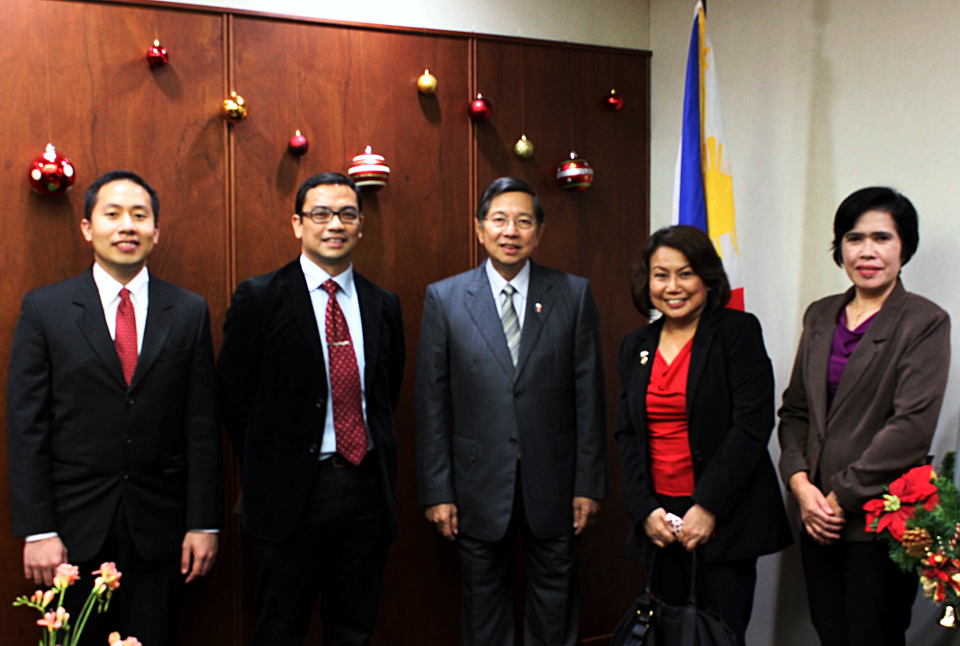
Postmaster General Dela Cruz Calls on Ambassador Lopez and Meets with the Filipino Community in Tokyo
The Postmaster General and Chief Executive Officer of the Philippine Postal Corporation (PhilPost), the Hon. Ma.Josefina M. Dela Cruz, paid a courtesy call on Ambassador Manuel M. Lopez at the Philippine Embassy on 12 November 2012.
Postmaster General Dela Cruz and Assistant Postmaster General for Finance Maura M. Baghari-Regis were in Tokyo from 12 to 14 November 2012 to attend the Eurogiro Community Meeting: Asia Pacific and Customer Council Meeting held at the ANA Intercontinental Hotel in Akasaka, Tokyo.
Postmaster General Dela Cruz also met with the members of the Filipino community at the Philippine Embassy’s Multi-Purpose Hall on 14 November 2012. During the meeting, the Postmaster General informed the Filipino community that PhilPost is currently advancing its products and services, including their remittance and money order service which may assist Filipino nationals overseas. PhilPost is expected to launch their brand new remittance and money order service in January 2013.
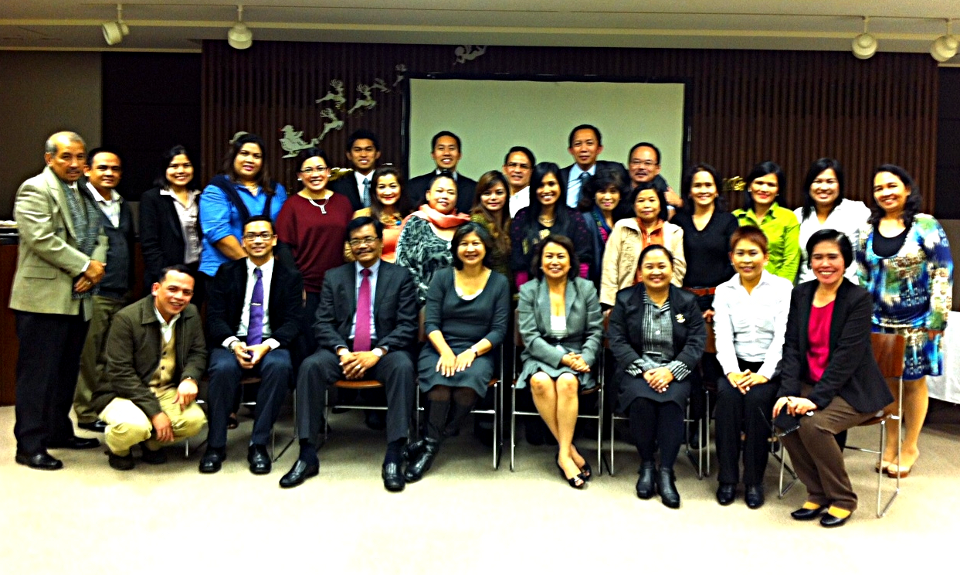

Philpost unveils Calungsod stamp
MANILA, Philippines – In honor of the canonization of Blessed Pedro Calungsod, the Philippine Postal Corporation (PhilPost) has unveiled on Sunday, October 21, a commemorative stamp showing the latest saint from our country. Philpost unveiled the stamp during the 12 noon mass at the EDSA Shrine that celebrates the canonization of Calungsod as the second Filipino saint.
Source: https://www.rappler.com/philippines/14571-philpost-unveils-calungsod-stamp/
Calungsod stamps sold out in 9 days
November 29, 2012
MANILA, Philippines – With the initial 50,000 pieces of commemorative stamps of St. Pedro Calungsod sold in just nine days, the Philippine Postal Corp. (PHLPost) has reprinted an additional half a million stamps to be sold to the public.
PHLPost Postage and Philatelic Department manager Elenita San Diego said they reprinted 500,000 pieces of Calungsod stamps.
The reprinted copies of the stamp were presented yesterday, two days ahead of the National Day of Thanksgiving in Cebu City tomorrow.
San Diego said there was clamor for the PHLPost to release more stamps of the second Filipino saint.
“Due to insistent public demand, we reprinted 500,000 more Calungsod stamps,” she said. The PHLPost earned P450,000 from Calungsod stamps.
The PHLPost released a single stamp design wherein Calungsod is holding a palm leaf on his left hand while his right hand rests on the chest signifying his deep Roman Catholic faith. On the right side of the stamp is the missionary route that Calungsod took to reach the Marianas Island.
Last Oct. 21, the PHLPost launched the Calungsod stamp at the EDSA Shrine.
The first print of Calungsod stamps were sold out by Oct. 29, prompting the PHLPost to reissue the same design.
The stamp is sold at P9 a piece. But instead of 40 pieces of stamps in a sheet, it was reduced to 20 pieces per sheet during the reprinting.
PHLPost Postmaster General Ma. Josefina dela Cruz asked Cebu Archbishop Jose Palma to relaunch the stamp during the National Thanksgiving for Calungsod.
Calungsod Parish in Bilibid
A parish named after Calungsod has been built at the New Bilibid Prison (NBP) in Muntinlupa City to attend to the spiritual needs of the estimated 50,000 residents there.
The CBCPNews, the official news service provider of the Catholic Bishops’ Conference of the Philippnes (CBCP), said Parañaque Bishop Jesse Mercado put up the San Pedro Calungsod Quasi-Parish last Oct. 14.
“The quasi-parish envisions itself as a church of the poor, a refuge for those seeking hope and healing, a venue for people to be agents of change through spiritual formation and livelihood programs,” Fr. Benjamin Molina Jr., parish priest, said.
Source: https://www.philstar.com/metro/2012/11/29/875903/calungsod-stamps-sold-out-9-days

Philpost Issues Metrobank Stamps
Posted on August 29, 2012 by Rence Chan
Philippine Postal Corporation, Main Lobby, Ermita, Manila –Philippines
It was earlier this year, when I heard news about the on-going proposal for the issuance of the Metro Bank ‘s company’s golden anniversary commemorative stamp through the Philippine Postal Corporation ( Philpost ) . Mrs. Elenita San Diego (Philatelic and Postage Department head) and Mr. Reynaldo Ong de Jesus (member of the stamp advisory committee) then invited me as a guest during one of the stamp advisory meeting consultation.
Although it was not my first time to attend such advisory meetings . As a philatelist (stamp collector), being invited in such a meeting is always been a privilege and an honor to meet the current stamp advisory board led by the enigmatic Postmaster General Maria Josefina Dela Cruz and board members of the stamp advisory committee.
Everyone is doing their job since there are various representatives from different government agencies like National Commission for the Culture and the Arts, National Historical Commission of the Philippines for historical validation, representative from stamp collecting clubs and other important people who can share their talent, wisdom and knowledge in the stamp design, marketing and public awareness.
History:
Metropolitan Bank & Trust Company (Metrobank) founded in September 5, 1962 , has since become the premier universal bank and among the foremost financial institutions in the Philippines. It offers a full range of banking and other financial products and services, including corporate, commercial and consumer banking, as well as credit card, remittances, leasing, investment banking and trust banking. Metrobank currently spans a consolidated network of over 1,400 ATMs nationwide; over 760 domestic branches; and 38 foreign branches, subsidiaries, and representative offices.
The stamp collection traces back the roots and beginnings of Metrobank and into becoming the largest and premiere financial conglomerates today.
Metro Bank Foundation Incorporated:
Mr. George S. K. Ty established on January 8, 1979 , sixteen (16) years after he founded the Metropolitan Bank & Trust Company, the Metrobank Foundation is engaged in social development projects in the Philippines and other parts of Asia. As the corporate social responsibility arm of the Metrobank Group, the Foundation implements various programs in education, visual arts and healthcare. It also maintains an active and dynamic partnership with other organizations that likewise provide services for the disadvantaged. Among the Foundation’s flagship programs are the Metrobank Art and Design Excellence (MADE), Search for Outstanding Teachers (SOT), College Scholarship Program (CSP), Metrobank-MTAP-DepEd Math Challenge (MMC), The Outstanding Philippine Soldiers (TOPS), and Country’s Outstanding Policemen in Service (COPS). It also supports programs aimed at educating the citizenry on public-interest issues through research and lectures given by the distinguished holders of the Metrobank Foundation Professorial Lecture established by the Foundation in partnership with reputable educational institutions.
Golden Anniversary Highlights:
One of the highlights of its 50th anniversary celebration this year, the Metropolitan Bank & Trust Company ( Metrobank) unveiled to the public a collection of 4 commemorative stamps that chronicles the milestones in the bank’s history as symbolized by four significant structure built by the institution.
Technical Description: Metrobank, 50th Anniversary
Kind of Issue: Commemorative
Denominations and Quantity: Php 7.00 / 140,000 pieces
Date of Issue: August 29, 2012
Last date of Sale: August 28, 2013 (as stocks allow)
Sheet Composition: 40
Size: 30 mm x 40 mm
Perforation: 14
Printing Litho offset (4 colors)
Paper: Imported Unwatermarked
Printer: Amstar Company, Inc.
Lay out Artist: Victorino Serevo
Design Coordinators: Metrobank Foundation, Inc. & Mrs. Elenita San Diego
Designs: Provided by Metrobank
Stamp 1: Wellington Building -Binondo Branch, 1963
Stamp 2: Metrobank Plaza, Senator Gil Puyat , Makati City 1977
Stamp 3: GT Tower, 217 meters ( 3rd tallest building in the country ) 2004
Stamp 4: Metrobank Plaza, Shanghai,
People’s Republic of China, 2007
Note: I would like to thank, Philpost , Metro Bank Foundation and Metro Bank group of company for the invitation to the event. Maraming Maraming Salamat po ! This is a heart breaking experience as this would be the last stamp launching to be held within the Philpost building compound before the conversion into a hotel.
Source: Collectors Collection
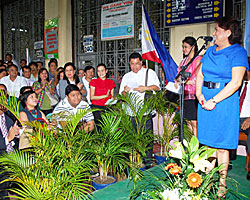
The Philippines Appoints its First Female Postmaster General
The Philippines has its first ever female Postmaster General, with the appointment of Maria Josefina M. Dela Cruz as the chief executive of PhilPost, the Philippine Postal Corporation. After being appointed by Dela Cruz officially assumed office on July 18 with a formal handover ceremony at the Main Post Office Building in Liwasang Bonifacio, Manila.
The new Postmaster General is a former three-term governor of Bulacan, the province located just to the north of Manila.
With degrees in management engineering and psychology from the Ateneo de Manila University, Dela Cruz began her public service career aged just 21 with election as the youngest ever member of the local council in the Bulacan town of Bocaue.
However, her appointment as the PhilPost chief is her first position as a government employee.
Josefina Dela Cruz said at her handover ceremony that PhilPost would soon be “reliable, trustworthy and efficient”
Postal employees hope her “vast experience” in public service will bring integrity and a new vision to Philpost, the state-owned company said.
Postmaster General Dela Cruz said of her appointment: “There are many challenges at PhilPost but they can all be overcome. PhilPost will soon be reliable, trustworthy and efficient.”
Dela Cruz takes over from Antonio De Guzman as Postmaster General, who presented his successor with a symbolic PhilPost flag during last month’s handover ceremony.
Source: Post & Parcel
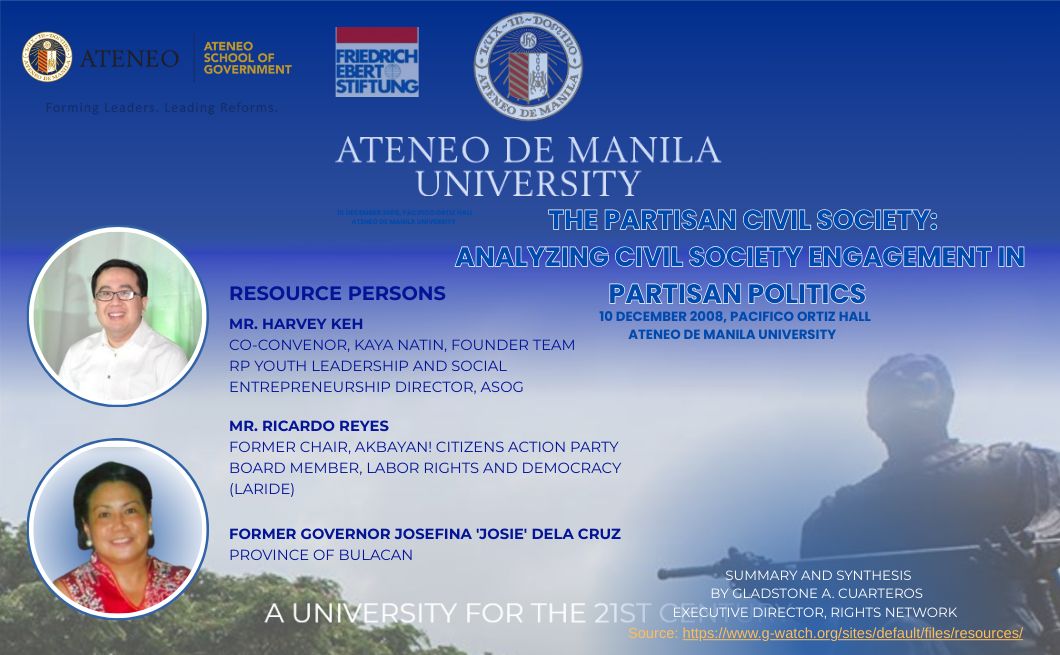
The Partisan Civil Society: Analyzing Civil Society Engagement in Partisan Politics

History of Bulacan Polytechnic College
The Bulacan Polytechnic College (BPC) formerly known as the Bulacan Public Community College (BPCC). It was established upon the approval of the Secretary of Education on June 8, 1971 and started its operation in 1972. The approval came under the leadership of Governor Ignacio (Nacing) Santiago and the principal of Marcelo H. Del Pilar High School (MHPHS) Miss Juana E. Ladia, who then become the first school administrator. BPCC started with 44 enrollees. Two courses were initially offered from 1972 to 1974: the two-year Junior Secretarial course with 15 students and the General Education course with 29 students. Classes were held at Marcelo H. Del Pilar High School Main Building and started from 5pm to 9pm.
The dwindling enrollment of General Education in the years 1975 to 1993 triggered the opening of the Steno Typing course. Nevertheless, in 1994, due to low number of enrollees, both General Education and Steno Typing courses were phased out.
Unfortunately, in the middle of 1995, a conflagration reduced the school into its shell.
On the same year, as part of the school’s relentless step, a new building was constructed adjacent to the MHPHS Main Building. The move revealed the intention of the school act in a more decisive role in the education of the people of Bulacan.
The advent of Computer Technology and the presence of Governor Roberto Pagdanganan helped boost the morale of the people involved in the operation of the school. Through Governor Pagdanganan and Mrs. Amparo Y. Del Rosario, the MHPHS principal, BPCC elevated the quality of education by including the Basic Computer Literacy program in the curriculum and streamlining the other existing programs. When Mrs. Amparo del Rosario retired from service, Ms. Rosalina G. Santos, who is also the High School Principal of MHPHS, took over as the new college administrator.
On September 29, 1997 by virtue of the Sanguniang Panlalawigan Resolution Number 97-550, the Provincial Government of Bulacan changed the name of BPCC to Bulacan Polytechnic College (BPC) and at the same time approved its Charter to provide vocational and technical instruction, and entrepreneurship education. This led the school to open new courses in addition to its existing curriculum.
When Vice Governor Josefina M. Dela Cruz took over as the Bulacan Provincial Governor, she continued the full support given to BPC by the PGB. Moreover, she designated a full time College Administrator. Bokal Gerardo Cruz was chosen as the man behind the helm. He, an educator himself, initiated constructive changes and other innovative development in the institution as per instructions from Gov. Dela Cruz and BPC Board of Directors. Whole day classes were opened to the public, (morning, afternoon and evening) whereas previously there were only evening classes.
The pressure of the burgeoning number of enrollees necessitated the construction of new school buildings in the newly acquired site in Bulihan, Malolos, Bulacan: one of the academic classes and the other for the technology courses under the Dual Training System (DTS). It was the brainchild of Gov. Dela Cruz to construct and to transfer the new school building for the trade areas and the Dual Training System. In September 2001, the buildings were completed and a solemn inauguration was held. Immediately, the classes were moved to the new building. It was also in this year when Mr. Gerardo Cruz left his post to complete his Master’s Degree and Dr. Danilo Hilario of Bulacan State University Graduate School took over as the College Administrator.
In the year 2003, Dr. Danilo Hilario was recalled to Bulacan State University. Consequently, since Mr. Gerry Cruz has finished his Master of Arts in Education, he was again commissioned as the fulltime College Administrator.
BPC made a significant achievement in 2003. In this year, the school offered new courses namely: the 2-year Certificate in Industrial Technology (CIT), a ladderized program under the BPC-BSU Consortium with majors in Electronics Technology, Electrical Technology and Welding Technology, the 2-year Certificate in Hotel and Restaurant Services Technology (CHRS); and the Competency Enhancement Program in Cooperatives (CEP Coop).
Enrollment continued to increase. The quality of instruction improved dramatically, which can be attributed to the enhanced capabilities of the instructors, improved facilities and library holdings, and modifies curriculum.
For an institution that has the resolute desire to promote quality education, the never-ending search for excellence becomes the primary goal. The success of its clientele is its triumph.
Source: Bulacan Polytechnic College

Despite e-governance, transparency eludes Bulacan
August 18, 2007
Philippine Center for Investigative Journalism
WHEN ONE speaks of e-governance, Bulacan always comes to mind. In fact, its “paperless bureaucracy” is so celebrated that even other countries have sought to replicate it.
It all began 10 years ago, with six computers, and 10 employees with computer skills. Now Bulacan has 12 servers, 299 computers, with 251 units connected to the local area network, and almost everyone has undergone computer training. It also has an entire department devoted to its system-wide, e-based information system.
A first-class province, Bulacan now has 19 information systems (see list). Among these is the real property tax information system, which provides an updated assessment of all real properties in Bulacan with a digital map to boot (even delinquent taxpayers can be spotted easily on a color-coded map). Tax collection has thus improved. Corruption has been reduced, especially since field appraisal assessments can now be generated in just five seconds.
The province also has a financial management information system (FMIS), used by the budget, treasury, and accounting offices in keeping track of all its financial transactions. One can see online the province’s procurements on supplies and medicines; biddings for roads, bridges, and other projects will soon be included.
Overall, these efforts have supposedly made transactions with the province more efficient, transparent, and accountable. But PCIJ learned that this isn’t necessarily true for some of its transactions.
Documents provided to the PCIJ show that last year, the province incurred a total of P19.92 million of budget overdraft for certain items. According to a veteran auditor, this means the province has “obligated more than its appropriation,” something which, the auditor says, could have been easily spotted with the capitol’s computerized operations.
Before any spending can happen, an obligation slip, which can be generated in a matter of three minutes through the FMIS, is issued. This obligation slip will show if there is an appropriation for a certain expenditure. If the budget for an expenditure — say travel — was exceeded, the local chief executive or the presiding officer of the sanggunian (council) must then request for a realignment so it could get the necessary funds from its other budgeted items.
It’s not clear whether anyone generated obligation slips for items such as seminars and trainings, office supplies, and transportation expenses, which were among those that led to overdrafts in the budget. The items in question were meant for the governor’s office and other offices under her, as well as for two legislative branch offices. A council member does say, though, that no requests were made for any realignment for such items. Instead, the provincial council passed a resolution authorizing the provincial accountant to close the book of accounts for 2006, automatically charging the overdraft to items with savings.
This not only defeats the purpose of having the much-vaunted FMIS as a monitoring system; according to the government auditor, incurring obligations for items without appropriation and without seeking the council’s approval to authorize any realignment is “not a good indicator of controls.” In other words, the council was reduced to a mere “rubber stamp.”
Then again, recent experience by the PCIJ also showed that the capitol’s claim that with computerization, “every citizen can be our COA,” is not exactly accurate. At the very least, accessing basic documents like the annual budget could be difficult, even though Governor Josie de la Cruz herself has said that anyone can go straight to their offices and review their books, and better yet, see it all online.
A Bulacan-based journalist says there was a time when budget documents were “simply everywhere.” But when his publication tried getting the 2005 budget, they were given an inch of a yellow paper with handwritten figures for only three items.
“That’s computerization and transparency right there,” comments the journalist.
When PCIJ tried getting a copy of the latest budget, the budget office could not show any document, not even a summary. The department head wasn’t around at that time and the staff said a request letter was needed before it could be released.
The provincial accountant was just as wary. When asked for its summary of income and expenses and other financial statements for the past years to present, the accountant said the data could not be easily generated. Only the summary for its 2005 expenses was given, and it took some prodding before it was shown. The PCIJ was not allowed to review the entire 2005 report.
It was only on the PCIJ’s second visit when the consolidated balance sheet and the consolidated statement of income and expenses dating back to 2003 (again records of previous years weren’t readily available) were given.
Actually, these documents can be seen in the annual reports of the Commission on Audit. The budget and the financial statements (the latest of which are still being uploaded) are also online at www.bulacan.gov.ph. Supposedly, these are accessible to everyone. In reality, one needs a user name and password to be able to see these pages. The information technology head, however, says they intend to make these public by August.
The governor explains that they recently had “to caution people about being careful” with allowing the public to access data because of the way information “is being twisted by our opponents.”
“It’s not that we’re hiding anything,” she says, “but it’s really just that I think they’re avoiding unnecessary problems.” Just before the 2004 elections, there were allegations that the capitol was suffering from debts.
“Maybe because you’re media (that’s why) they’re reluctant,” she offers.

Joint Systems Improvement in Education Project (JOSIE)
2005
Books and school buildings alone do not make a learned child. Bulacan learned this the hard way when results of the National Education Achievement Test (NEAT) given to public elementary school students came back with horrendous results.
In 2000, a typical student from Bulacan showed a report card that would make his mother weep: a rating of 39.40% in Math and a slightly better 40.23% in English. The national averages were hardly any better at 50% and 52% but with this dismal performance, Bulakeño students were already scraping the bottom of the pan.
Jolted to its feet, the provincial government turned the educational system inside out to determine what’s causing poor reading, computational skills, and dismal comprehension in Bulacan’s 496 schools. They found out a crucial cog to a child’s learning wheel was missing: the parents.
“Parents take the first responsibility to educate their children, not the teachers, not DepEd,” said Governor Josefina M. dela Cruz. Project JOSIE (for Joint Systems Improvement in Education) was thus launched in February 2001 to address the issue. It had two objectives: improve learning competency in English and improve computational and comprehension skills in Math.
The project covered elementary school students from grades 1 to 6. From 2001 to 2004, it required P35 million in funding from the provincial government and grants.
A special workbook was developed for students, written by the teachers themselves. The books were designed to match local needs and cost only P23 compared to P120 in commercial bookstores.
Parents and teachers were linked in an organization called SAMAKKA (Samahan ng mga Magulang sa Karunungan at Kabutihan).
The 2003 NEAT results showered remarkable improvement in learning performance: 76% in reading skills and 72% in comprehension skills; and 82% in computational skills and 71.5% in mathematical comprehension skills.
Despite political wrangling in the province, Gov. dela Cruz is confident the project will outlive her term of office.
“Politicians will always listen to the people’s demands. Whoever succeeds me cannot ignore this project,” she said. “This is one project that has moved on its own in spite and despite me.”
This program is recognized as one of the Ten Outstanding Programs in the 2005 Galing Pook Awards.
Source: Galing Pook

Pathways-Bulacan Celebrates 5th CLP Graduation
Three hundred twenty-eight (328) public school teachers from elementary and secondary level in Bulacan attended a commencement exercises held at the Hiyas Convention Center, Malolos City, Bulacan on December 13, 2005 for successfully completing the five-day training in basic computer usage under the Computer Literacy Program (CLP) of Pathways-Bulacan.
Guests included Governor Josefina Dela Cruz (Provincial Government of Bulacan), Mr. Marcos Dela Cruz (Asst. Schools Division Superintendent for Elementary- DepEd Bulacan), and Mr. Harvey S. Keh (Director, Pathways-Philippines). During their speech, the speakers gave emphasis on the importance of ample knowledge in science and technology, including computer literacy, in the improvement of the education sector. In addition, Mr. Keh declared his admiration for teachers whom he dubbed as the true heroes of our time. Gov. Dela Cruz, on the other hand, promised to distribute more computer units for Bulacan public schools.
Pathways-Bulacan Computer Literacy Program started on January 19, 2005 through the initiative of Ateneo De Manila University, Department of Education-Bulacan and the Provincial Government of Bulacan. To date, two thousand one hundred seventy-two public school teachers and students have undergone the hands on training provided by Pathways in basic computer usage.
Source: Pathways-Bulacan
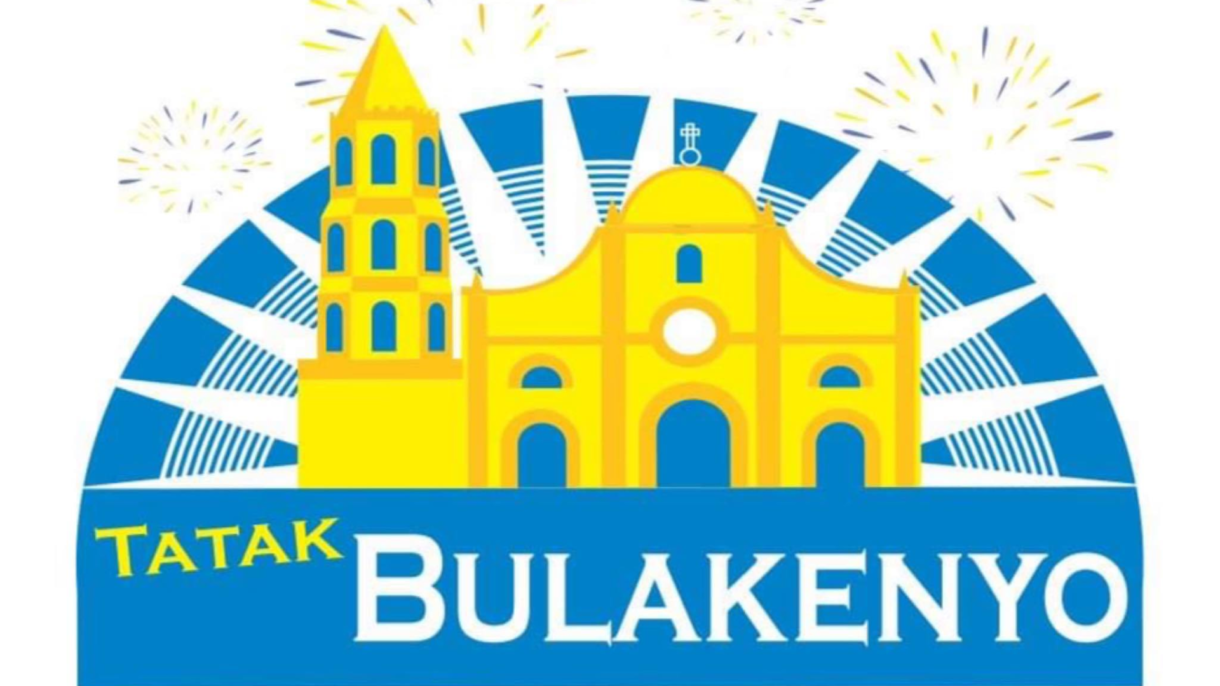
Bulacan: The SME capital of RP
Asking a “probinsyano” micro-entrepreneur to adopt a professional business approach may very well be an uphill climb.
But Bulacan Gov. Josie de la Cruz has always believed that it could be done.
First, inspire them to earn their sense of pride. The Tatak Bulakenyo seal takes care of that.
Launched in 2003, Tatak Bulakenyo is an effort to generate market opportunities and livelihood for the province’s micro, small, and medium enterprises (MSMEs) by enhancing the quality of local products.
Authentic Bulacan products with the special Tatak Bulakenyo seal is an imprimatur given to products that are ready for both the local and international markets.
Initially, seven priority products had been identified for product development under the Tatak Bulakenyo seal – pastillas de leche, minasa, inipit, ensaymada, longganisang Calumpit, tinapang bangus and kapeng Tagalog.
“These products have crossed the threshold of the nationwide market and can now enter the world market,” Gov. Josie de la Cruz confidently said. “There is a demand for them as the country’s major exports are now processed foods, ” she added.
But it was a long, steady rally towards today’s export-quality Tatak Bulakenyo products. Measures had to be taken to revolutionize Bulacan’s local MSMEs and their products.
“We wanted our entrepreneurs to adopt a professional approach,” said De la Cruz. To achieve this, the province has maximized its resources through the Provincial Cooperative and Economic Development Office (PCEDO), and the expertise of different partner agencies.
PCEDO has initiated a livelihood program, Kasulong sa Kabuhayan, which has granted some P5.8 million in loans to 78 MSMEs and 34 potential entrepreneurs.
The Department of Trade and Industry (DTI) provides assistance to MSMEs in the form of marketing, product development, financial brokering, technology upgrading, institutional development, human relations development, and database buildup.
The Bureau of Food and Drug (BFAD) assists entrepreneurs in product licensing, while the DOST provides product analysis services and packaging development.
The Bulacan Chamber of Commerce and Industry (BCCI) also assists member entrepreneurs in business development and promotions, inter-agency coordination, businessmen education and membership development, as well as consultancy services.
With the help of the partner agencies, the produce of local entrepreneurs enrolled in the Product Development Program now benefit with a greater public appeal and a longer shelf life due to higher quality control standards and cutting edge packaging design. PCEDO also boosts the products’ marketability through promotions and trade fairs.
Today, Bulacan has the highest number of industry associations in the region. It boasts of 34,933 business name registrations, comprising a 30.37 percent share in the region. MSMEs generate P29 billion annually, contributing 11.86 percent to the region’s gross income. Bulacan’s MSMEs have also provided a total number of 190,156 jobs for its locals (Bulacan PCEDO).
Also in the pipeline is the multi-million, 560 sq.m. Bulacan Packaging Service and Toll Packing Center (BPSTPC), under construction at the former Ecology Center site in Malolos.
“The packaging center is really a milestone for our product development endeavors under the Tatak Bulakenyo label, “De la Cruz disclosed. “It will complement our livelihood programs for the Bulakeños, and in the long run, it is expected to increase income generation among the micro, small and medium enterprises.”
The BPSTPC will initially be operated by the provincial government, BCCI and the Bulacan State University, Packaging technology, technical support and supervision will be provided by the Packaging Research and Development Center (PRDC) and DOST Region III.
The packaging center was conceptualized through the support of the private sector headed by Philippine Chamber of Commerce and Industries Vice President Dr. Raul Hernandez, former president of the World Packaging Corp.
The BPSTPC will be a venue for DOST-sponsored training seminars for packaging. It will also supply packaging materials and provide services such as label design, toll packaging for tropical fruit, juice/water in stand-up pouch and bottles, vacuum packaging, and single-serve pouch packaging. All materials and services will be charged at a “social cost” for Bulacan MSMEs. The BPSTPC will also be open to entrepreneurs from nearby provinces after operations transcend the transition period.
Source: PhilStar Global

Joint Systems Improvement in Education Project (JOSIE)
2004
In 2000, Bulacan identified the following problems in local education: inadequate teaching competencies, lack of books and workbooks, low parent involvement in child learning process, ineffective monitoring of performances of pupils and teachers, and poor incentives and rewards for teachers. Ratings of Bulacan pupils in the 2000 national achievement tests were 39.40% in Math (as against the national 50%) and 40.23% in English (as against the national 52%).
To address the problem, the provincial LGU implemented the Project JOSIE. The program had trained 4,141 teachers in math and reading proficiency, trained 157 newly hired teachers and 526 school managers, conducted orientations on home-school collaboration for 247,825 parents, and trained 332 youth volunteers.
It had developed and distributed over 555,000 workbooks for Grades I-IV pupils, 9,600 manuals for teachers, and 248,000 manuals for parents. The program had given awards to 21 outstanding teachers, and incentives to 4,859 Grades I-III teachers, 496 school administrators, and 30 district supervisors.
There have been improvements in the performance of pupils, with proficiency level of 72.81% in the SY 2004-05 comprehensive English learning test for Region III. Bulacan has the lowest incidence of non-readers in English–1 for every 100 non-readers in the region. English proficiency of teachers also improved, with 64.48% during SY 2004-05 regional English assessment test. It is second to San Fernando City’s 69.99%.
Workbooks and manuals have reduced the clerical load of teachers. Parents’ participation in teaching-learning has been accepted in 496 schools. More parents are giving homework supervision to their children, attending school activities, and assuming leadership roles. There is high morale and motivation among teachers, administrators and parents due to community recognition of their roles.
This program is recognized as a Trailblazing Program, a finalist for the 2004 Galing Pook Awards.
Source: Galing Pook

Panlalawigang Komisyon Para sa Kababaihan ng Bulakan (PKKB)
2003
Women are all over the place in the province of Bulacan: in community assemblies, mobilization rallies, skills training centers, boardrooms and in the seats of power.
More than 100 women’s organizations are actively involved in provincial programs under the Panlalawigang Komisyon para sa Kababaihan ng Bulakan (PKKB). The women NGOs work together, use their resources, and tap external help to address the needs of the community.
PKBB was formed to establish a clear vision for women, ensure gender equality, provide women access to sociopolitical and economic opportunities, and utilize and hone their skills and abilities.
“We watched women NGOs grow from shy and unsure to aggressive and confident; from passive and tentative to proactive and assertive; from working alone to working in groups and networks,” says Bulacan Governor Josefina dela Cruz.
Prior to PKKB’s creation, women in the province suffered from gender bias and unequal treatment. Males dominated legislative and executive positions, raising the probability of bias in policy-making and relegating women’s concerns to the background. Incidents of violence against women were oftentimes unreported and unrecorded.
Now with PKKB, “women power” has emerged as an important catalyst in the development of Bulacan. Bulakeñas now actively take part in politics–from the Sangguniang Kabataan to the highest office in the provincial government.
“Women are now getting their chance to be elected and prove themselves worthy of serving the people,” says Governor dela Cruz whose ascendance to power also exemplified the emerging role of women in her province.
Every year, Bulacan pays tribute to the exemplary performance of women in various fields with the Gawad Medalyang Ginto (gold medal award) during the celebration of Women’s Day in March. Since 1997, nearly 300 women have already been given recognition in the provincial and municipal levels.
Seminars on women’s rights and empowerment provide women knowledge on handling cases of abuse and sexual harassment. Gender-sensitive trainings and orientations have become the norm–from the barangay down to the provincial levels.
To reach out to all Bulakeñas, PKKB assigned commissioners to the four districts of Bulacan. Women NGOs and associations are immersed in every district to aid women in the grassroots level. Twenty-two towns and two cities have already served as venues for advocacy activities on women’s rights, gender mainstreaming, strengthening the family and child, and maternal health issues.
PKKB also assists women’s groups in capability building, project conceptualization and in making government or private resources available. From 2002 to 2003 alone, there were 49 government projects for women amounting to P44.7 million.
PKKB has also created the Konsehong Pambayan Para sa Kababaihan (KPK) in seven pilot municipalities. KPK will be the commission’s counterpart in the municipal level. In 2004, PKKB plans to work with 15 municipalities and two cities.
Among the programs Bulakeñas have initiated under the PKKB is the Sikap-Angat Program where women NGOs help provide livelihood for the poorest of the poor. Under the program, called Sa Iyong Pag-iisa, May Kasama Ka, beneficiaries get to earn around P5,000 a month from selling fishball, giving manicure, and rendering other home services. In Marilao, the Women in Service for the Differently Abled of Marilao (Wisdom) was created to help poor children who have difficulty being accepted in regular schools and thus need special education.
Far from being typecast as the weaker sex, Bulakeñas are no longer taking a backseat when it comes to steering public and private sector-initiated programs. PKKB ensures that women will remain a driving force in Bulacan’s development.
This program is recognized as one of the Ten Outstanding Programs in the 2003 Galing Pook Awards.
Source: Galing Pook

The Konrad Adenauer Medal of Excellence Awarding Ceremonies
Details
Background Information
The Konrad Adenauer Medal of Excellence (KAME) which is an award for best managed local governments in the Philippines is given by the Konrad Adenauer Foundation (KAF) and the Local Government Development Foundation (LOGODEF) every three years or during a term of a local government official. In March 1996, the Board of Trustees (BOT) of the LOGODEF conceptualized and discussed the award system. The Board formalized the program in Board of Trustees Resolution No. 63 dated February 6, 1996 and awarded the First KAME in December 1996. The Konrad Adenauer Medal of Excellence Award is to be conferred to local executives and their local governments whose leadership epitomizes the ideals, which Konrad Adenauer believed in and practiced while in public service. The Senate of the Philippines recognized KAME in Senate Resolution during the First Regular Session of the 10th Congress of the Republic of the Philippines as an important award to promote accountable local government and effective local governance.
KAME is a sister award of the Konrad Adenauer Local Government Award (KALGA) which is an international recognition award for best managed cities in East and Southeast Asian Network for Better Local Governments.
Now on December 2003, at this coming Awarding Ceremonies the KAME is going to be awarded for the third time.
Program
10:00 – 10:10 am
Message by
Mr. Klaus Preschle, KAF-Country Representative</p
10:10 – 10:20 am
The KAME Award Selection Process
Dr. Nestor N. Pilar, Chairman, KAME National Selection Committee</p
10:20 – 10:30 am
Presentation of Awardees
Dr. Clarita R. Carlos, Member, KAME National Selection Committee</p
10:30 – 11:10 am
Awarding of KAME Plaque and Individual Medals
1) Province
Ambassador Herbert Jess with Mr. Klaus Preschle
2) City
Mr. Klaus Preschle with Dr. Colin Durkop
3) Municipality
Mr. Klaus Preschle with Dr. Nestor N. Pilar
4) Barangay
Mr. Klaus Preschle with Dr. Mariano J. Guillermo </p
11:10 – 11:30 am
Special Merit Awards given by Ambassador Herbert Jess and Secretary Jose Lina to
Governor Josefina M. dela Cruz
Vice-Gov. Aurelio S. PLamenco
Mayor Mary Jane Ortega, San Fernando City, La Union</p
11:30 – 12:10 pm
Acceptance Speech by Individual KAME Winners
Gov. Rosette Y.Lerias, Southern Leyte
Mayor Franklin M. Quijano, Iligan City
Mayor Roy M.Loyola, Carmona, Cavite
Bgy. Capt. Calixto T. Melad, Tagga, Tuguegarao City
12:10 – 12:20 pm Reflections on KAME
Mr. Ignacio Rivera, Brgy. Captain, Camp 3, Tuba, Benguet</p
12:20 – 2:00 pm Luncheon Reception
Source: Konrad Adenauer Stiftung

Speech of President Arroyo during the closing program of the Peace and Development Summit
“Kasulong sa Kapayapaan at Kaunlaran, Tatak Bulakenyo” [Filipino]
Talumpati
ng
Kagalang-galang Gloria Macapagal-Arroyo
Pangulo ng Pilipinas
Sa pagtatapos na programa ng Peace and Development Summit “Kasulong sa Kapayapaan at Kaunlaran, Tatak Bulakenyo”
[Ipinahayag sa Regino Carmeli University Gymnasium, Brgy. Catmon Malolos City, Bulacan, ika 12 ng Nobyembre, 2003]
Maraming salamat.
Maraming salamat, Governor Josie de la Cruz.
‘Yung pagkuwento ni Josie tungkol sa akin, bagay na bagay para sa isang estudyanteng nagke-kuwento tungkol sa kanyang teacher.
Ako’y nagpapasalamat na tayo ay narito lahat. Salamat sa inyong napakainit na pagtanggap sa inyong lingkod at aking mga kasamahan ngayon.
Kasama ko ngayon ang ilan sa aking mga Cabinet member. Ang ating Cabinet officer for regional development sa Region III, si Richard Gordon, ang ating Secretary of Tourism. Nabanggit na ni Josie kanina si Secretary Michael Defensor, siya ‘yung ka-partner nitong ating lilipat na mula sa ating railroad. nandito rin, nandoon siya kasama ng mga media, inaalagaan n’ya, ini-entertain n’ya, ang ating Press Secretary, si Secretary Milt Alingod. At nandito ang isa sa aking tatlong Cabinet member mula sa Bulacan, si Secretary Lito Sarmiento. Nandito rin ang ating Presidential Assistant for North Luzon, si Rene Diaz.
Sabi nga ni Josie, ang dami-dami ko ng appointees mula sa Bulacan. Tatlong Cabinet member, maraming undersecretary, maraming importanteng director, at lately nag-appoint ako ng tatlong Sandiganbayan Justices, sabay-sabay, lahat taga-Bulacan. Si Judge Baldos, si Judge Jurado, at saka si Fiscal de la Cruz. Lahat Bulacan.
Kaya binabati ko lahat ng mga officials ng Bulacan na naririto ngayon. ‘Yung ating mga congressmen, ang congressman n’yo dito ay si Congressman Willy Alvarado. Siya ay… Inurong n’ya ‘yung kanyang pirma sa impeacment. nandito rin ‘yung aking kaibigan, dating Chief of Staff noong ako ay Vice President, si — kalahating Capampangan — si Congressman Willy Villarama. Narito ‘yung ating napakagandang dalawang mga congresswomen — si Lorna Silverio at saka si Nining Nicolas. At ‘yung ating Congressman sa party list, kinakatawan ang mga magsasaka ng butil, si Congressman Ben Cruz.
Gusto kong batiin ang ating host mayor, si Danny Domingo. Tama si Josie, pag malapit sa Pampanga ang Bulacan, nasisilip lahat ng nabibigay ko sa Pampanga. nasilip ninyo ‘yung San Fernando overpass. Mula sa San Fernando pumunta ako dito sa Bulacan, sa Baliuag. Tuloy, hiningan ako ng overpass para sa Malolos. At gaya nang sabi ni Josie, dumating kaagad, three days after ‘yung engineering team. At sabi ni Danny Domingo sa akin na nagsisimula na ‘yung mobilization.
Binabati ko lahat ng punongbayan ng Bulacan, ang dami-dami n’yong narito. Ako ay nagpapasalamat sa inyong lahat dahil kayo ay narito. At gusto ko ring batiin ‘yung ating mga nag-aalaga ng ating kapayapaan, si General Dominguez, si General Braganza, at saka si General Querol. Romy, ‘di ba Bulacan ka rin? Ah, pero si Vidal Querol, ‘yan, taga-Bulacan ‘yan.
And I would to greet the private sector. Kung nandito lang sana ang pangalan babatiin ko lahat pero nandito ang pangalan ni Rey Simbulan, ang Regional Director ng Luzon PCCI. At ang ating host sa eskwelahang ito. Thank you for receiving me for the second time, Sister Carmeli Catan, ang pangulo ng University of Regina Carmeli. Pagpasok ko nga hinahanap ko ‘yung mga estudyante eh. Nandoon sila. Kumusta kayo lahat. At mga napakaraming mga DepEd dito, binabati ko rin kayo lahat. Mga iba’t-ibang official — ay, magandang hapon sa inyong lahat.
At itong pagpupulong nating ito para sa kapayapaan at kaunlaran ay talagang tatak ng bulakenyo. Ang inyong pagmamahal sa kapayapaan at kaunlaran ay katangiang pinatunayan na ninyo sa maraming makasaysayang pangyayari sa ating bansa kung saan naging mahalagang bahagi ang mga Bulakenyo.
Isa na nga dito, hindi natin makalimutan dahil ito ay isang pinagdidiriwang ng buong bansa, ay ‘yung Malolos Congress na bumuo ng unang Konstitusyon sa buong Asya — ang Malolos Constitution. Dito sa Malolos, dito sa Bulacan ipinakita ng mga Pilipino ang pagpapahalaga at paggalang sa Saligang Batas. Tamang-tama, naalaala natin ‘yon dahil itong pagpapahalaga sa ating saligang batas ay muling napatunayan sa Davide impeachment case, kung saan ang desisyon ng Korte Suprema base sa Konstitusyon ay inayunan at iginalang ng sambayanang Pilipino.
Kailangan talaga mayroon tayong rekonsilyasyon at panibagong pagkakaisa kung gusto nating sumulong ang bansa. Kailangan natin ang kapayapaan kung gusto nating kaunlaran para sa bansa. Para sa katahimikan ng pag-iisip ng taong bayan, dapat patahimikin na natin ang kontrobersiya ng krisis ng impeachement pagkatapos na resolbahan sa paraang maka-saligang batas. Lahat ng mga panig sa alitan ay kumilos na maka-bansa at tayo dapat tayo magkaisa at pasiglahin natin ang ating mga institusyong demokratiko kaysa pahinain pa sila.
Binubuksan ko muli ang sinsero at tahimik na pag-uusap sa lahat ng mga grupong may kinalaman, at inaasahan ko na pakikinggan nila ang panawagan sa maka-prinsipyong rekonsilyasyon. Itong maka-prinsipyong rekonsilyasyon ay talagang panawagan ng ating mga panahon. Hindi lamang ‘yung maka-prinsipyong rekonsilyasyon sa iba’t-ibang panig ng alitan sa nakaraang impeachment crisis kung hindi na rin ‘yung tuluyan rekonsilyasyon na hinahanap natin sa pamamagitan ng mga npa at ‘yung gobyerno, milf doon sa mindanao, ‘yung gobyerno, ‘yung mga importante rin ang rekonsilyasyon sa pamamagitan ng mga pwersa ng Edsa Dos at Edsa Tres. ‘Yan ang napakaimportanteng rekonsilyasyon na dapat habulin natin ngayon.
Ang taumbayan kasi ay kailangan makita ang pwersa nakakapag-kaisa kung hindi ang taong bayan mismo ang magwawatak-watak at hihina sa pagharap sa mga nakakasindak na hamon. Ang mga hamon natin, ang batayang hamon natin ay dalawa — pairalin ang kapayapaan, labanan ang kahirapan. Ang bansa ay kailangang mahilom sa pamamagitan ng pinagkaisang patriyotismo at damdaming tungkulin maging mga lider, maging sambayanan.
Ako sa mga nakaraang krisis, nakaraang krisis ng impeachment, habang tumutulong makahanap ng solusyon sa paraang magpairal ng dignidad ng mga dakilang institusyon ng ating pamahalan, tuloy-tuloy ang ating higit na pansin sa mga serbisyong pang-kalakalan at pang-kabuhayan. Dahil hindi naman pwedeng tumigil ang pagtakbo ng ating bansa porke’t lamang may alitan o hidwaan.
Sinisikap kasi natin magkaroon ng malakas na republika. Salamat na lamang na sa matagal na problema natin ay meron tayong mga nakakamit. Matagal na nating problema ang pagpapasigla ng ating ekonomiya dahil ang pagpasigla ng ekonomiya ay siya ang solusyon sa kahirapan. Kaya kaunlaran ‘yung pinag-uusapan natin sa summit na ito. Mabuti na lamang na sa gitna ng impeachment crisis noon pa tumaas ang ating stock market sa pinakamataas na sigla sa loob ng nakaraang dalawampung buwan. Ibig sabihin noon nandiyan pa rin ang tiwala ng mga nagnenegosyo sa ating bansa. At sa maikling panahon, marami tayong naitaguyod. Itong mga magkakaroon ng bagong buhay at bagong bahay, sila ay bahagi ng naitaguyod nating pinakamalaking housing program at land tenure program sa maralitang taga-lungsod sa buong kasaysayan. Maraming mahihirap, hindi lamang itong mga ladies nating naka-berde sa kanan ko ang nabigyan ng karapatang magkaroon ng bagong tahanan at nabigyang karapatang bilhin ang lupang tinitirikan. At ito ay… Ang dami noon dahil limampung taon, tatlumpung taon na naghihintay. Ang dami ko nang nakitang umiiyak dahil hindi nila naisip na mangyayari ito sa wakas, pero nangyari sa ating administrasyon.
‘Yung bigas, ‘yung isda, ‘yung parating binibili ng mahihirap, hanggang ngayon napapanatili pa rin natin ang presyo ng pagkaing binibili ng mahihirap. At ang koleksiyon ng ating buwis, lumalakas, dahil inayos natin ang sistema ng koleksiyon, kasama na ang lifestyle checks at iba pang mga panlaban sa katiwalian. At dahil na rin sa magandang mga batas na ginawa ng Congress tungkol sa ayos ng ating sistema ng koleksiyon ng buwis. Kaya, congratulations sa ating limang congressman na narito ngayon.
Sabihin man ng mga nagbabatikos, kung ano ang sasabihin nila, ang ating GNP growth rate noong itong taong ito ang pinakamataas na nakamit natin mula noong ating 1997 Asian financial crisis. At sabihin man — kung ano ang sasabihin ng mga nagbabatikos sa atin — dalawampu’t isang ekonomiya sa Asia-Pacific o APEC, sa dalawampu’t isang ekonomiya, ang ating growth itong taon ay pang-anim sa lahat sa dalawampu’t isa. Ibig sabihin nun hambing sa labinglima sa ating mga karatig ekonomiya sa Asia at Pacific ay mas maganda ang ating performance.
Ngunit kahit mas maganda ang ating performance kumpara sa ating mga karatig-bansa at ito ay totoo sa nakalipas na dalawa at kalahating taon ng aking administrasyon, ang mga bansang ito sa aking pagbibisita at pag-uusap ay nagsisimula na muling umahon. Kaya sa pagkakataong ito dapat hindi nila tayong maiwan pag-ahon nila.
Kaya ito ang mga kailangan nating gawin. Maging sa paglaban sa krimen lalo na sa laban sa iligal na droga meron tayong mga importanteng tagumpay. Nagpapasalamat ako sa nalaman ko kanina kay Josie na doon sa Doña Remedios Trinidad magkakaroon ng rehabilitation center para sa ating mga drug addiction victims. Ito ay ngo-initiated, kaya mabuhay ang mga bulakenyong NGO at private sector. Malubha ang problema ng droga kaya ‘yon ay isa sa mga batayan ng performance ng ating mga pulis, chief at police director.
Kahapon, ang mga pulis ay nakahuli ng ini-smuggle na drogang halagang isang bilyong piso pagkatapos nang masinsinang intelligence operations diyaan sa inyong karatig-bayan, sa Valenzuela. Ito ay napakaimportante. Kasi noong unang tatlong buwan ng ating panibagong paglalaban kontra sa droga pagkatapos ng ating State of the Nation Address ay marami na tayong mga drug bust sa mga drug lord na noong araw ay untouchable. Marami tayong mga pabrikang nasarado ng shabu kaya naging mahal ang shabu sa kalsada. Ngunit ganunpaman, kahit na naging mahal, tumaas nang five times, meron pa rin. Eh, kung nasarado na ang mga pabrika, saan nanggagaling ‘yon? Nanggagaling sa importation, nanggagaling sa smuggling. Kaya doon natin nilagay ang ating detective work. At kahapon doon sa isang pabrika nahuli, nakalagay pala sa ilalim ng sofa, furniture imports kunyari. At doon nga, one billion pesos ang drogang nahanap. Pinakamabisa, pinakamabungang drug bust sa kasaysayan ng ating bansa.
At dito sa Bulacan, alam kong abala kayo sa problema ng droga. Alam ko na ang mga barangay dito sa Bulacan ay hindi magpapaiwan sa kampanyang ito. Nalaman ko na pati ang mga Homeowners Association dito sa Bulacan ay gustong tumulong. Talagang kailangan ko ang inyong tulong. Maganda ‘yan, religious ngo nagtatayo ng drug rehab center. Homeowners Association, private sector sumasama sa paghanap ng mga drug pushers. Maganda ‘yan at dapat tularan ng mga kaparehong asosasyon at ngo sa ibang lugar. Huwaran talaga ang Bulacan.
Sa buong Pilipinas, talagang meron tayong maraming tagumpay tungkol sa kapayapaan. Napahina rin natin ang Abu Sayyaf. Nabasa ko sa peryodiko, isa doon sa mga main leaders ng kidnapping nung Sipadan pa noon panahong year 2000 ay nasugpo ng ating mga sundalo. At puspusang kinakampanya nating madakip ang mga kasapi ng Jemaah Islamiyah, para sa ganun ay masugpo sila bago sila kumalat hanggang dito sa Luzon at Bulacan.
Ang pamahalaan ay nagsisikap na gawin ang lahat ng ito para sa lahat ng Pilipino, dahil gaya nang sabi ng inyong tema ng inyong summit kailangan ang kapayapaan para sa kaunlaran. At ginagawa natin ito lalung-lalo na sa ating mga kabataan, tulad ng kabataan dito sa eskwelahang ito, ‘yung nasa kaliwa ko dahil kayo ang kinabukasan ng ating bansa.
Dito sa Bulacan, nagkaroon nga kayo ng summit, may ilang mga… Si Josie ang kailangang sasagot. Ngunit meron ding ilang nakita ko na may kinalaman ang national government. ‘Yung iba pinag-aaralan — lahat nga pinag-aaralan — pero meron akong tatlong nakita na medyo dapat siguro bigyan na ng anunsiyo ngayon pa man. O, bakit dalawa na lang ito? Ayun. Hindi. Ah, ayun, ayun. Okey. Ano kaya ang uunahin ko dito?
Ah, gusto kong batiin ang bulacan kasi ang gaganda ng mga produkto ninyo, lalong gaganda sa packaging na ginagawang tulong ni Raul Hernandez dito sa Bulacan. At dahil napag-usapan natin ‘yung pangangalakal ng Bulacan, ‘yung North Food Exchange, sabi ni Josie anim na taon na n’yang linalakad kaya talagang kailangan karanasan at panahon para matupad. And may anim na taon, kaya inuutos ko ang TESDA, NEDA, Foreign Affairs — nandito ‘yung anak ni ka Blas Ople. Ay, hi! Si Felix Ople — at ang DOST na tulungan ang probinsiya ng Bulacan para pabilisan, pabilisan ang information component ng North Food Exchange.
Ngayon, alam n’yo ang Bulacan malapit hindi lamang sa aking ama, kungdi sa akin, kundi na rin sa aking ama. At panahon ng aking tatay, parating kinikuwento sa akin ni Mayor De Leon pag nagpupunta ako doon — noong una pang panahon ng aking pagpupunta doon — “ang tatay mo ang nagbigay ng patubig dito sa Bulacan, sa Angat.” eh, ngayon mukhang kailangan nang panibagong trabaho sa Angat. Kaya nalaman ko meron pala noong 1992 pa isang MOU sa pamamagitan ng MWSS at saka Provincial Government of Bulacan kung papano ma-allocate ang tubig ng angat. Eh, dapat naman siguro ang MWSS, 1992 pa ‘yon — ‘yan ang problema pagpalit nang palit ng pangulo eh — mabuti na lang, na-research natin sa pamamagitan nitong summit na ‘to. Kaya inuutusan ko ‘yung MWSS na balikan itong 1992 MOU kasama ng probinsiya ng bulacan at tignan kung papano matupad itong allocation na ito.
Tapos ‘yung pangatlo. Merong Bayabas Dam Project, sa DRT na naman. Ano ba itong DRT? At merong… Kasi nga may problema kayo ng patubig at merong rekomendasyon na gumawa ako ng Executive Committee na siya ang mag-o-oversee ng build-operate-and-transfer implementation ng Bayabas Dam. Gumawa raw ako ng Inter-Agency Committee. Hindi ako naniniwala sa committee eh. Naniniwala ako sa isang tao lamang dapat nag-o-oversee o isang kagawaran. Kaya itong Memorandum Order na sinasabing “create an inter-agency committee to oversee the build-operate-and-transfer implementation of the Bayabas dam.” papalitan ko itong Memorandum Order. Sasabihin ko “Authorizing the Governor of Bulacan to oversee the B-O-T transfer.”
Importante talaga na tayo ay nagkakasama para matugunan itong mga pangangailangan. Madali mag-usap ng prinsipyo at saka theory eh. Madali magbatikos kung ano ang masamang ginagawa o pangit na ginagawa o mali. Pero mahirap ang magpatupad — execution. At ‘yang execution ay nanggagaling sa karanasan, sa alam natin kung saan-saan ang mga papeles naghahanap, ‘yan ang tinatawag na bahagi ng learning curve. At ang masasabi natin, itong ginanap natin sa ating summit na ito, ‘yan ay isang malaking tutulong sa tagumpay para maunawaan natin ang kailangang gawin para sa pangunahing lalawigan ng Bulacan, na siya rin kung kayo ay maunlad, maunlad ang buong Pilipinas.
Maraming salamat sa inyong lahat.
Source: Official Gazette

Walang kapaguran si Bulacan Gov. Josie dela Cruz
BANAT NI BATUIGAS – Bening Batuigas
HINDI na tayo dapat magtaka ng purihin ni Interior Secretary Joey Lina si Bulacan Governor Josie de la Cruz dahil sa kanyang exemplary performance sa land use bunga sa pagposte nito ng pinakamataas na approved Comprehensive Land Use Plans (CLUP) sa bansa. Mula maupo kasi bilang governor ng Bulacan si De la Cruz noong 1998, eh samu’t saring parangal na ang nakamtan niya at mukhang wala siyang balak na ibsan ang kasipagan niya tungo sa ikaunlad pa ng kanyang pronbinsiya. Noong isang buwan lang, tumanggap din si De la Cruz ng award sa ginanap na Gawad Parangal for the Most Outstanding Governor ng Pilipinas sa 7th Social Welfare and Development Forum Association of Provincial, City and Municipal Social Welfare and Development Officer of the Philippines. Ang ilan pa niyang awards ay ang Most Outstanding LGU in Population Development, Gawad Galing Pook for Reinventing Public Service, Lingkod Bayan Award from the Civil Service at ang Huwarang Pilipino Award mula sa Philippine Broadcasting Service and Bureau of Broadcast, he-he-he! Mauubusan ’ata ako ng espasyo sa sobrang haba ng accomplishment ni De la Cruz.
Kahit abo’t langit na nga ang nagawa niya sa Bulacan, eh hindi pa rin nagpapahinga si De la Cruz. Tumulak siya sa Mexico nitong linggong ito para isulong pa ang pagiging modelo ng Bulacan sa e-governance kasi malaki ang paniwala niya sa importansiya ng information technology para sa ikaunlad ng lugar niya. Sa totoo lang, umaabot na sa 33 probinsiya sa 18 bansa ang dumalaw sa Bulacan para tunghayan ang sistemang pinapairal nila sa IT program. Magsasalita rin si De la Cruz sa 5th Global Forum on Reinventing Government sa Mexico kung saan idi-discuss din sa gaganaping forum ang anim na salient points on good governance tulad ng government that cost less; quality government; professional government; digital government; deregulated government at honest and transparent government. Sana maiuwi ni De la Cruz ang marami pang teknolohiya para sa ikaunlad pa ng Bulacan, di ba mga suki?
Inamin ni De la Cruz na ang computerization ng probinsiya ay ang isang critical step hindi lamang para sa transparency, efficiency at effectiveness ng administration niya kundi para na rin sa sustainability for various reforms. Sinisiguro lang ng gobernadora na ang lahat ng investment na pumapasok sa Bulacan ay para pampasaayos ng kabuhayan ng mga Bulakenyo. Nasa tamang landas si Gob, di ba mga suki? Gusto rin ni Dela Cruz na ipamahagi ito sa iba pang interesadong probinsiya pero sa kasunduan na kilalanin nilang ang Bulacan nga ang original source at may-ari ng softwares. O kayong mga taga-ibang planeta… este taga-ibang probinsiya diyan, ano pa ang hinihintay n’yo?
Kaya lang may casualty din pagdating dito sa IT program ng Bulacan. Mula kasi sa 1,810 empleyado eh naging 1,752 na lang noong sumunod na taon bunga sa ginawang major reorganization ni De la Cruz. May maapektuhan talaga subalit ang kainaman niyan ’yaong mga best and brightest and matitira. ‘Ika nga tulad sa commercial sa TV, ang hirit ng taga-Bulacan sa ngayon kay De la Cruz ay: Isa pa nga!
Source: PhilStar Global

Constituent Responsive Governance Project, Listening to the Voice of the Constituents
2002
For a petite woman, Bulacan governor Josefina dela Cruz packs a lot of dynamism and passion, not to mention, sense.
Unlike the traditional politicians who want their constituents to be heard only come election time, Governor dela Cruz is feedback-crazy.
“Ang hirap sa politico, napapaligiran kami ng mga sipsip. Hindi tuloy namin nalalaman kung ano ang tama. (Our problem as politicians is that we are surrounded by people who always want to please us. We have no way of knowing what’s right.),” she says.
These people, she says, understandably have their own vested interests and agendas. They isolate the politicians from their constituency, and render policy making a hit-or-miss affair.
“We wanted something more scientific… The sentiment of those who speak is not necessarily the sentiment of those who choose to be quiet. So our dilemma is, how do we know what the people really want?” she argues.
Under the Constituent Responsive Governance Project, the Bulacan provincial government used the survey research method to get a truly representative citizen’s feedback on projects. By doing so, chances for costly mistakes are minimized.
Four programs and projects were pre-tested: the health insurance program, solid waste disposal, feedback on real property tax billing statement, and the acceptability of a community radio. In each case, the provincial government found that the surveys lessened the chance for mistakes.
A case in point is health insurance. The survey showed only 35% of Bulacan households were aware of what health insurance was all about yet some were still not insured. This showed the need for a health insurance system in the province. However, respondents were concerned about the premiums they have to shell out every month and the extent of coverage for the beneficiaries. Thus, they were also polled on the price they were willing to pay for health insurance.
Based on these findings, the provincial government launched on February 24, 2000 the “Medicare Para sa Masa, Kalusugan Mo Katulong Ako” program. The local government, however, chose not to heed one of the findings in the survey: for the province to set up its own health insurance system instead of getting Philhealth,the national healthcare provider.
Two years after the program was launched, the provincial government realized the high cost it is paying for Philhealth premiums. The governor now regrets the decision to go on with the program against the findings of the survey.
Another poll was on the acceptability of the community radio station. Through pre-testing, the provincial government found out that while most Bulakeños get their information from the radio, they tune in to stations that have music, as well as news and information. This enabled the provincial government to change the station’s programming to suit its constituency’s tastes and lifestyles.
Through the survey research method, Bulacan has placed project planning into a higher plane, one that sets aside political interests.
“Surveys make decisions apolitical,” Governor dela Cruz says. Proof that it is not politically costly, she says, is the fact that “I’m still here.”
This program is recognized as one of the Ten Outstanding Programs in the 2002 Galing Pook Awards.
Source: Galing Pook

Senate, Academe Honor Country’s 4 Most Outstanding Local Leaders
The Senate and leading academic institutions honored recently the first winners of the newly launched Local Government Leadership Award during ceremonies that coincided with the celebration of the Senate’s 86th anniversary.
Sen. Aquilino Pimentel Jr., acknowledged as the father of the Local Government Code, said the award honors and recognizes local leaders and the exemplary role they have played in local governance within the last 11 years of decentralization.
The winners of the first LGL Award were Bulacan Gov. Josefina de la Cruz, most outstanding governor; Mayors Tomas Osmeña of Cebu City and Franklin Quijano of Iligan City, most outstanding city mayors; and Concepcion (Iloilo) Mayor Raul Banias, most outstanding municipal mayor.
De la Cruz finished management engineering, cum laude, and psychology, magna cum laude, both at the Ateneo de Manila. During her term as Bulacan governor, she won the Konrad Adenauer Local Government Award (1999), Most Outstanding Local Government Unit in Population Development (1999), Gawad Galing Pook Award for Reinventing Public Service (2000) and Lingkod ng Bayan (2000).
Osmeña, younger brother of Sen. Sergio Osmeña III, is also a recipient of several national awards for tourism, street children programs, computerization, countryside development and anti-drug programs.
Quijano, the son of a mechanic and a public school teacher, was a consistent honor student during his school days. He finished Economics, cum laude at the University of San Carlos in Cebu City. As Iligan City mayor, he transformed the city with his numerous projects, including the integrated bus terminal, road widening, overpass and drainage improvement and urban poor housing. Under his term, marginalized sectors were organized and federated, and livelihood and agriculture were given added attention.
Banias is on his second term as mayor of Concepcion, Iloilo. After finishing his studies in medicine, he volunteered in a medical outreach program in Concepcion and that started his career as a public servant. He won as No. 1 councilor of the town in 1992 in his very first stint in politics although he ran as independent. He won unopposed as vice mayor in 1995.
The winners were given P100,000 each. Senate President Franklin Drilon sweetened the award by announcing that they, along with their fellow finalists in the search would have added benefits via the Priority Area Development Fund of senators.
As directed by Drilon, each of the four governor finalists would get P2 million worth of projects; each of the five city mayor finalists, P1 million in projects; and each of the 10 municipal mayor finalists, P500,000.
Dela Cruz’s fellow finalists were Governors Isagani Amatong of Zamboanga del Norte, Bartolome Marasigan of Oriental Mindoro, and Leonardo Roman of Bataan.
The fellow finalists of Quijano and Osmeña were Mayors Santiago Barcelona of Escalante City, Albert Raymund Garcia of Balanga City, and Randolph Ting of Tuguegarao City. — Efren Danao
Source: PhilStar Global
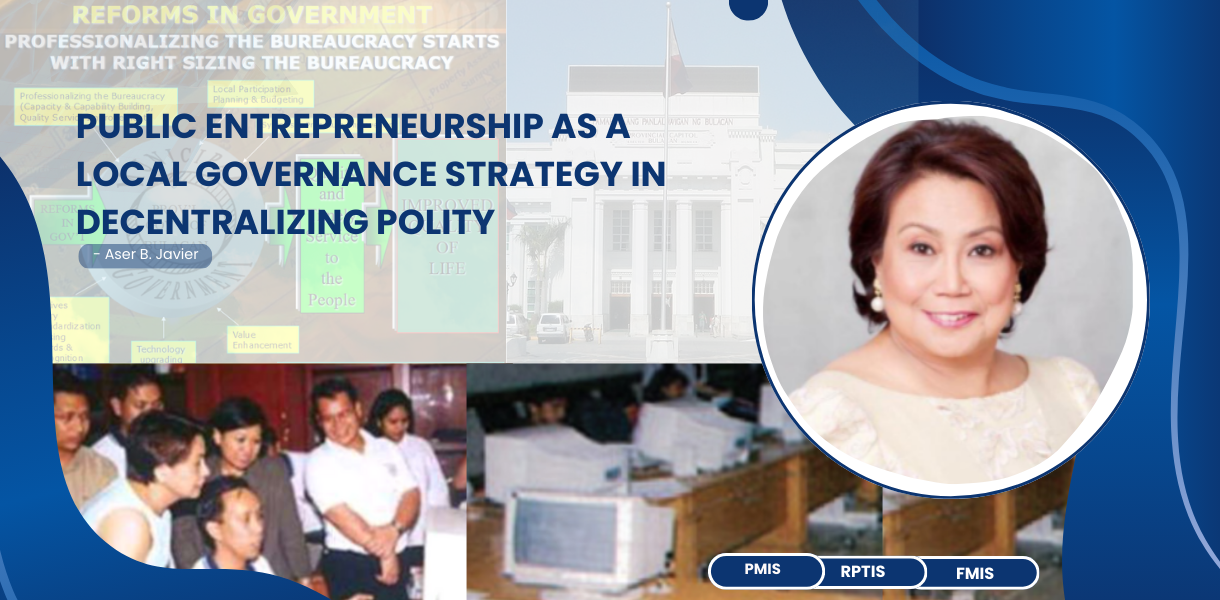
LOCAL GOVERNANCE STRATEGY IN DECENTRALIZING POLITY
PUBLIC ENTREPRENEURSHIP AS A LOCAL GOVERNANCE
STRATEGY IN DECENTRALIZING POLITY
-EXEMPLARY INITIATIVES FROM THE PHILIPPINES-
by: Aser B. JAVIER
Public Entrepreneurship as Strategy for Decentralizing Polity
(page 25)
The choice or selection of the three case sites as the setting for the study is justified. All three local government units(LGUs)have achieved Hall of Fame status in the Innovations and Excellence in Local Governance(Gawad Galing Pook Awards)sponsored by the Ford Foundation, meaning they have been awarded for exemplary local governance for five consecutive years. Only seven LGUs have achieved Hall of Fame status since the establishment of Galing Pook Awards in 1993, with a total of 136 LGUs awarded. The Hall of Famers are two provincial governments(Bulacan and Davao, four city governments(Marikina City, Puerto Princesa City, Naga City and San Carlos City)and one municipality(Irosin) . The three LGUs are also ideal for public entrepreneurship research because, as nationally recognized exemplary local governance performers, they have instituted a variety of programs that support public entrepreneurship. They also have a common agenda incorporating and sustaining developmental and political gains for wider avenues of administrative reforms, creativity and innovations in governance and increased peoples’ participation.
Energizing the Bureaucracy in the Provincial Government of Bulacan
Bulacan was the site of the drafting and ratification of the famous 1935 Philippines constitution. More than its historical pride, the province of Bulacan became famous in local government circles when it ventured into entreprenurship programs even before the 1991 Local Government Code, under the stewardship of a private sector executive, Roberto Pagdanganan. Pagdanganan was challenged by the prevailing situation in the province where a few elite controlled the state of governance and there were poor investments, inadequate infrastructure and generally negative attitude towards the bureaucracy. Pagdanganan was given the electorates confidence based on his Five Point Development Agenda-(1) sustainable economic development, cooperatives as the centerpiece program,(2)peace and order, (3)youth, cultural and historical development,(4)effective delivery of health and social services ; and (5) instituting reforms in the bureaucracy.
The Five Point Agenda’ s major component was reforms in the bureaucracy. Josefina dela Cruz was Pagdanganan’ s vice-governor and member of the group responsible for the initial attempts at reforming the bureaucracy. The reigns of power were handed-over by the people of Bulacan to dela Cruz as governor from 1998 to present.
The Five Point Agenda continued by dela Cruz pursued the concept of reinventing the bureaucracy of the provincial government. From an outsiders’ perspective, the idea of a decentralized polity based on energizing the bureaucracy is not strategically new, but such activity is crucial to Bulacan because she believes in putting her ‘home’ in order first. Before she can accomplish more, she must be backed-up by an efficient and effective bureaucracy.
The Energizing the Bureaucracy program is a re-organization program that aims to increase the level of workforce productivity in the long-term and match the needs and priorities of the provincial government in the short-term. It is the third attempt at reorganization in the province and the only one among the three initiatives that was completed. Governor dela Cruz created a Management Evaluation Group tasked of assessing the employee’ s performance, duplication of functions and the general organization structure of the province. The output was used by the newly created Reorganization Committee(with a mandate from Executive Order No.7)for a planned two-pronged reorganization program-streamlining and capacity building. It combines the downsizing of personnel and streamlining of administrative processes and at the same time providing the training of personnel for improving job responsibilities.
The streamlining of positions resulted to a relatively lean workforce number of 1,737 as of June 30, 2001 compared to 2,052 as of December 31, 1995. The streamlining has resulted in the abolition of 315 positions since 1995. Consultation with various offices were made by the re-organization team and those whose performance evaluation were below the standards set by their office supervisors were either retired, transferred to another office, or contracts were not renewed or terminated from the service. Those personnel affected were personally met by the governor and consequently downgraded the heated emotions. As a result of this simple managerial initiative of the governor, possible legal cases were avoided. The re-organization also opened up opportunities for competent personnel to rise in the hierarchy through transfer, promotion and direct competition for available positions. Previously, promotion can happen only when there is either death or resignation of employees or through the creation of new positions out of patronage. As Governor dela Cruz puts it, lets bring in good people to the bureaucracy because of their qualifications and merit instead of patronage. Likewise an employee handbook was conceptualized to inform employees and remind them of their responsibilities. Whereas previously, employees look at their jobs from how they have been structured through their own experiences in the bureaucracy, now, a standard governs their actions on top of the minimum output required of their positions.
Also, as part of the accompanying strategies for the reorganization, management cell groups were organized with five members in each department to discuss cases, values and guidelines. The group discussions center on problem resolution or discussion of management values vital to the organization. This project is part of the long-term vision of changing the culture of government personnel and in making Bulacan a center for the development of a culture of excellence(Bulacan, Pandayan ng Kultura ng Kahusayan).
Also part of the reorganization program is the drive for administrative efficiency, which was done partly through the abandonment of some obsolete systems and procedures through their computerization programs. Full computerization of strategic operations was envisioned as part of energizing the bureaucracy. Government systems/operations such as personnel records, real property tax records, records management and payroll management systems are major processes that are being computerized for ease of storage and of course, efficiency. Personnel information record or Civil Service 201 files are slowly being computerized enabling the Human Resource Office to determine offhand the administrative(e.g. personnel benefits, leave credits, etc.)and technical information needs(e.g. training)of employees. The province of Bulacan was one of the pioneers among the LGUs in the Philippines to computerize its administrative operations.
In terms of revenue generation, delinquent taxpayers are easily identified in the real property tax database. As a result of the information accessibility, new programs to enhance collection of real property taxes were made. An education campaign aimed at increased awareness on the value of taxation is also currently being made in schools, business and the municipalities. These efforts have resulted in the increase in revenue collection in terms of real property tax. In 1998, it has even exceeded targets by 18%.
Governor dela Cruz believes that as part of the decentralization of powers to the local government, part of her authority should also be delegated to the people to empower them. Governor dela Cruz’ idea was to separate her functions as a strategic decision-maker from daily operational management. In this manner, the strategy utilized by the governor is to band together the department heads to form her management core group aside from the outside networks from the academe that provide for the validation of ideas. Since they are now considered leaders with specific functions as management executives, they are also on their toes as they ‘hobnob’ with reputable persons from the academe as part of Governor dela Cruz management circle. They do not function as de-facto leaders without accountability, which usually characterize local level politics in the Philippines. The new initiative is a far cry from the traditional top-down decision-making, centralized hierarchy that characterized the management of the province then.
Further, the creation of a special project office under the Office of the Governor signaled the provincial government’ s intention to pursue vigorously innovative projects outside the stringent rules of the bureaucracy. As Governor dela Cruz said,“I am not happy with the status quo.” The special projects office function as an academy and provides the necessary inputs to the governor and the departments. The inputs are based on citizens polling and feedback mechanisms through surveys that they implement under the tutelage of the Asian Institute of Management(AIM)consultants.
The LGU perspective of public entrepreneurship viewed from the context of energizing the bureaucracy follows the trend of the new management bandwagon in local governance. Concurrently, however, the community perceives public entrepreneurship as assistance to business and industry, poverty alleviation and administrative reforms executed by the LGU. The difference in the perspective of the LGUs and the community lies in the fact that the role of the LGU in the community may not be sufficient enough to completely saturate the community with information or that the LGU has not been able to fulfill all the demands of the public. The strategy of prioritizing reforms in the bureaucracy has dwindled the notion of public entrepreneurship as a concept known only among and within the local government actors.
As a means to enact public entrepreneurship programs, the development agenda played major roles primarily hinging on energizing the bureaucracy program. The creation of the special project office under the office of the governor is a step toward veering away from the restrictive boundaries of bureaucracy. The support of the legislative council through the resolutions and ordinances were main pillars used as legal instrument to back public entrepreneurship programs.
While the province has ventured into reforms, some challenges were also identified. The measures to quantify the results of the reorganization in terms of personnel productivity and an evaluation of the energizing the bureaucracy program are still management challenges. Also, to quell the ‘political color that might have been painted’as a result of the reorganization, a simple evaluation mechanism and program reporting is a logical necessity. In addition, it has been noted that locally-sourced income has decreased from 30.13% share in 1999 to 15.40% in 2000 despite the initiatives of enhancing real property taxation through the computerization efforts. These are political and management challenges that need to be hurdled by the province.
The principles of public entrepreneurship in Bulacan however, have not gone unnoticed. Bulacan has garnered the distinction of excellence in local governance through the many awards they have received, both international and national. They have become a Hall of Famer in the Gawad Galing Pook awards for exemplary governance for winning three consecutive awards. They were also a recipient of the 1999 Konrad Adenauer Local Governance Award, the Gawad Pamana ng Lahi Award for outstanding local governance for 1996 and 1997 and recently were recognized by the Human Development Network for having the highest HDIs in the Philippines.
Source: Forum of International Development Studies, 21 (Mar. 2002) PUBLIC ENTREPRENEURSHIP AS A LOCAL GOVERNANCE STRATEGY IN DECENTRALIZING POLITY -EXEMPLARY INITIATIVES FROM THE PHILIPPINES- by: Aser B. JAVIER
Reinventing Public Service
2000
When a shared vision and mission is pursued with greater consistency, transparency and political will, nothing can stand in the way of an effective reengineering intervention. Such is the case of Bulacan’s Reinventing Public Service Program of Bulacan.
The LGU’s vision was to create a strong middle class as the core of the citizenry with equal access to opportunities and services. However, in 1998, it faced many challenges. Among these were the need to improve the bureaucracy and reorient the employees, eliminate irrelevant systems and procedures, and raise the morale of the personnel by providing incentive mechanisms and overcoming resistance to change.
The local government’s first move was to reorganize its structures to maximize financial, property, and human resources. A major change was the merging of the Provincial Treasurer’s Office and the Provincial Assessor’s Office to increase efficiency and accountability, and ultimately increase tax collection. Initial resistance to this merger was eliminated through discussions with those concerned, and reassignments or financial packages for the displaced. The merger resulted in a reduced number of positions from 82 to 64 with minimal dislocation for the affected 22%.
Other changes involved the creation of offices, such as the Provincial Disaster Coordinating Office and the expansion of others into full departments, such as the Provincial Youth, Sports and Employment Development Office to focus on generating employment. Other offices such as the Provincial Environment and Natural Office and the Provincial Cooperatives and Enterprise Development Office were streamlined for efficiency. The Management Information Systems was upgraded to respond to computerization. Aside from systems and procedure improvement, the LGU set up a quality service improvement program in its offices, encouraged local participation in planning and budgeting, and provided incentives such as salary standardization, housing, awards, and scholarships to its staff.
The impact of the reorganization of the local government was immediate. Real property tax collection increased by 25.48% and total revenue from quarry tax, mining and other fees increased by 72% within a year. The province saved P13.8 M in personnel services and reaped a surplus of P5 M in 1999. Computerization provided greater accountability and transparency, improved information access and effective and efficient service delivery, and saved the provincial government P2.57 M. In terms of people’s empowerment, everyone in the provincial government could claim ownership of the reorganization effort. Overall, reinventing public service in Bulacan has resulted in quality and timely service to the people, and has contributed to their improved quality of life.
This program is recognized as one of the Ten Outstanding Programs in the 2000 Galing Pook Awards.
Source: Galing Pook

Gov. Josie’s and Nestle Officials’ visit at Coffee Farm in DRT
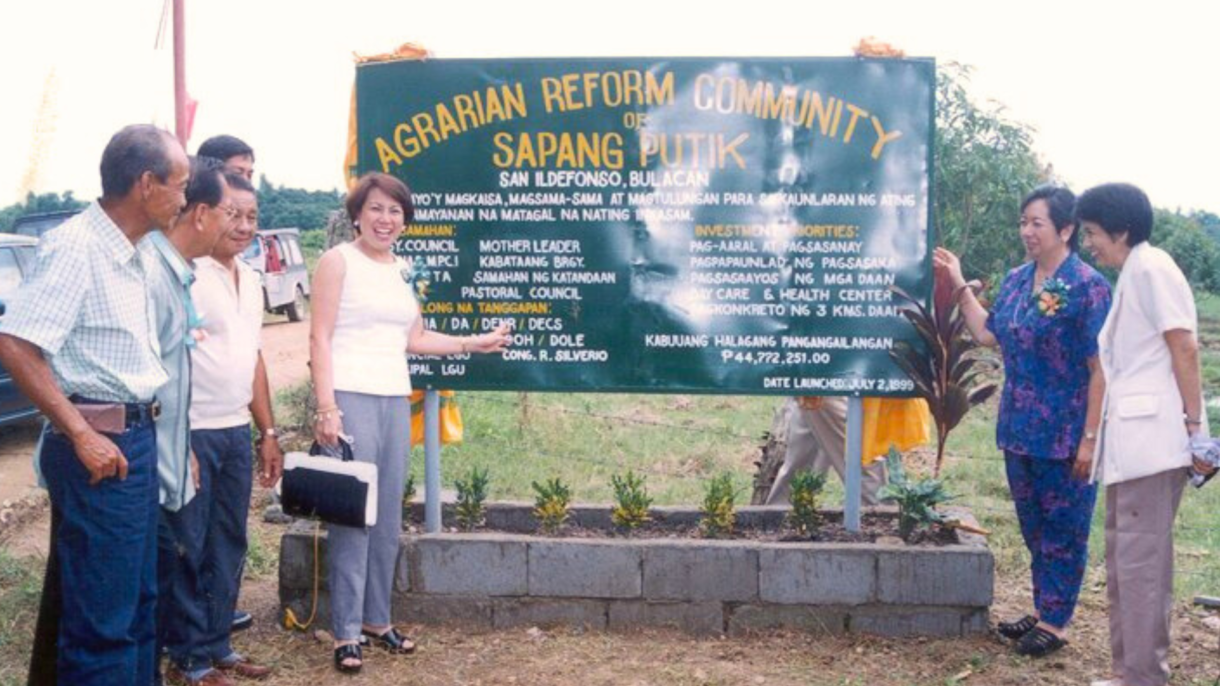
Gov. Josie’s visit at Agri Reform Community

Distribution of Fingerlings with DAR Officers and PAO Jess De Guzman
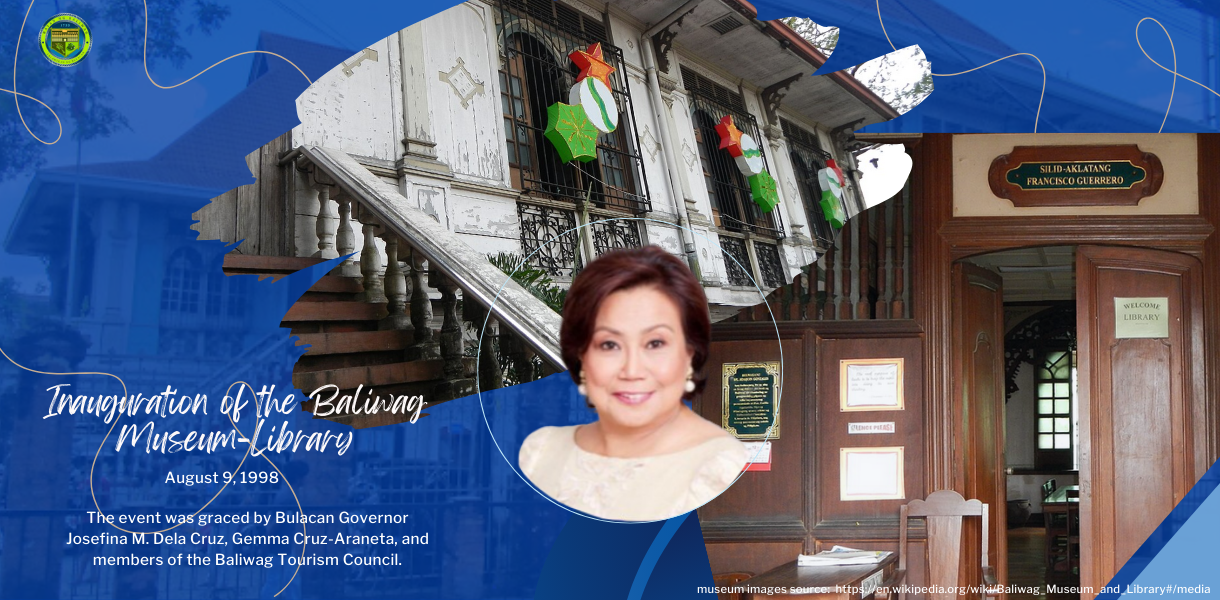
Formal Inauguration of the Baliwag Museum-Library
The official inauguration of the Museum-Library turnover to the local government unit of Baliuag was held on August 9, 1998. The event was graced by Bulacan Governor Josefina M. Dela Cruz, Gemma Cruz-Araneta, and members of the Baliwag Tourism Council.
The renovated building was officially accepted by Mayor Rolando Salvador as part of the municipal government’s property. The inauguration event was a lively celebration, featuring traditional performances such as the “”Buntal Hat Dance”” and “”Sayaw sa Nayon,”” which showcased the rich cultural heritage of the community.
Notable attendees included Rustan’s Justa Tantoco, former Bulacan Vice Governor Willie Villarama, his wife Tesie Villarama, and prominent Baliwag business mogul Antonio Cabangon Chua, all of whom contributed to the vibrant atmosphere of the occasion. The gathering underscored both the significance of the building’s renovation and the strong support from local leaders and community members.
Source: Alchetron.com





